Time: 10:30AM – 3:30PM
Location: Eleven Mile Canyon
South Platte River 05/24/2025 Photo Album
As I mentioned in my post of 05/20/2025, I was set to visit the South Platte River, when I was distracted by the temporary low flows on the Arkansas River and made that my destination on Monday. Friday was my day to follow through on my initial inclination. I made the trip to the South Platte River in Eleven Mile Canyon. The high temperature was projected to reach the low seventies in nearby Lake George, CO, and the flows were actually running a bit low at 58 CFS.
For this trip to Eleven Mile I decided to experiment with a new stretch of the river. I usually frequent the upper special regulation section below the dam, but I admire the open water area, as I drive by. Sure, the bait fishermen are able to ply the river with their offerings, but I have learned historically on other streams that wily fish remain that are able to avoid the drifting worms and power bait. The key is to probe out of the way and difficult to reach spots, and these types of water exist in abundant quantity in Eleven Mile Canyon.
I slowly drove up the canyon while scanning the river for faster sections, until I finally found an area that exhibited the characteristics that I was seeking. The temperature was in the low sixties, so I pulled on my rain jacket for extra warmth, and I rigged my Sage R8 four weight. By 10:30AM I was on the river, and I began my angling day with a size 8 tan-body pool toy hopper, an orange scud and an olive perdigon. Between 10:30AM and 11:45AM I prospected all the likely seams, slots, pockets and riffles; and I notched four trout in my fish count. Two were rainbows and two were brown trout. One aggressive rainbow crushed the pool toy hopper, and the others grabbed the nymphs. After twenty minutes the orange scud failed to deliver, so I substituted a beadhead hares ear nymph, and it attracted one rainbow, while the other two trout favored the olive perdigon.
After lunch on a nice flat rock, I continued up the river, and I built the fish count to seven. The three additional trout chose the hares ear, and in the process of landing one of the nicer rainbows, the olive perdigon broke off. I always grieve the loss of a perdigon, and the expensive tungsten bead, and I did not wish to expose more to that risk, and the trout seemed to like the hares ear, so I dipped into my fleece wallet for a PMD supernova to replace the perdigon.
By one o’clock I encountered a group of elementary age kids splashing and playing on a huge exposed boulder in the middle of the river. The river in the upstream area was wide and shallow and slow moving, so I retreated to the car and advanced up the road for .2 mile. I parked and jumped into another narrow section that contained deep pockets, plunge pools and exposed boulders. This was exactly the type of structure that I was seeking.
For the remainder of my afternoon I probed the likely spots, and I increased the fish count from seven to seventeen. Two nice brown trout in the fourteen inch range graced my net during this phase of my day. Both of the large trout emerged from lies in front of large exposed boulders, where the current deflected off the upstream face. Part way through the afternoon time frame, the PMD supernova was separated from my tippet, and I replaced it with a salvation nymph. Of the ten trout landed, as I moved the fish count from seven to seventeen, two consumed the supernova, one mauled the pool toy, one nabbed the salvation nymph and the remainder picked off the hares ear.
My theory held. The section featured fast water with pockets and slots and hidden seams, and I used my dry/dropper to probe each possibility. Most fishermen prefer the deep pools and the entering runs as obvious fish magnets, and I avoided these spots that are normally pressured by the bait dunkers. I would not characterize the fishing as sizzling, but rather steady. Not all promising locations yielded results, but if I moved at a steady pace and persisted, I was able to create adequate action.
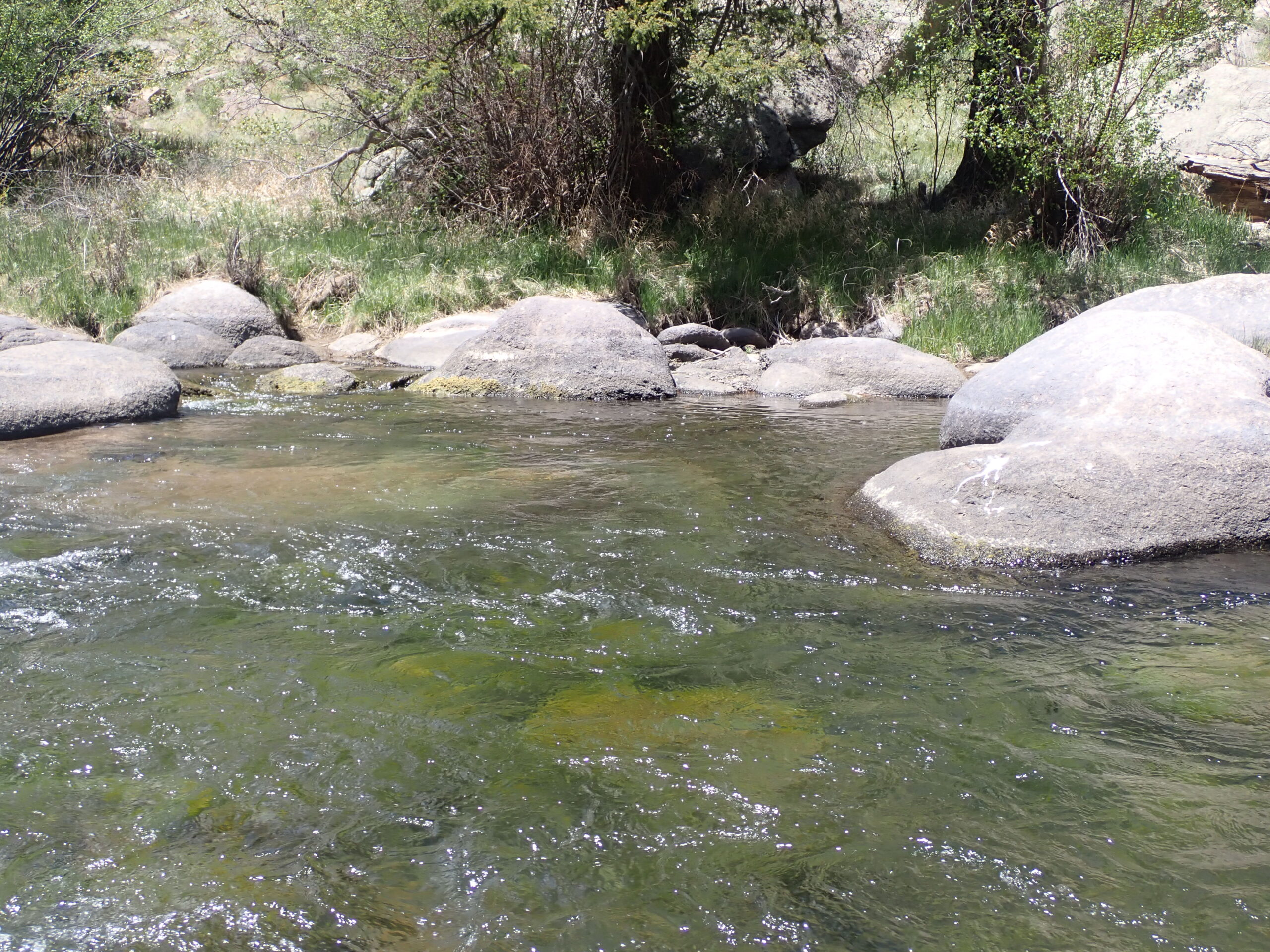 Nice Brown from in Front of the Large Boulder
Nice Brown from in Front of the Large Boulder
Aside from the two fourteen inch browns, I netted quite a few trout in the eleven to twelve inch range, and I recalled at least four decent fish that shed my fly hook after brief fights. On the day I estimate that the ratio of browns to rainbows was roughly 50/50. Overall it was a fun day. I always enjoy discovering new streams or different sections of rivers that produce favorable results. I will definitely do more exploration of Eleven Mile Canyon.
Fish Landed: 17

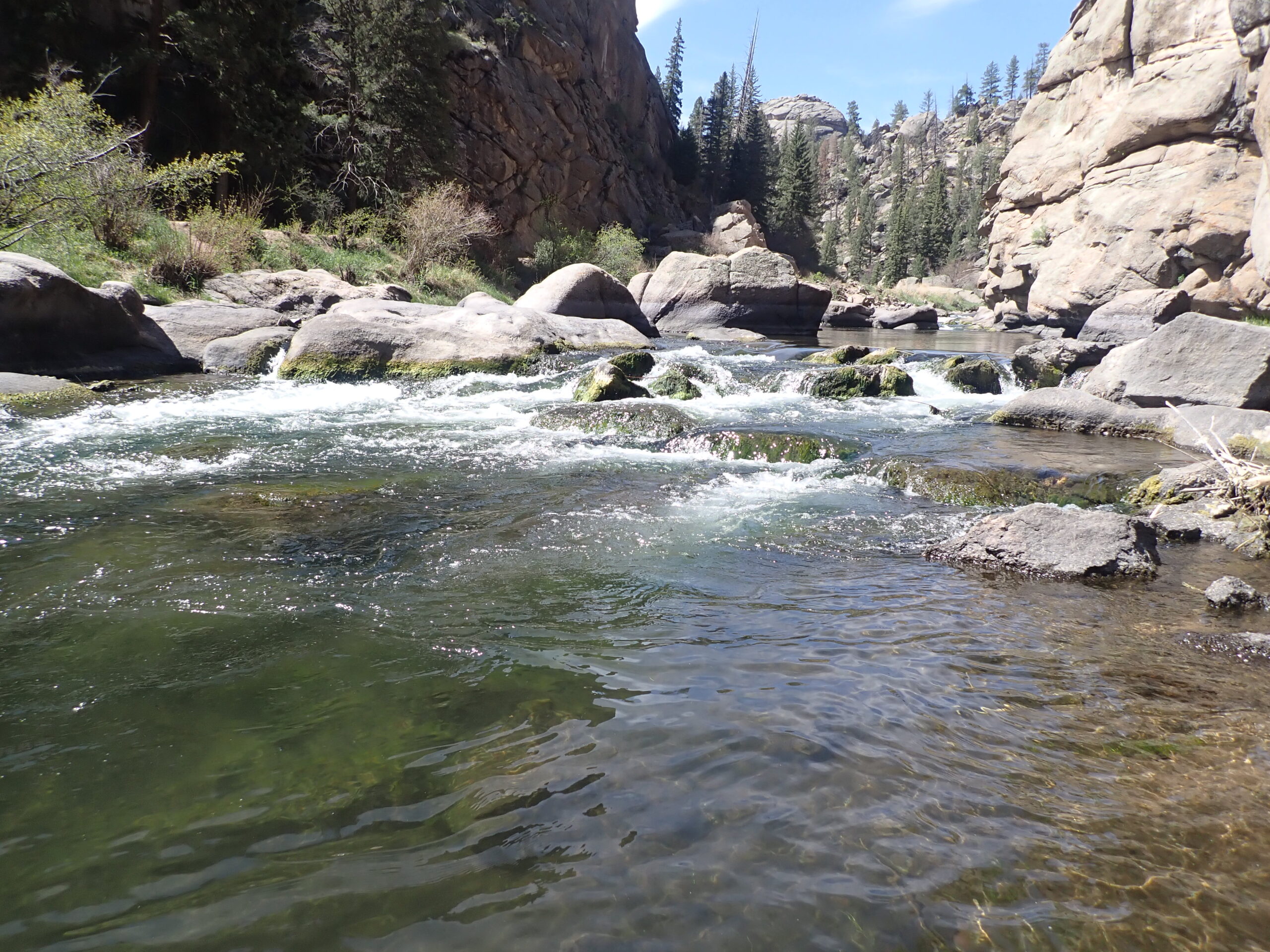 Looking Ahead
Looking Ahead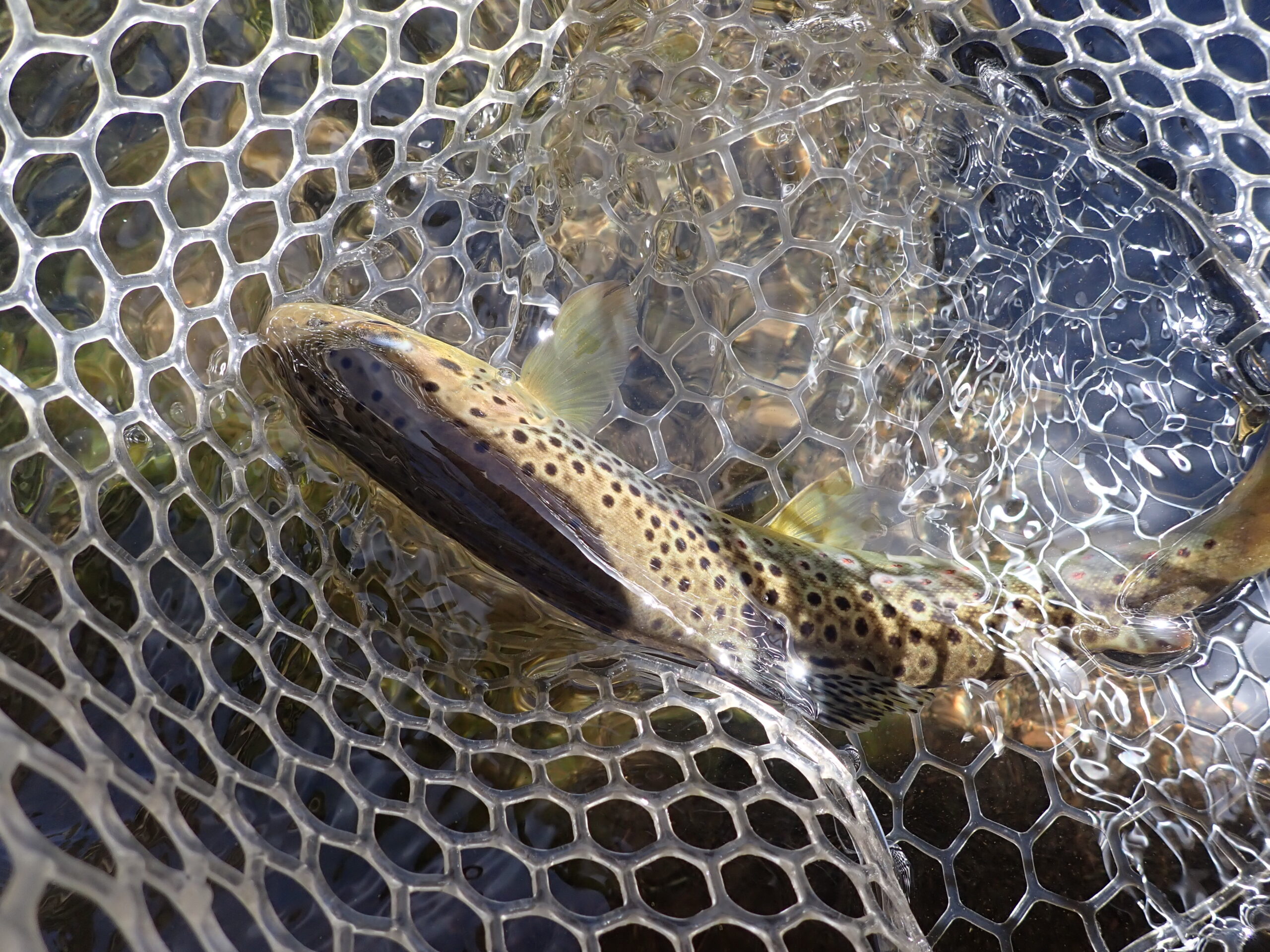 Number Two
Number Two Typical Productive Water
Typical Productive Water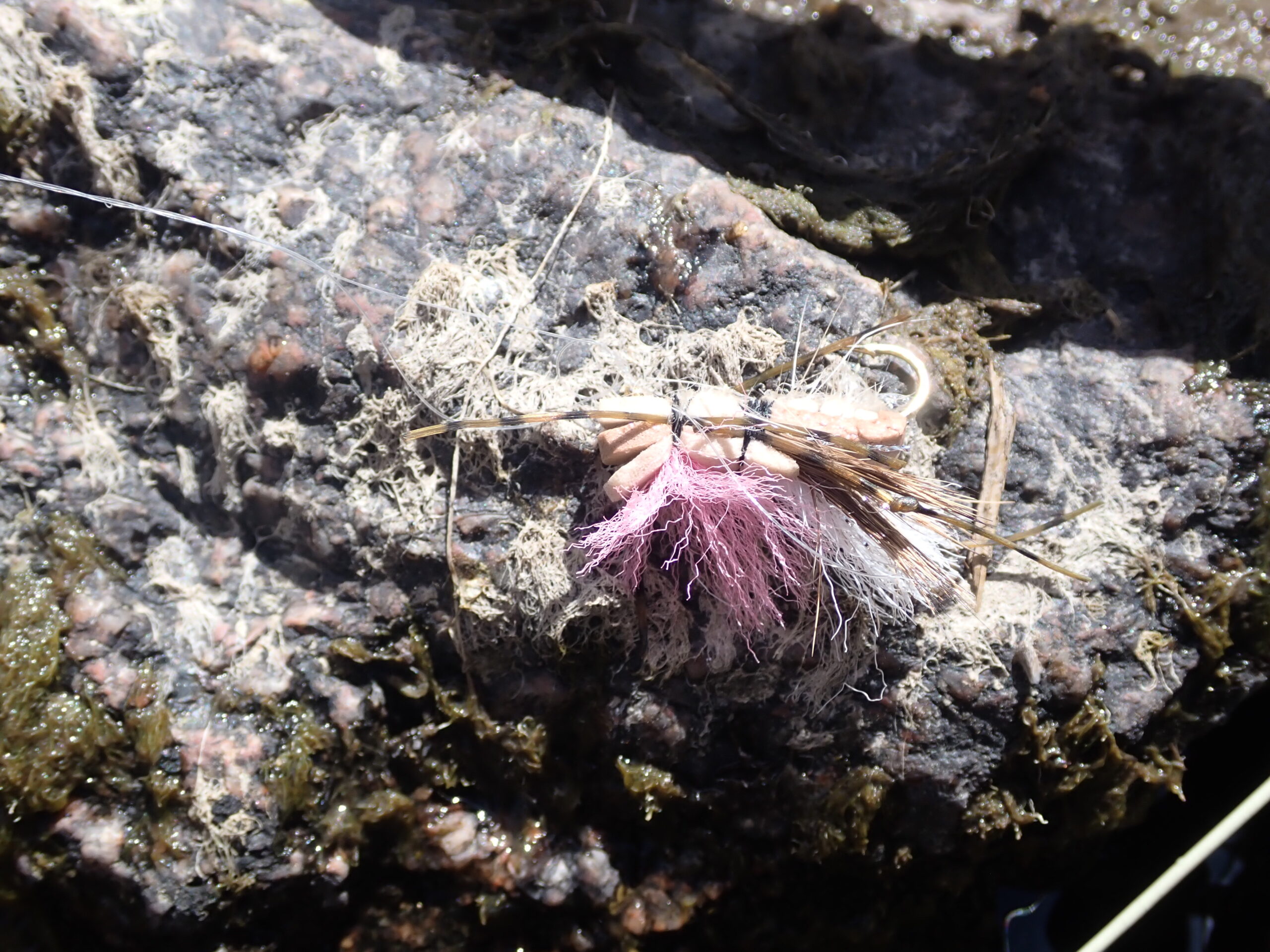 Did the Job
Did the Job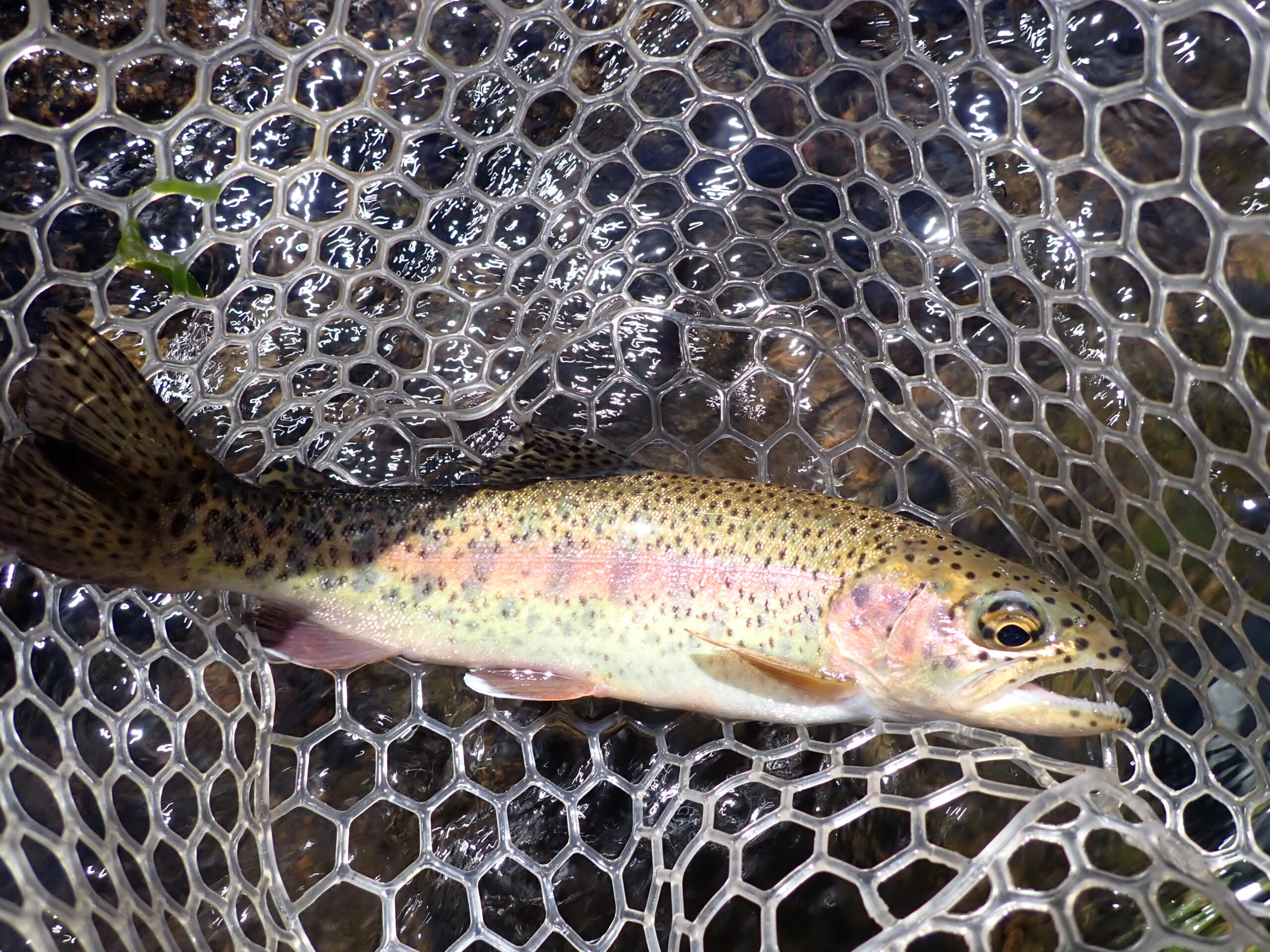 Colorful Rainbow
Colorful Rainbow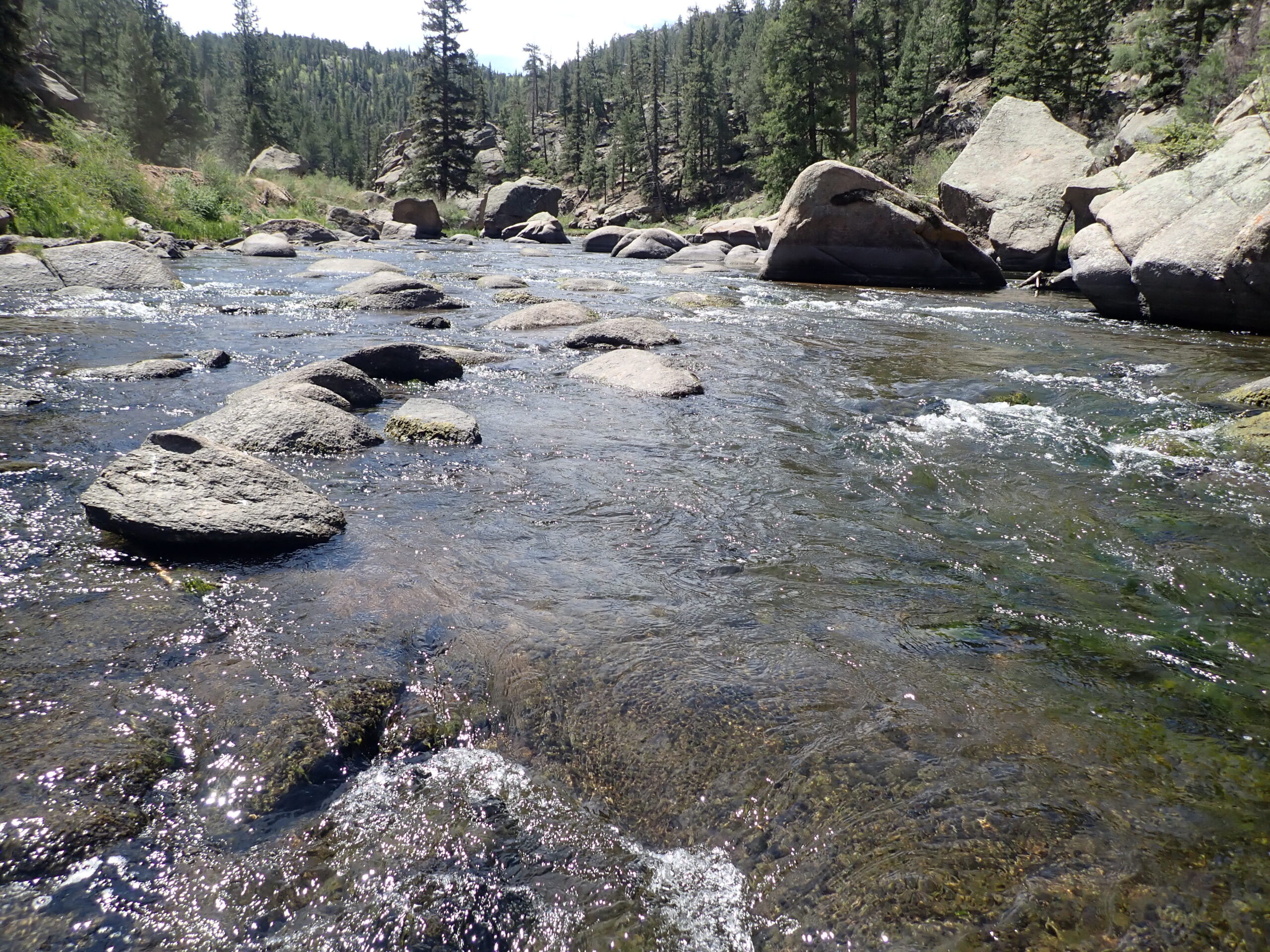 Pocket Water Delight
Pocket Water Delight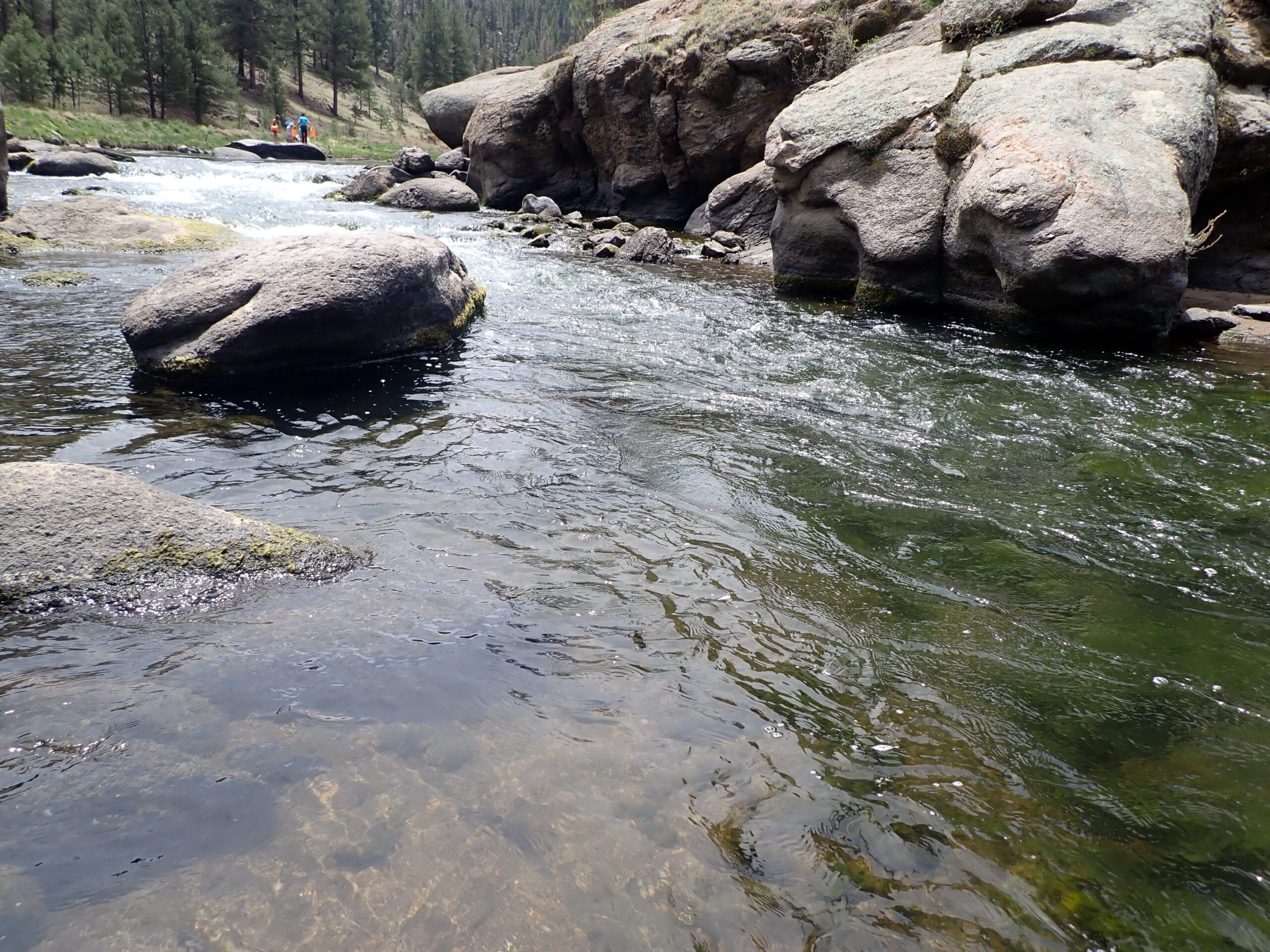 Seams Always Good
Seams Always Good One of the Better Fish
One of the Better Fish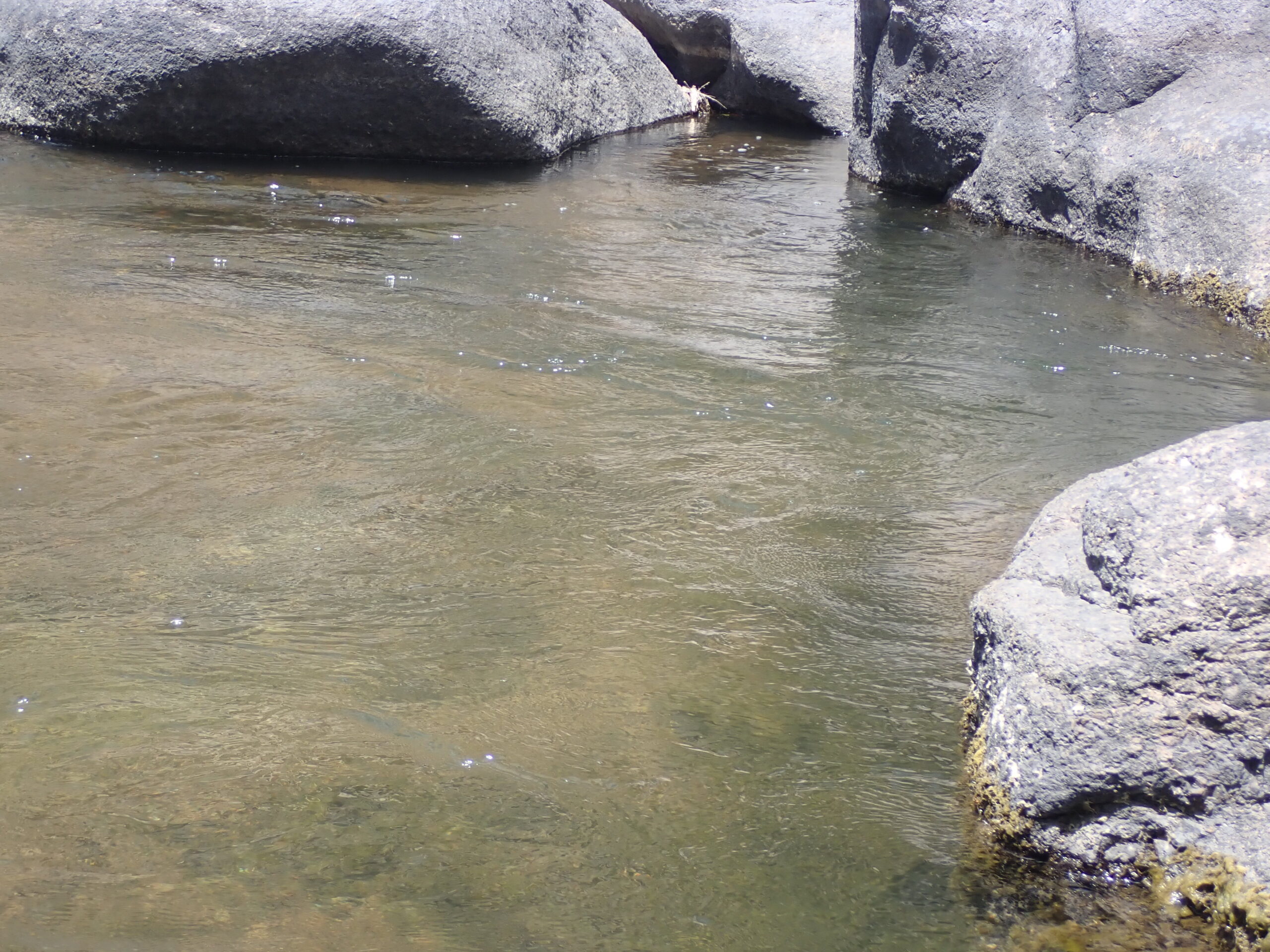 Emerged from the Current Seam
Emerged from the Current Seam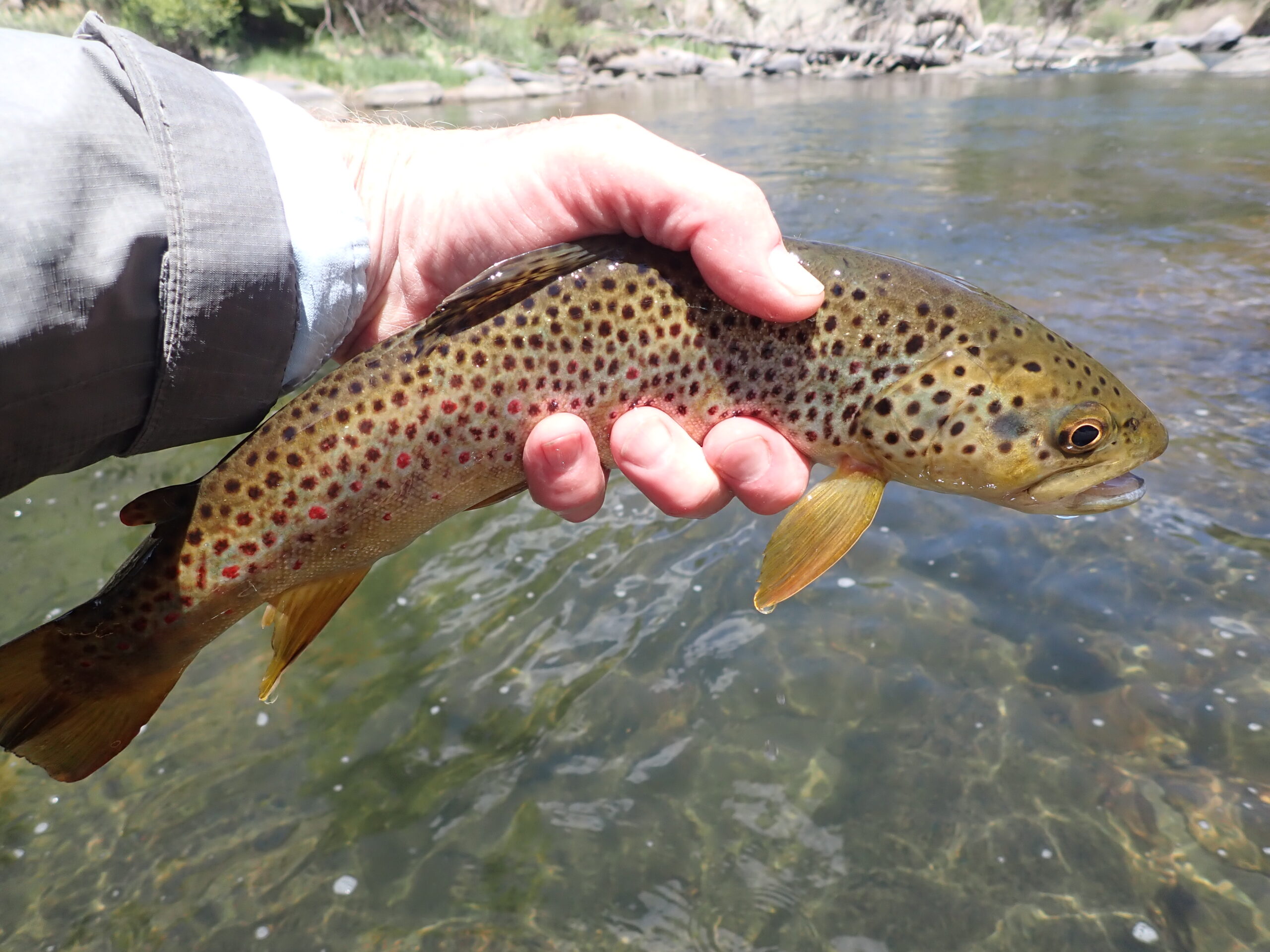 Covered in Spots
Covered in Spots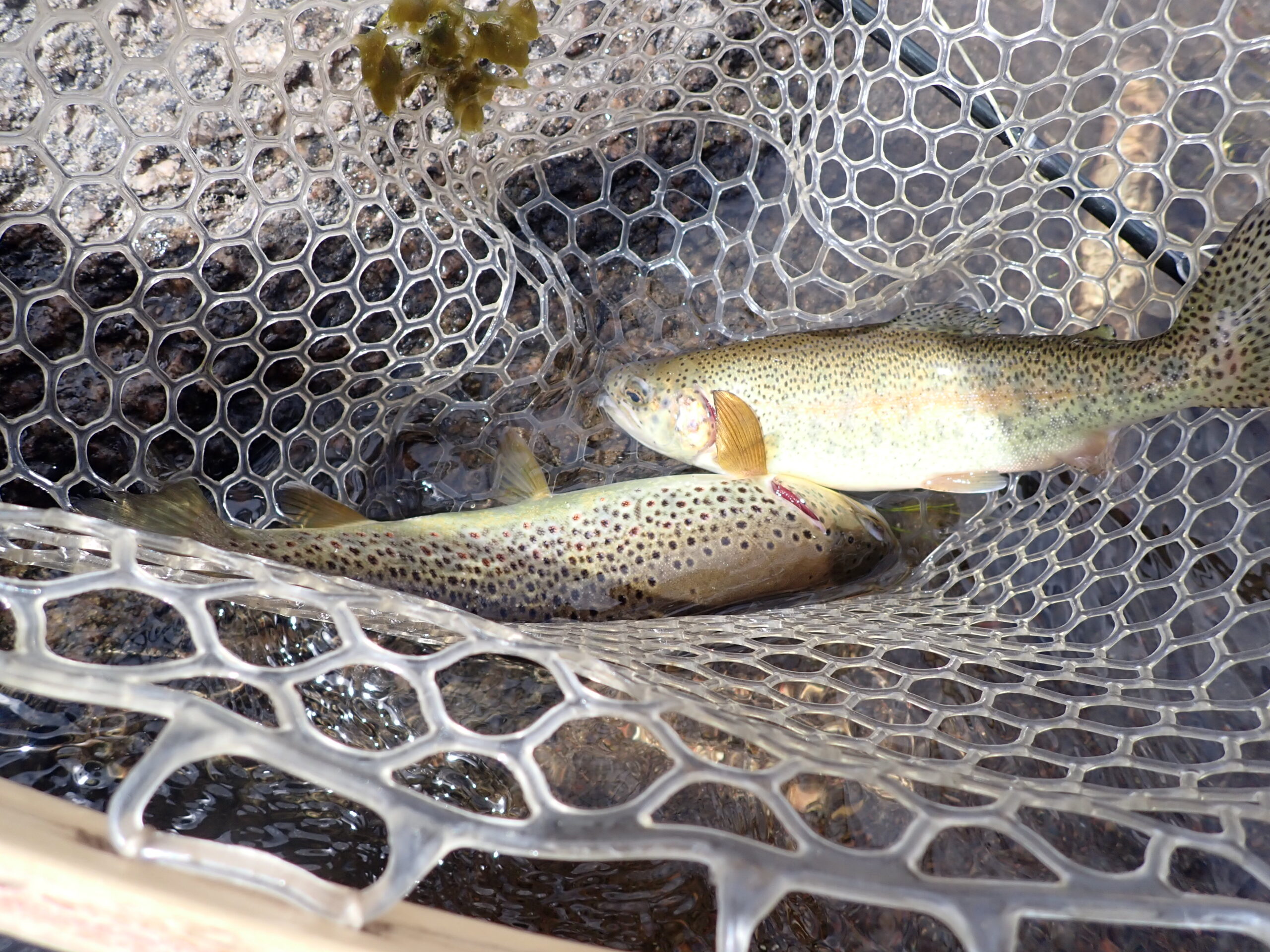 End of Day Double
End of Day Double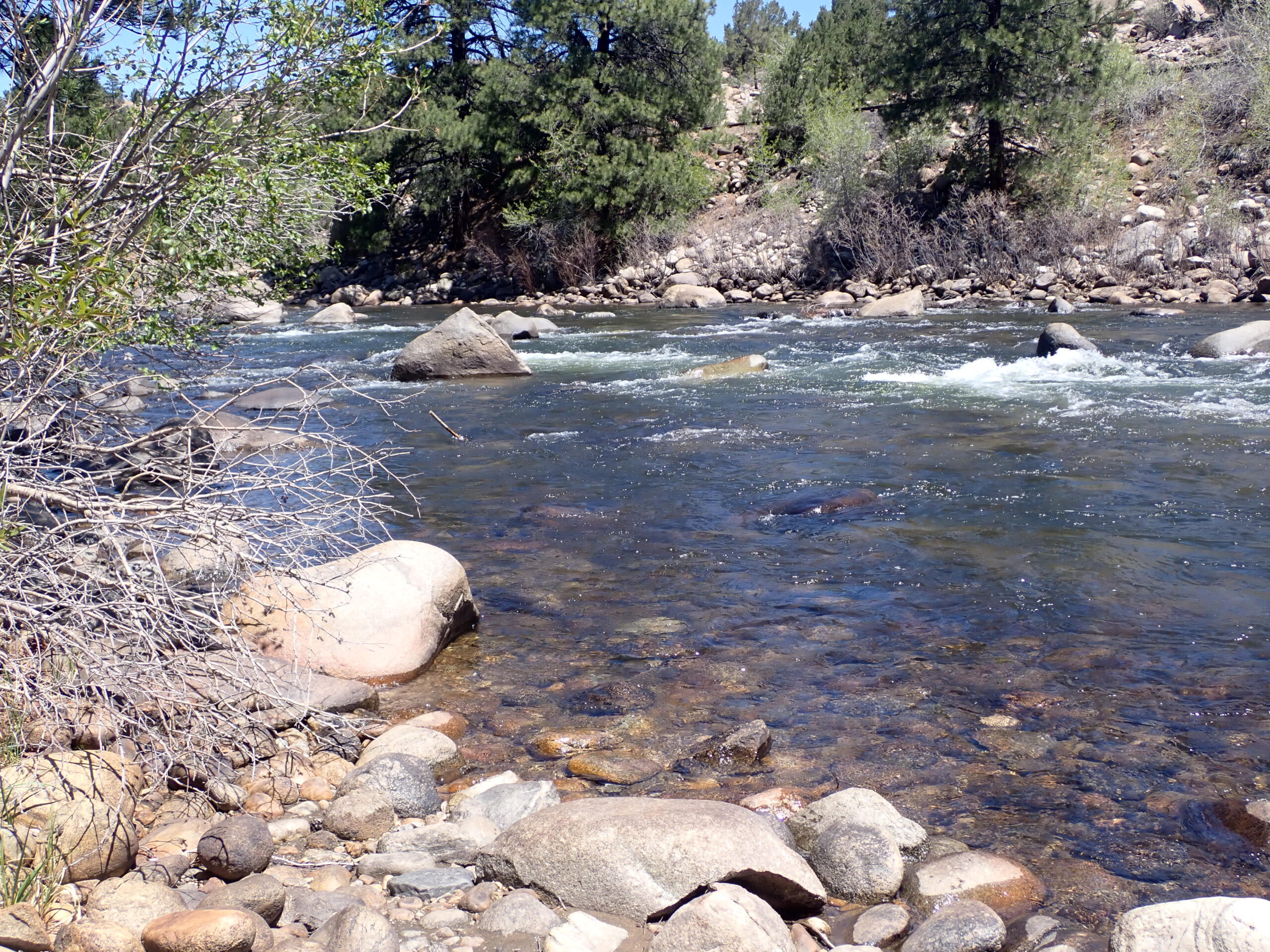 Flows Were Up a Bit but Decent
Flows Were Up a Bit but Decent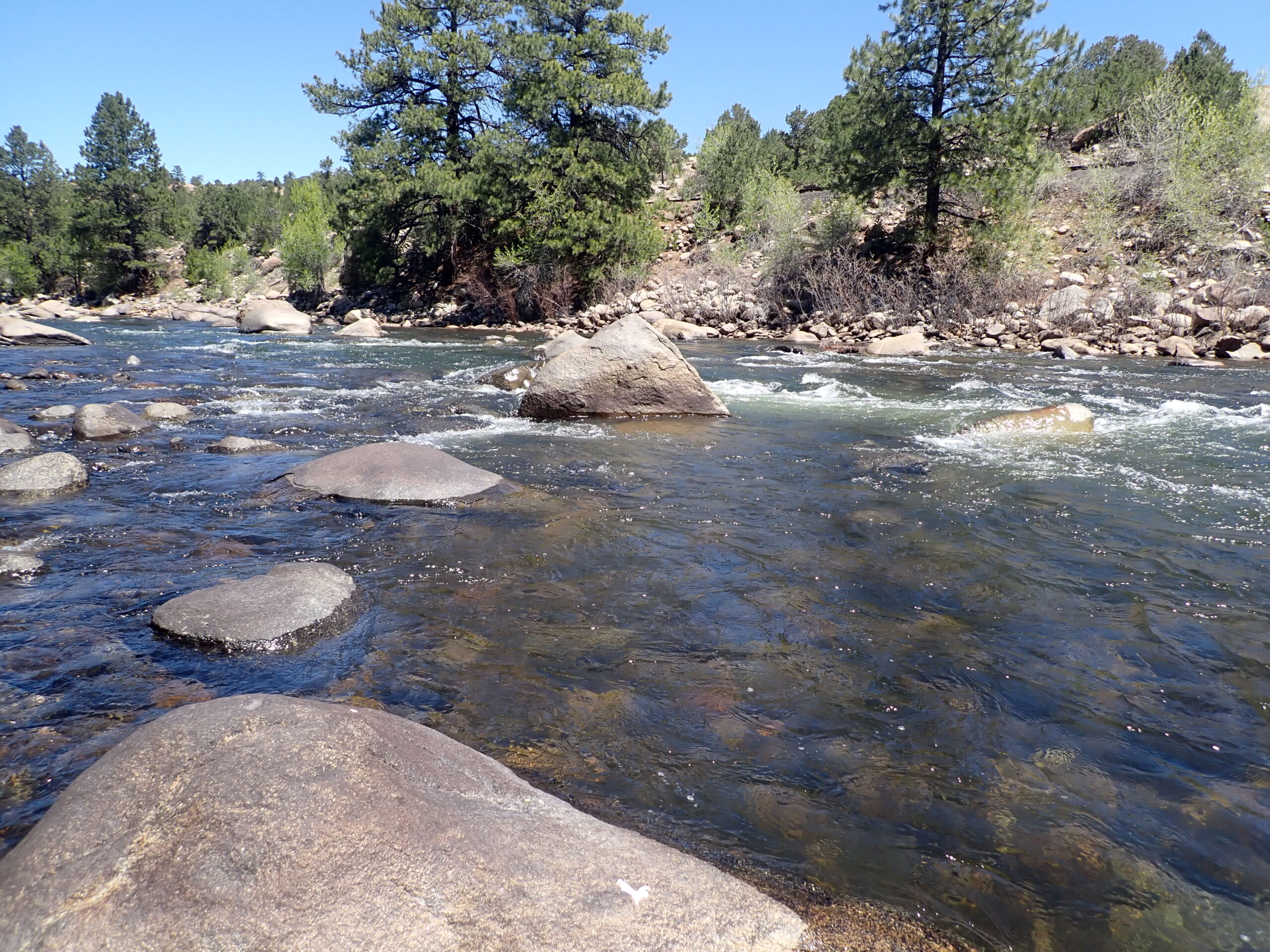 More Clear Pockets
More Clear Pockets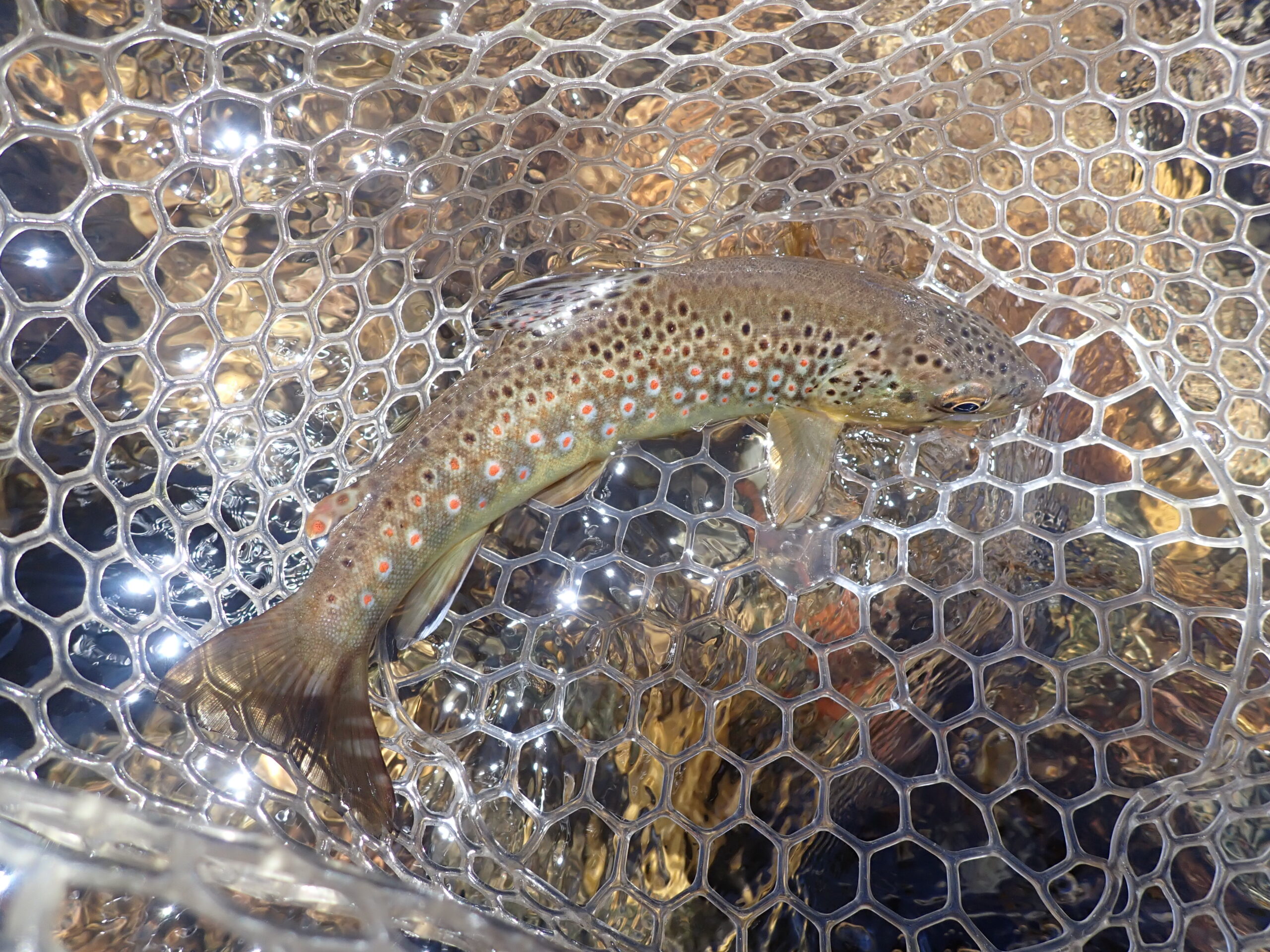 A Winner
A Winner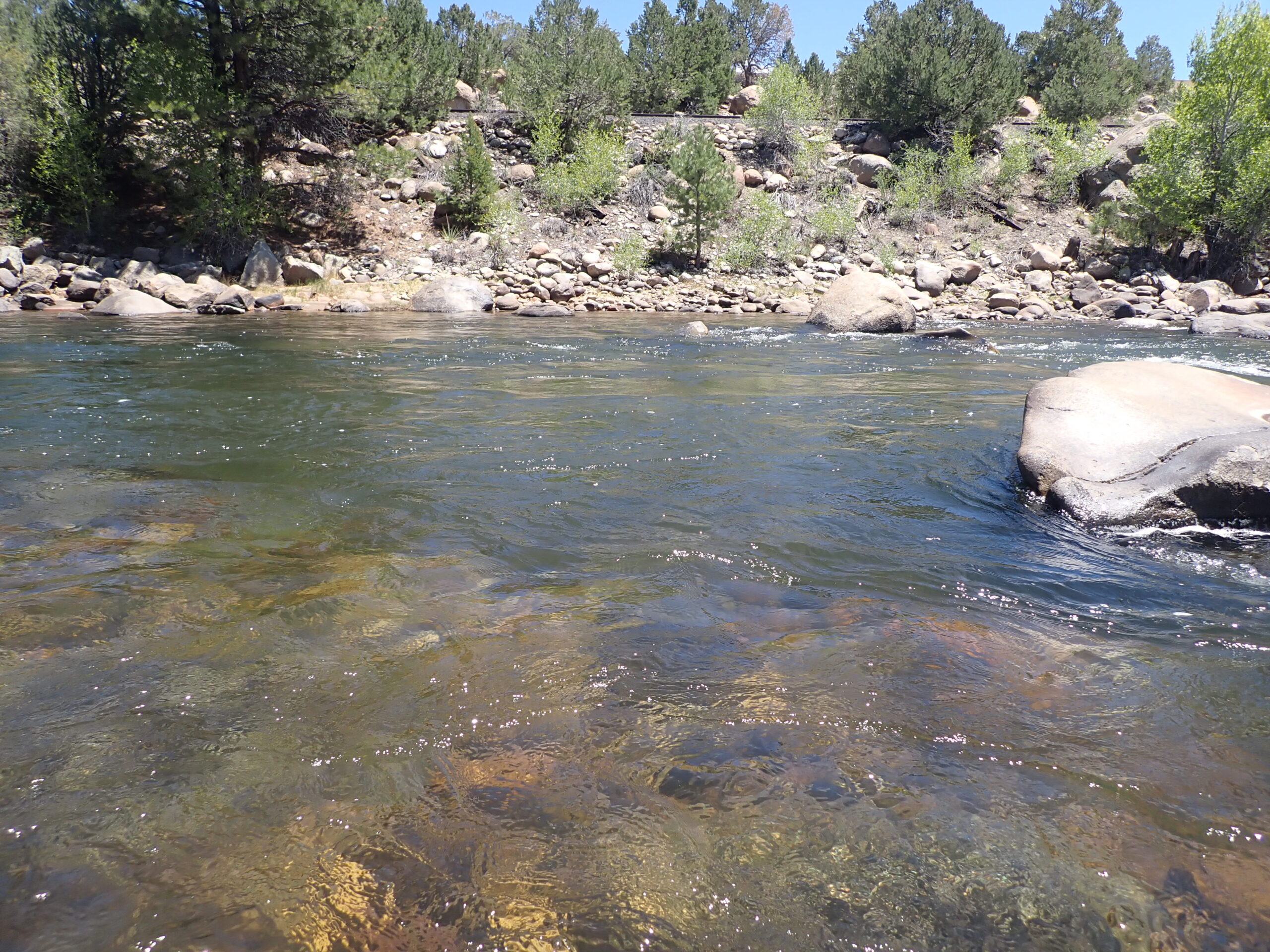 In Front of the Boulder Produced
In Front of the Boulder Produced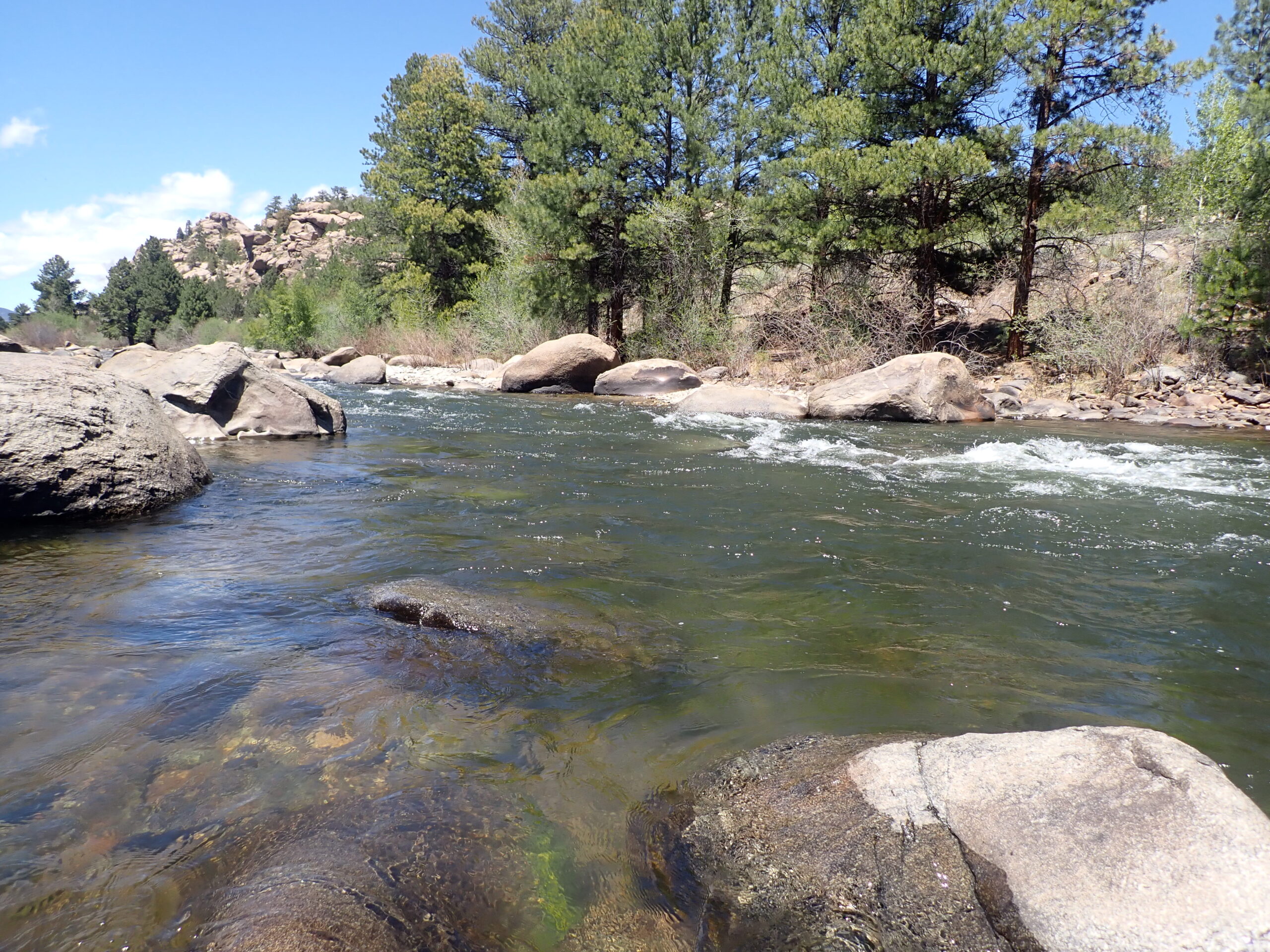 Promising
Promising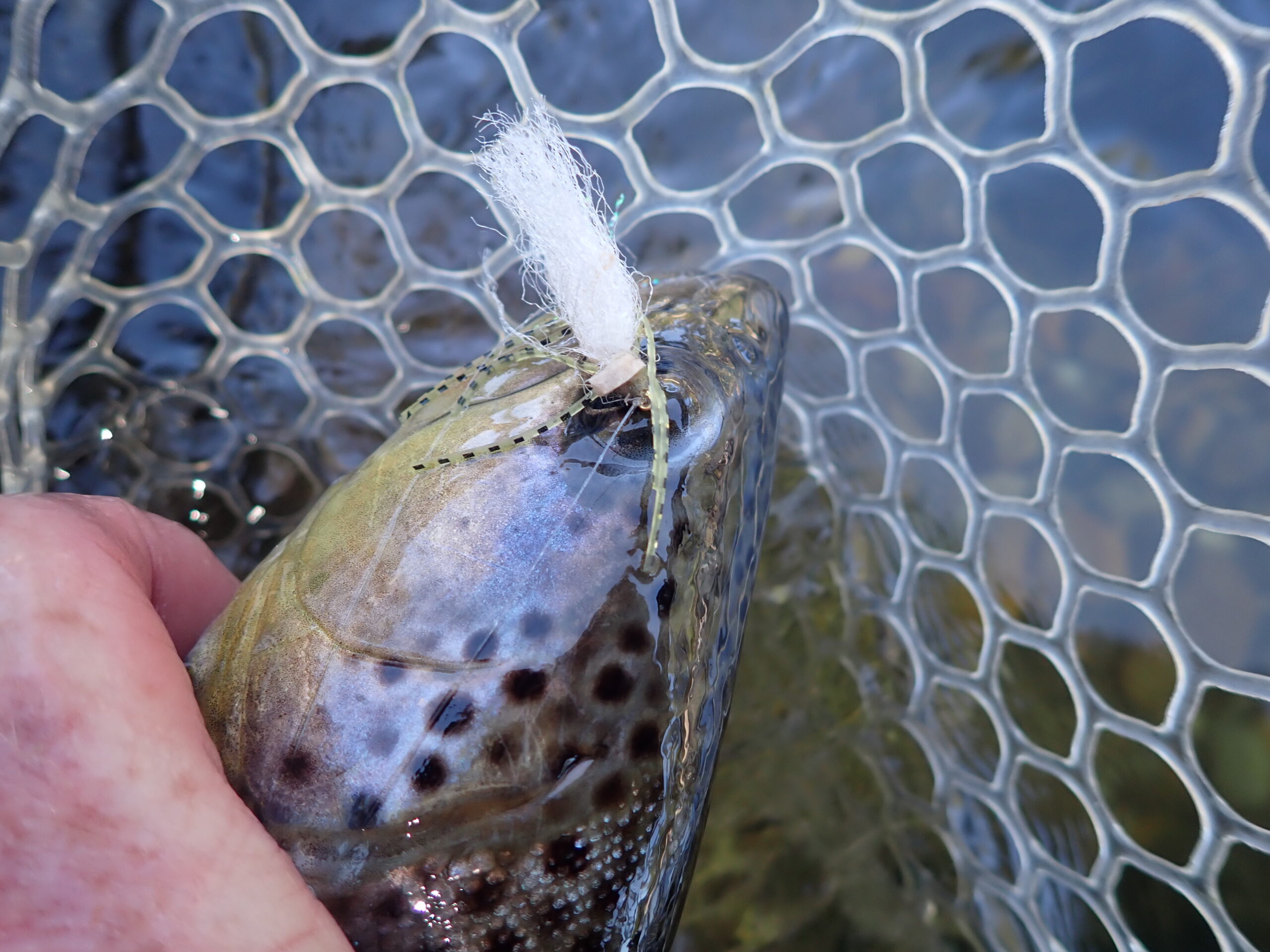 Chubby Eater
Chubby Eater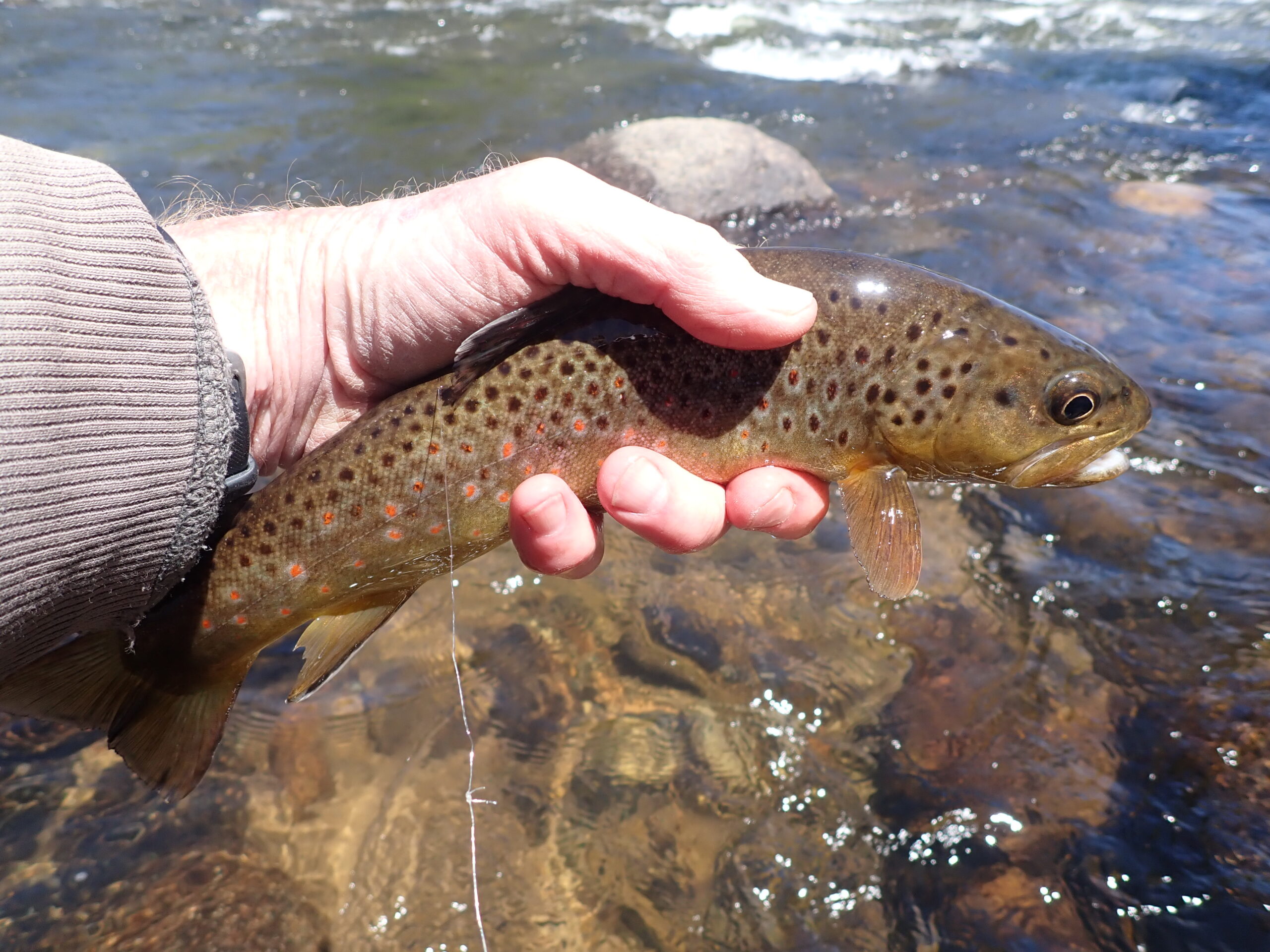 One of the Better Fish
One of the Better Fish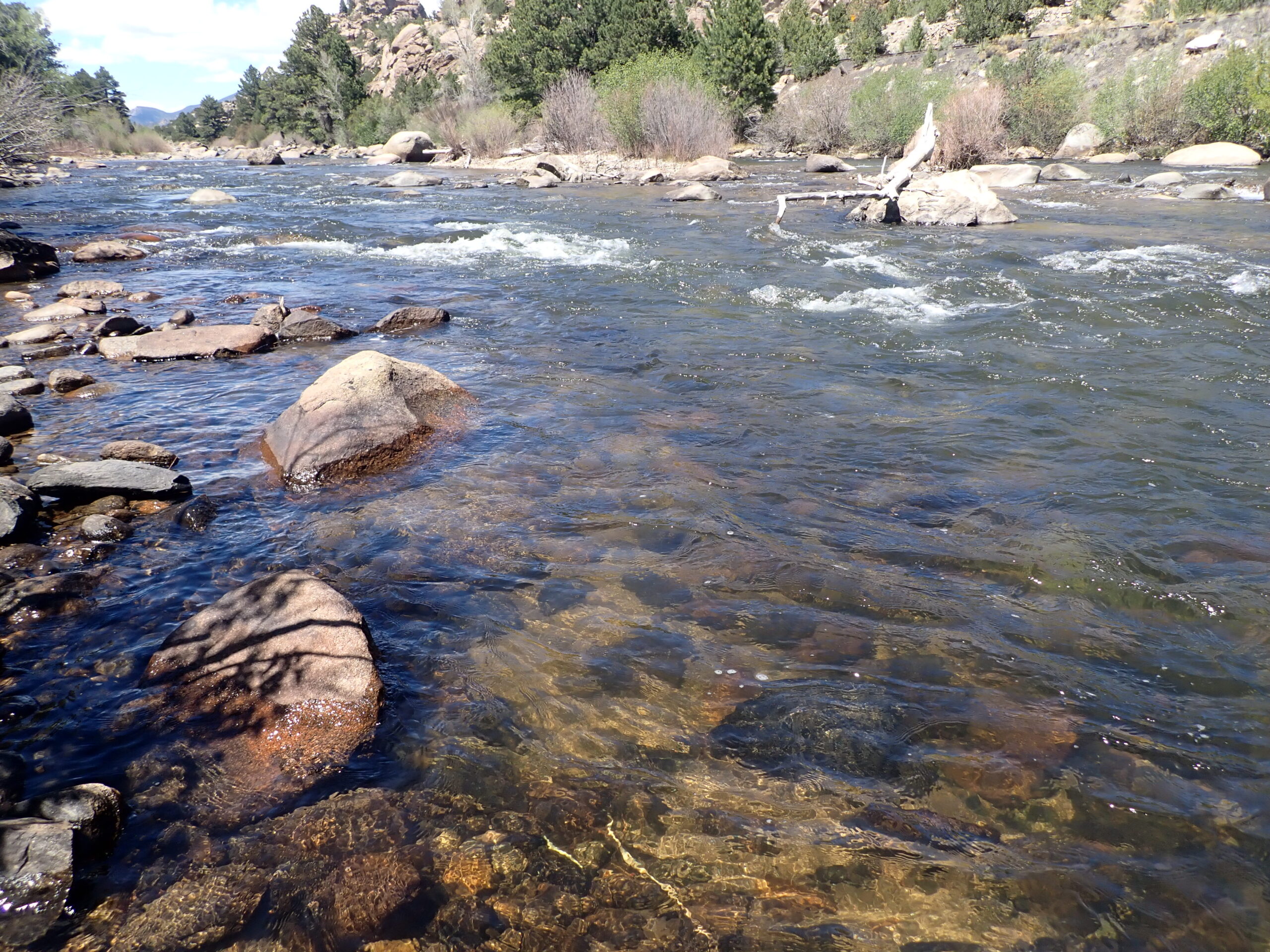 Lovely Spot
Lovely Spot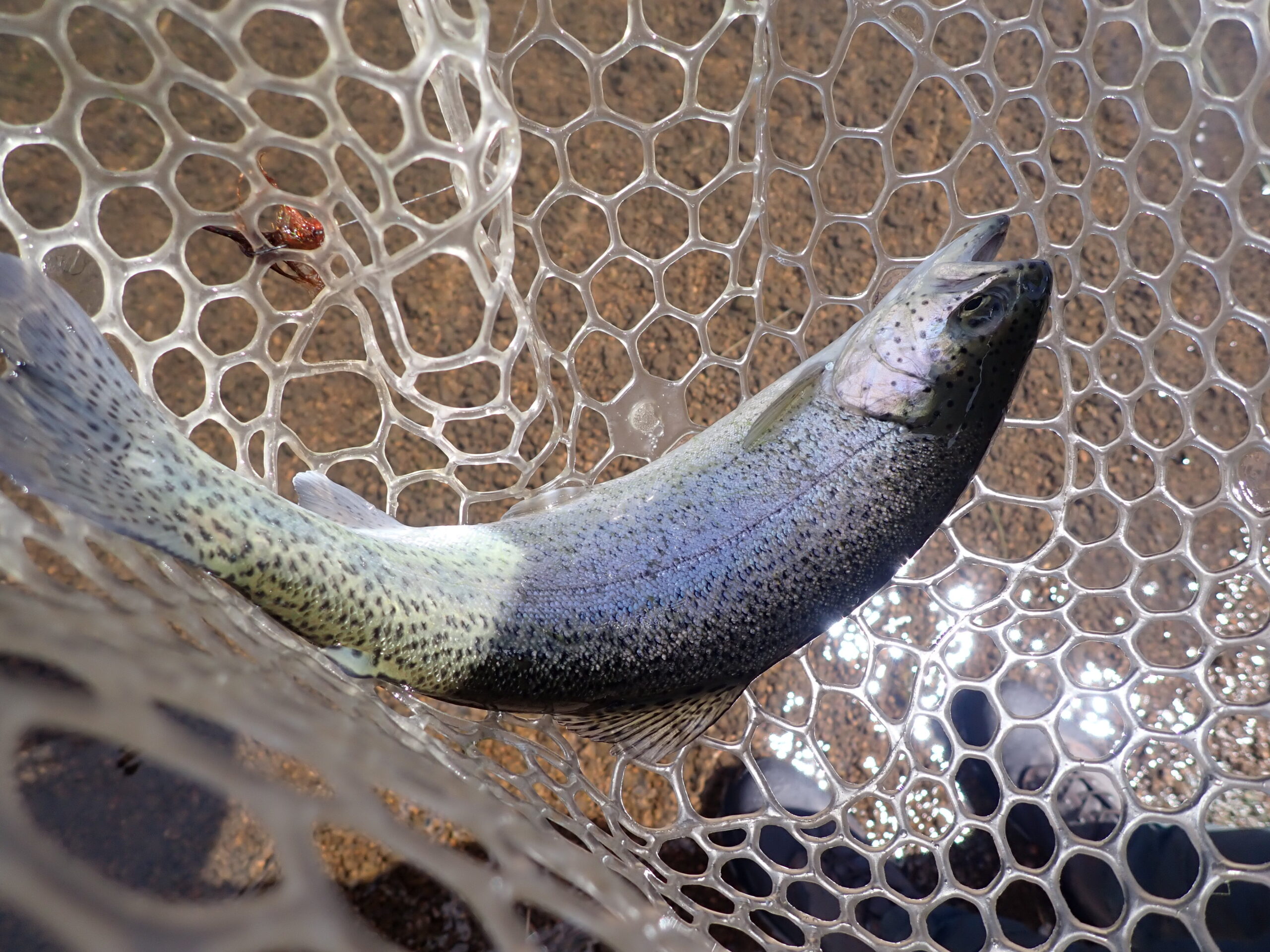 Ben’s Early Catch
Ben’s Early Catch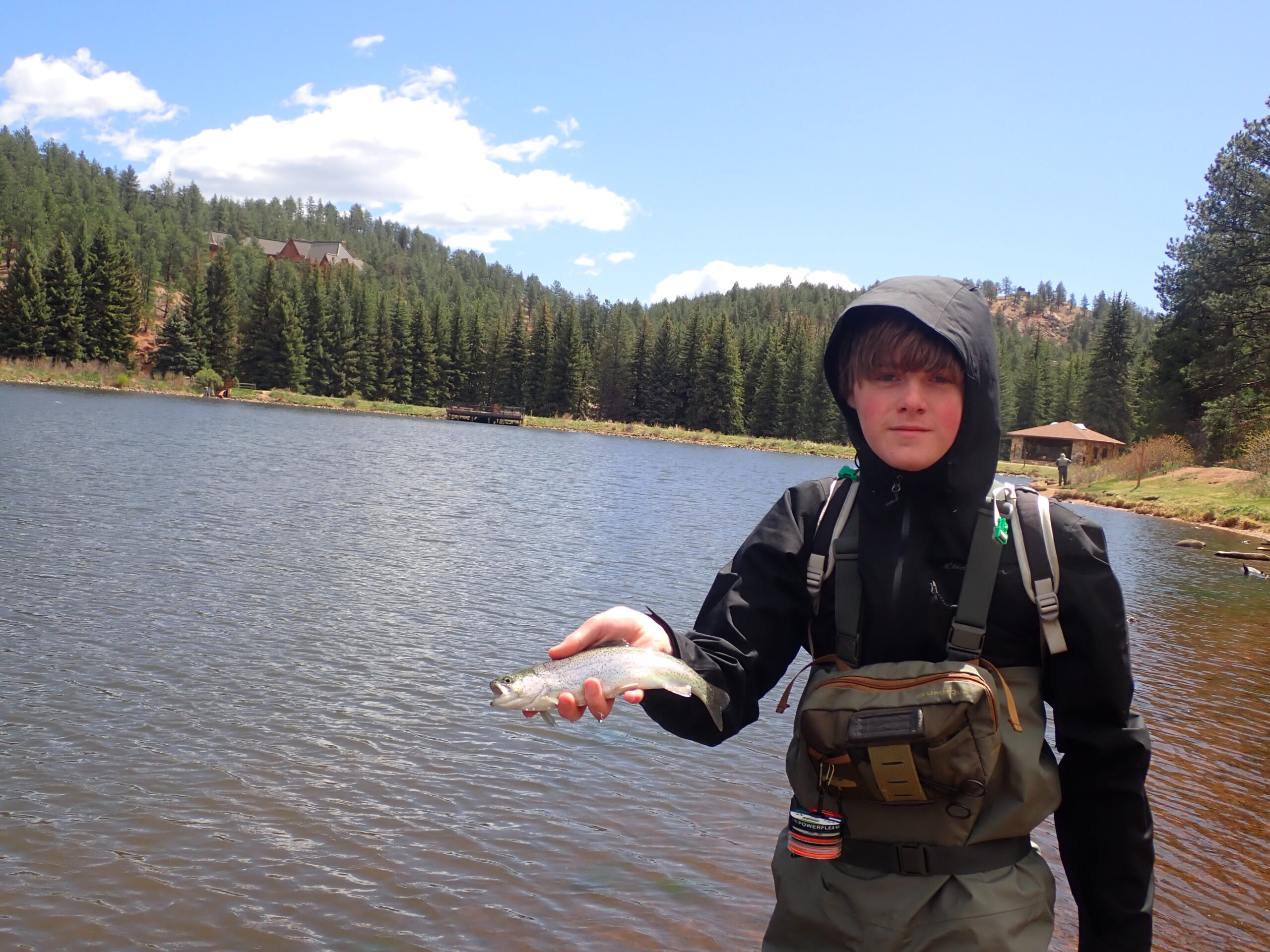 Ben with Fish Number One
Ben with Fish Number One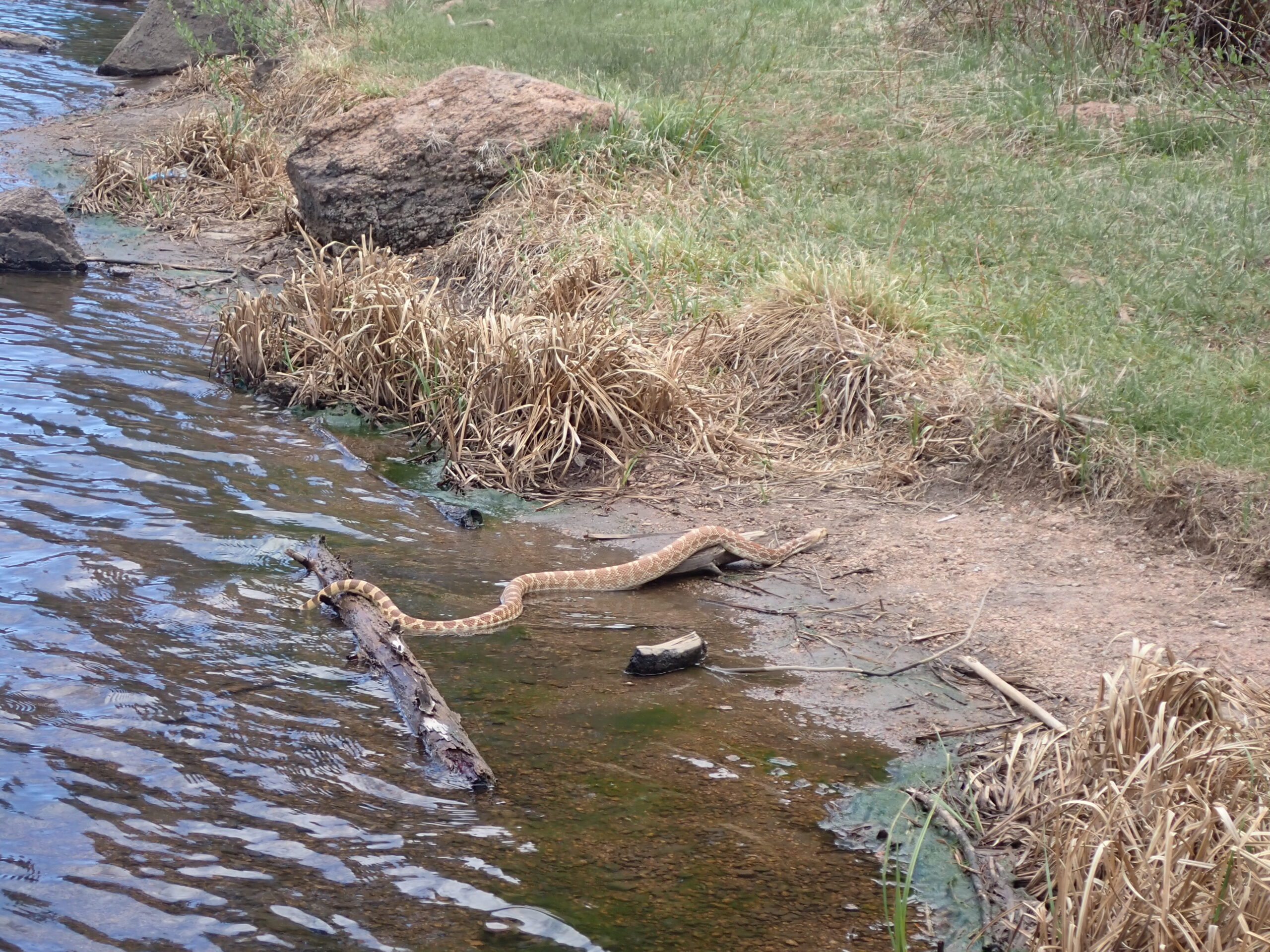 Intruder
Intruder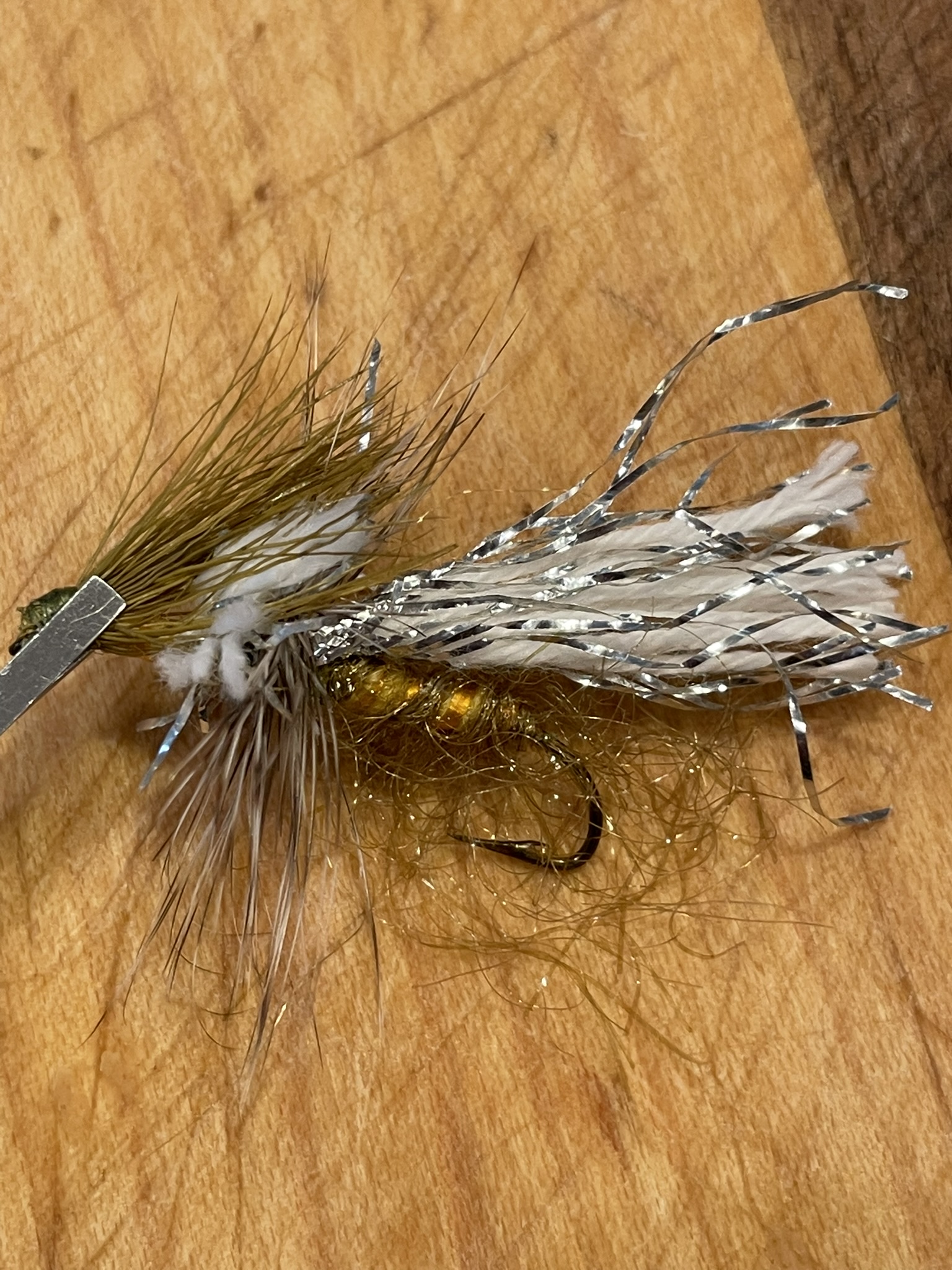 Theo Thunder
Theo Thunder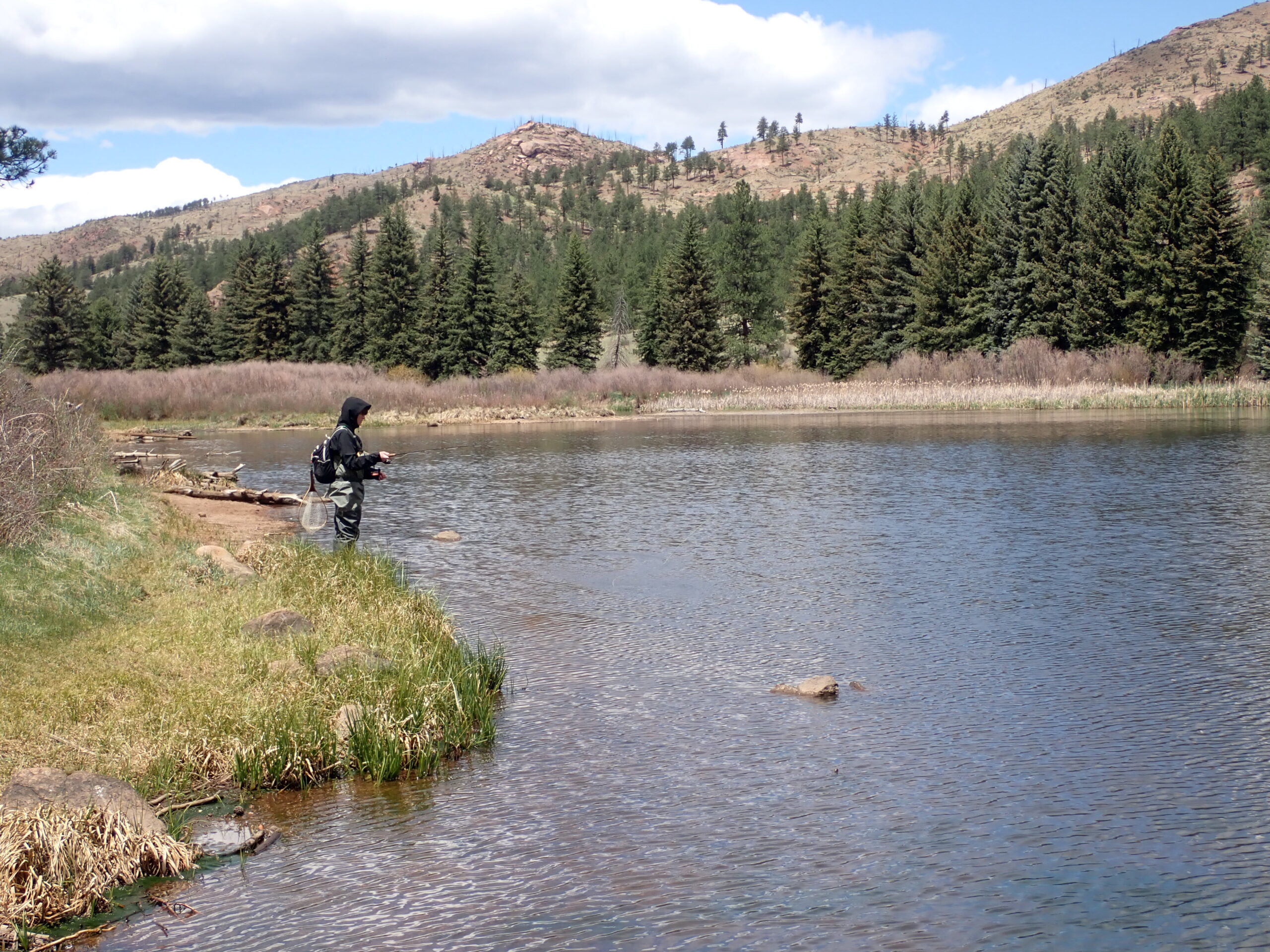 Streamer Stripping
Streamer Stripping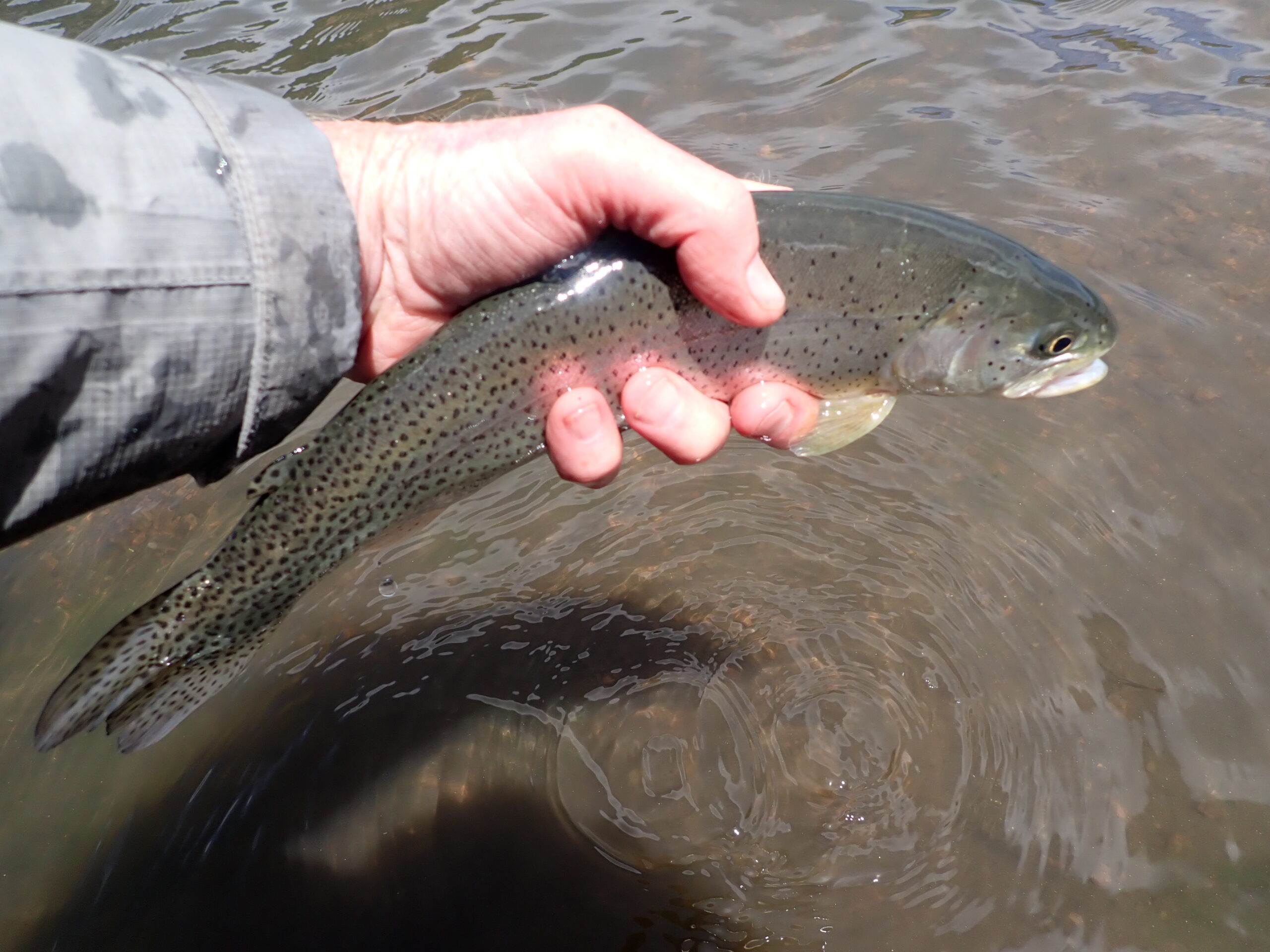 Not Bad for Dave
Not Bad for Dave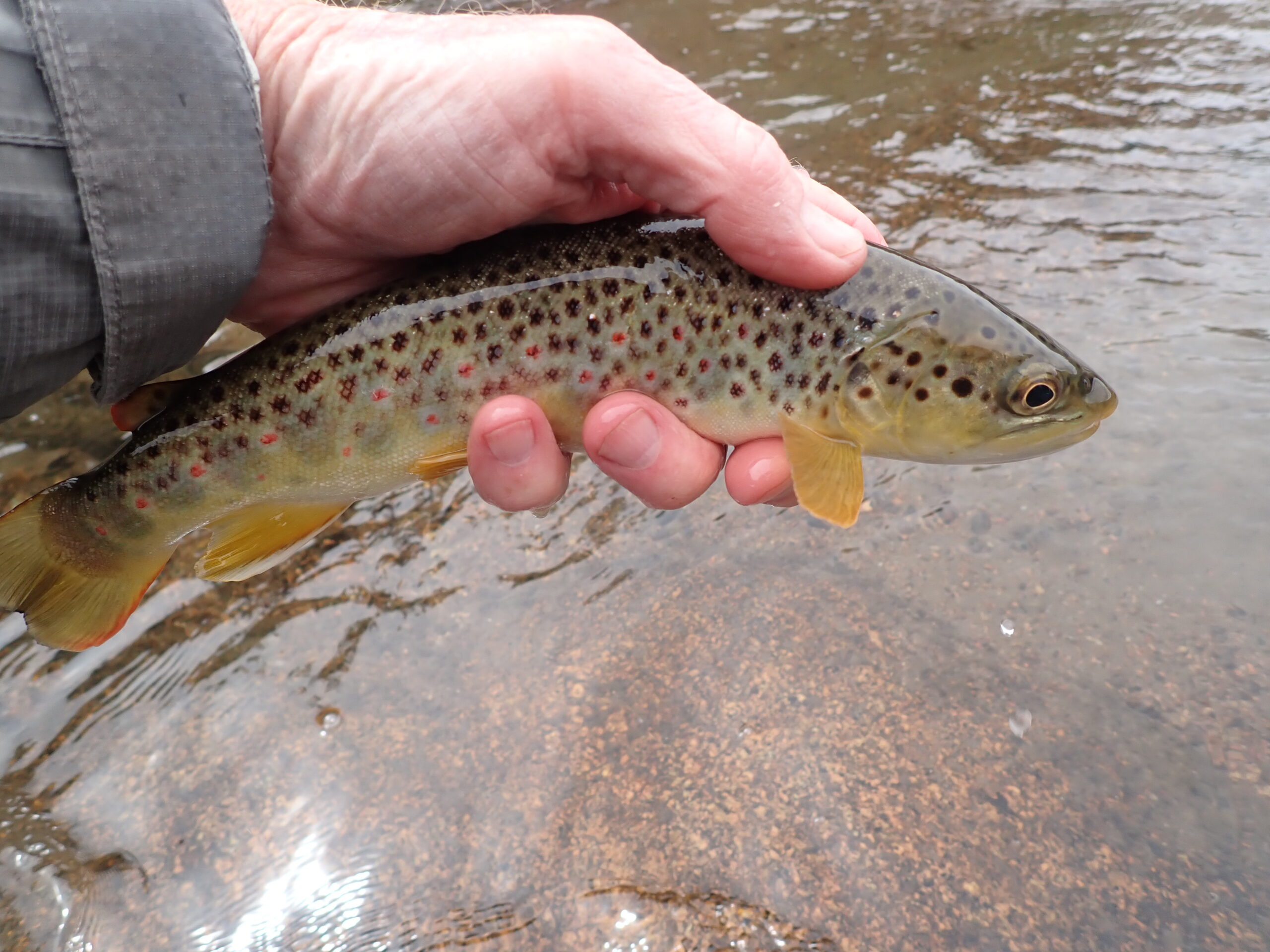 Zoomed
Zoomed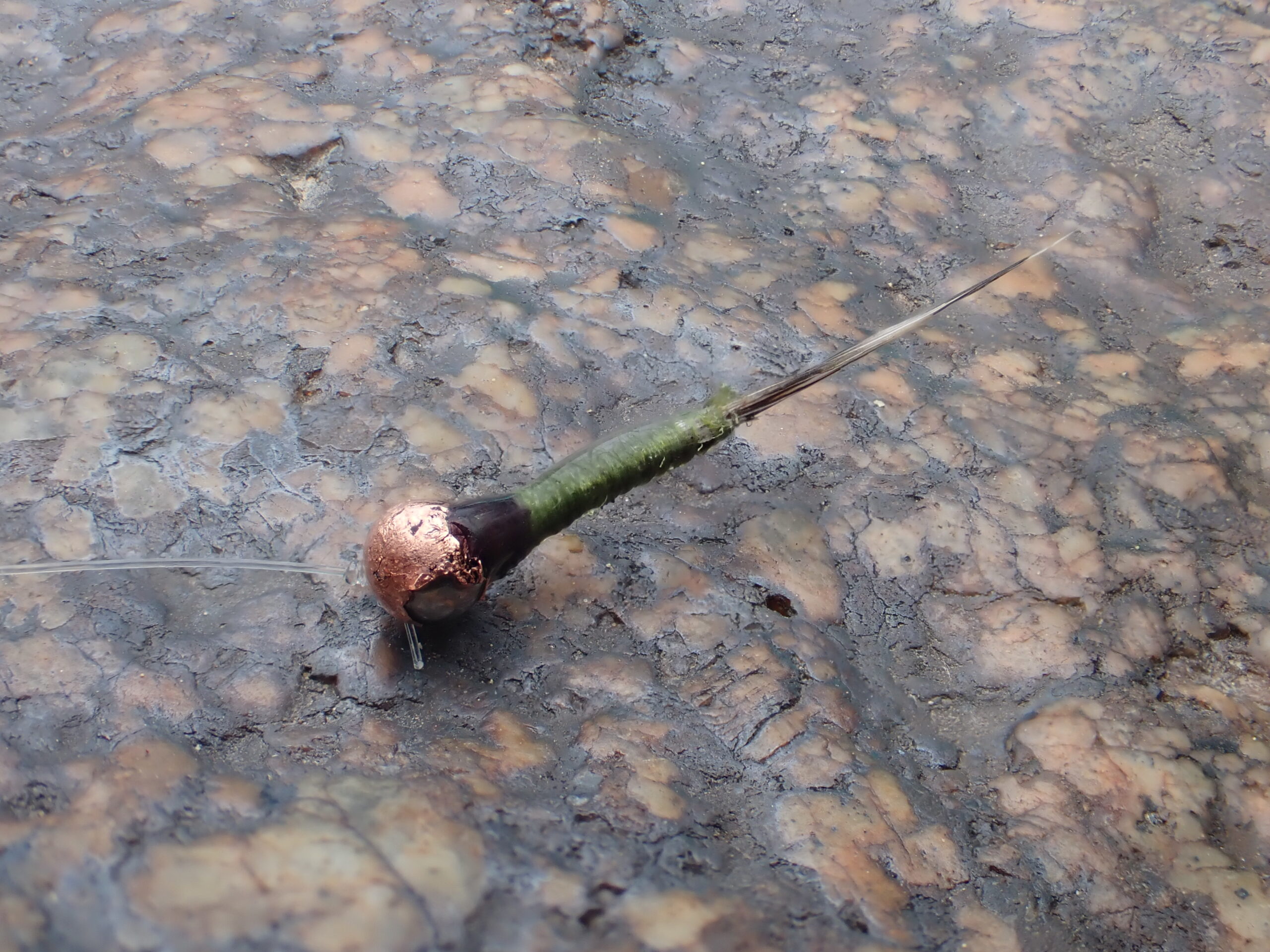 Produced
Produced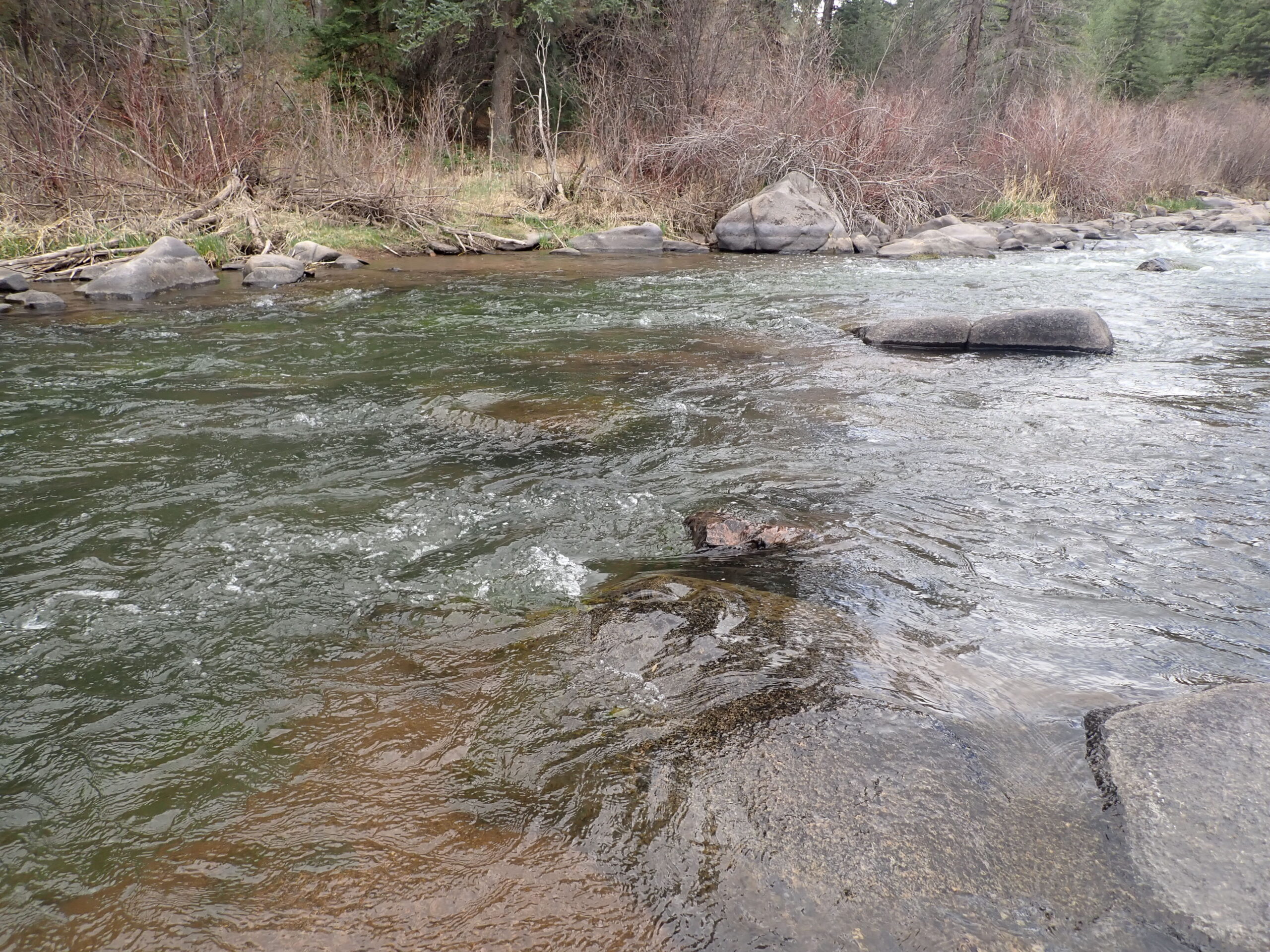 Behind the Boulder
Behind the Boulder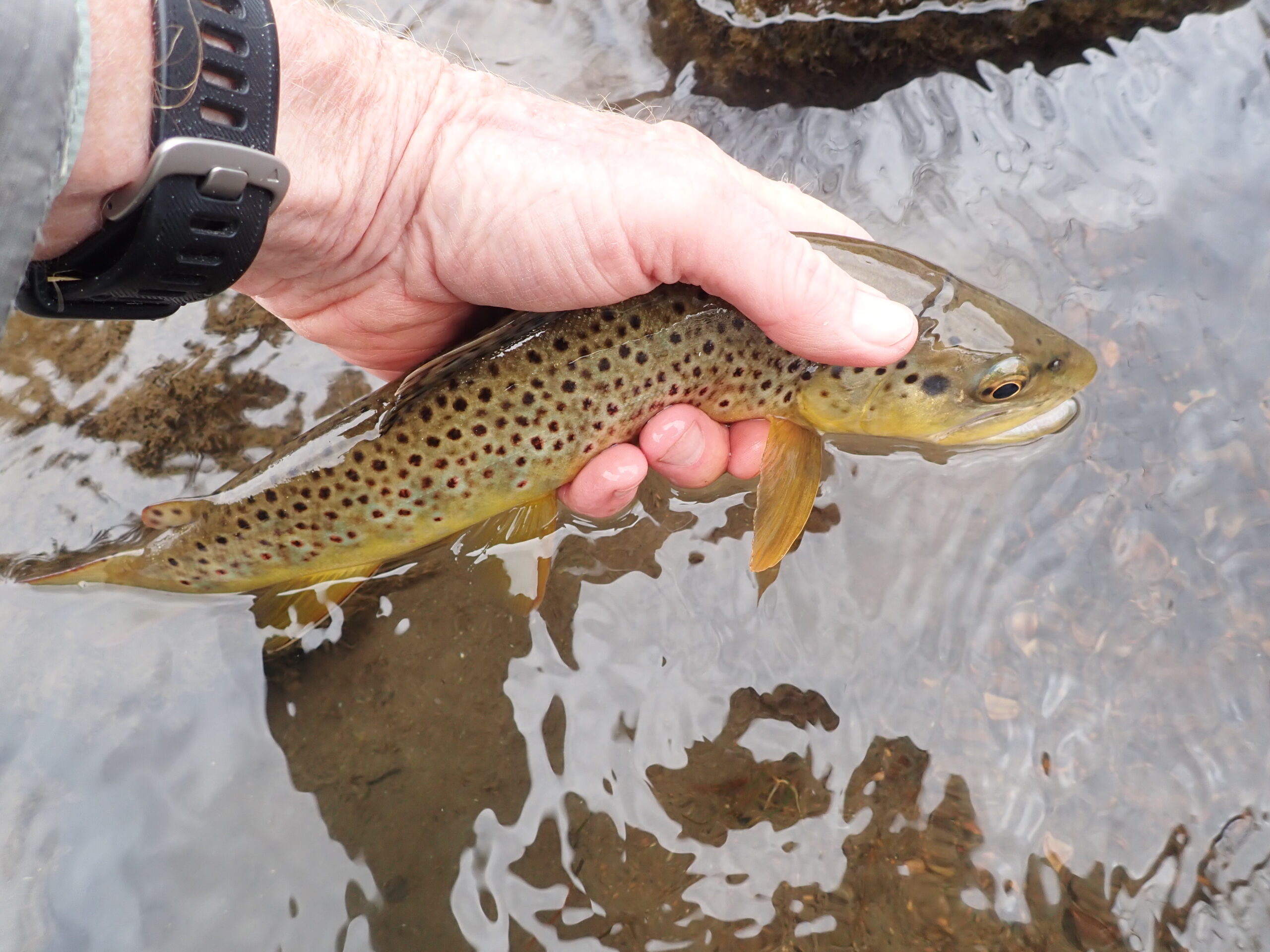 Love the Pose
Love the Pose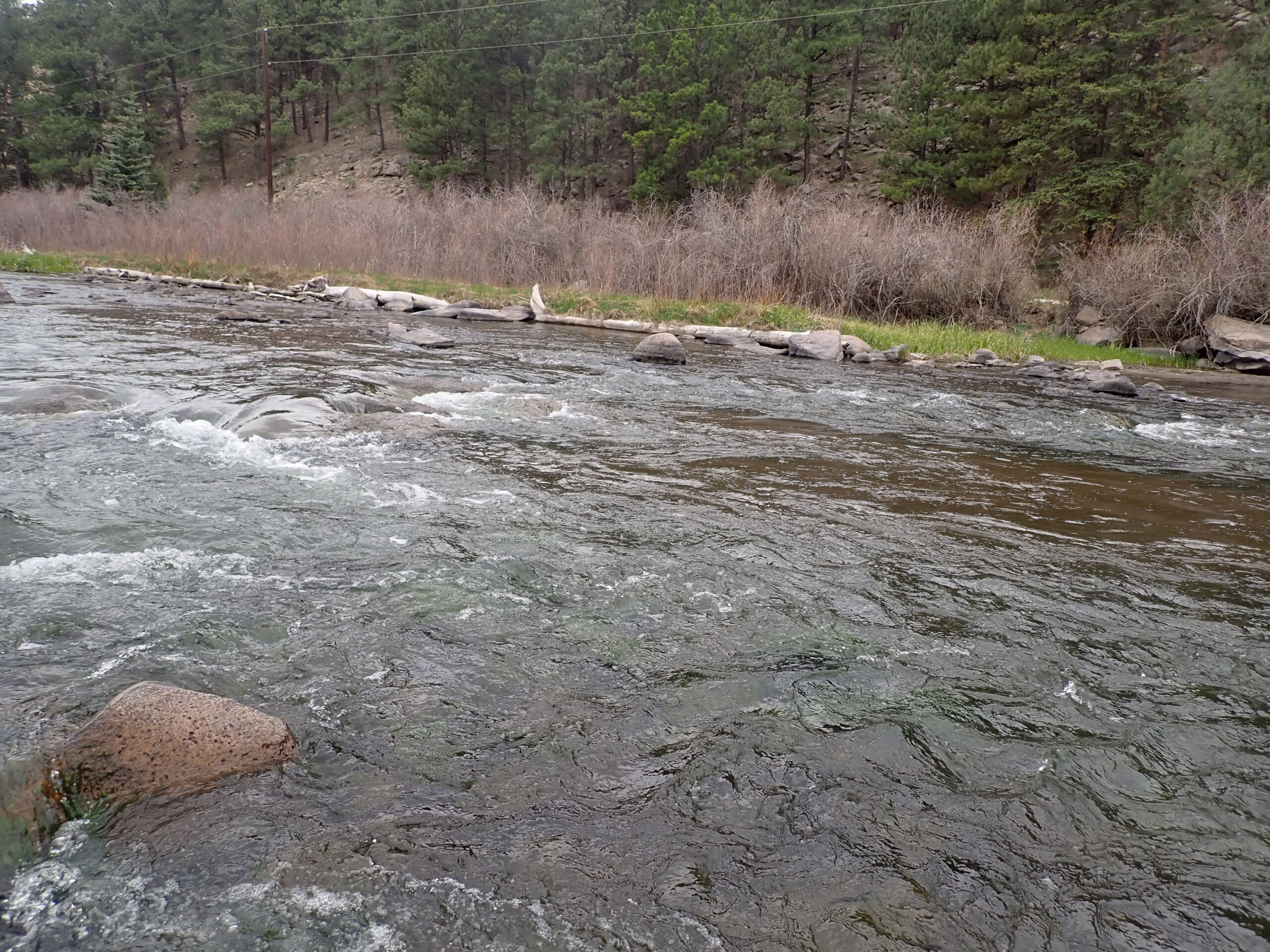 Right Side Slick
Right Side Slick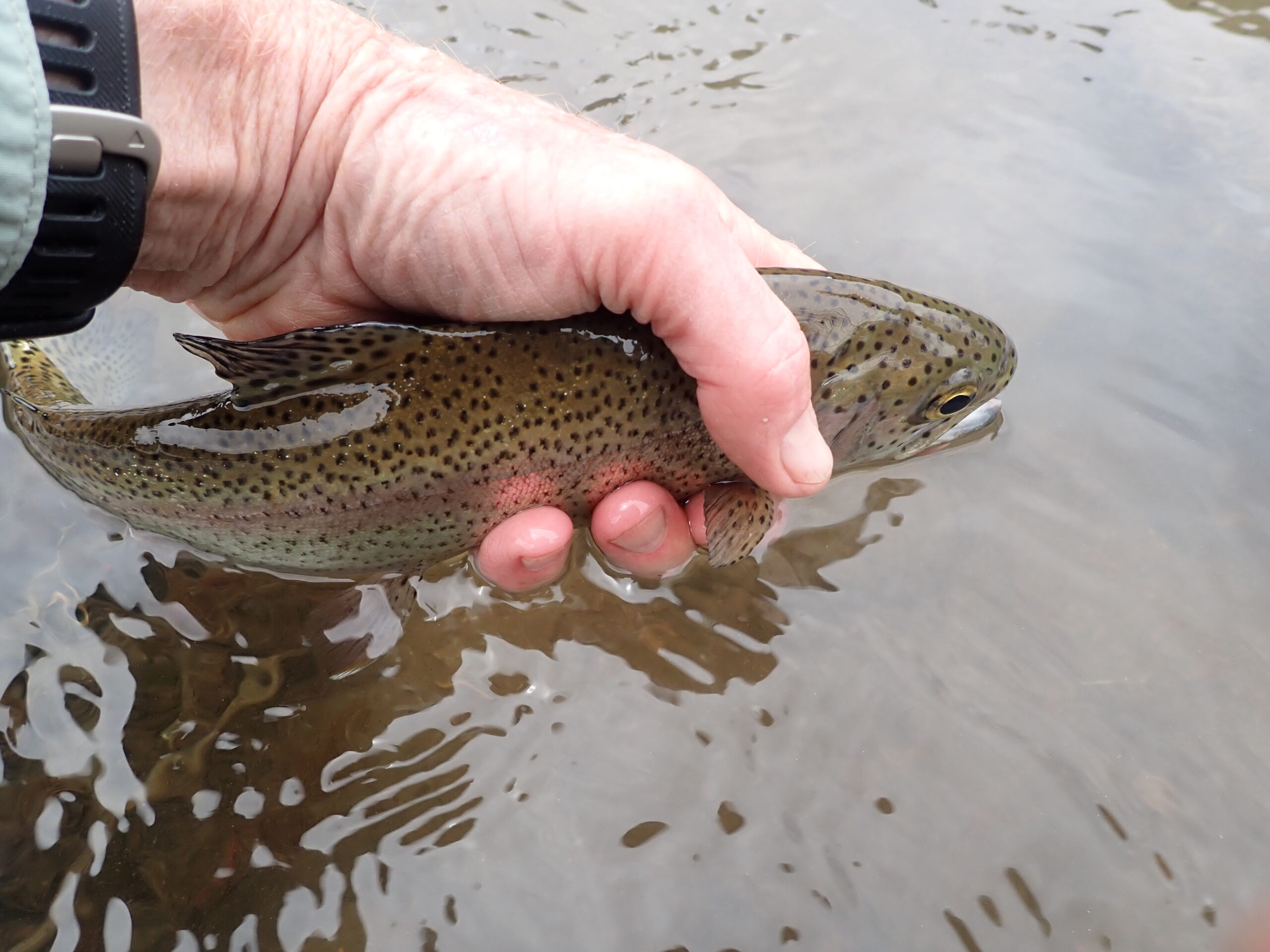 Just Before Release
Just Before Release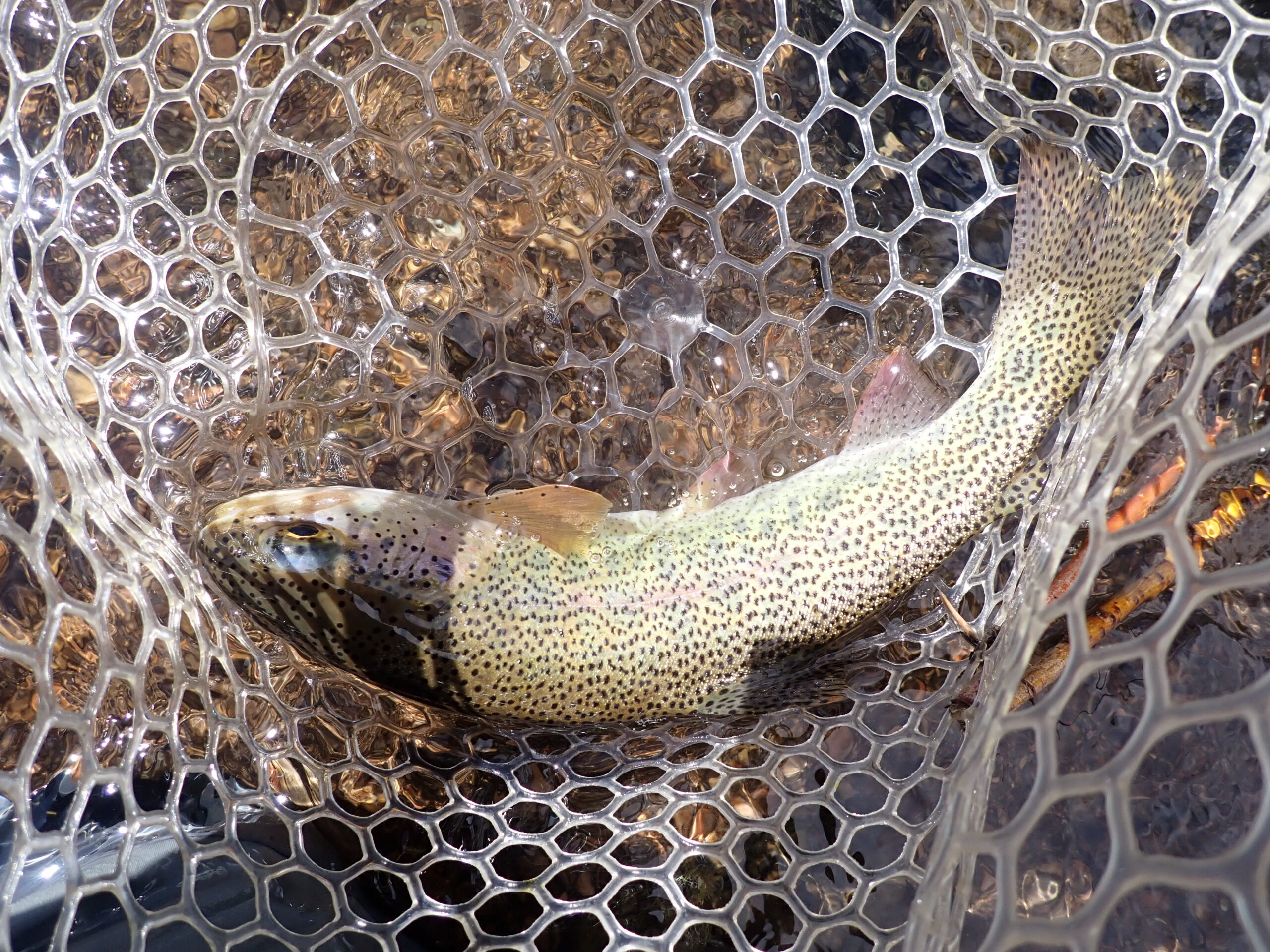 Very Respectable
Very Respectable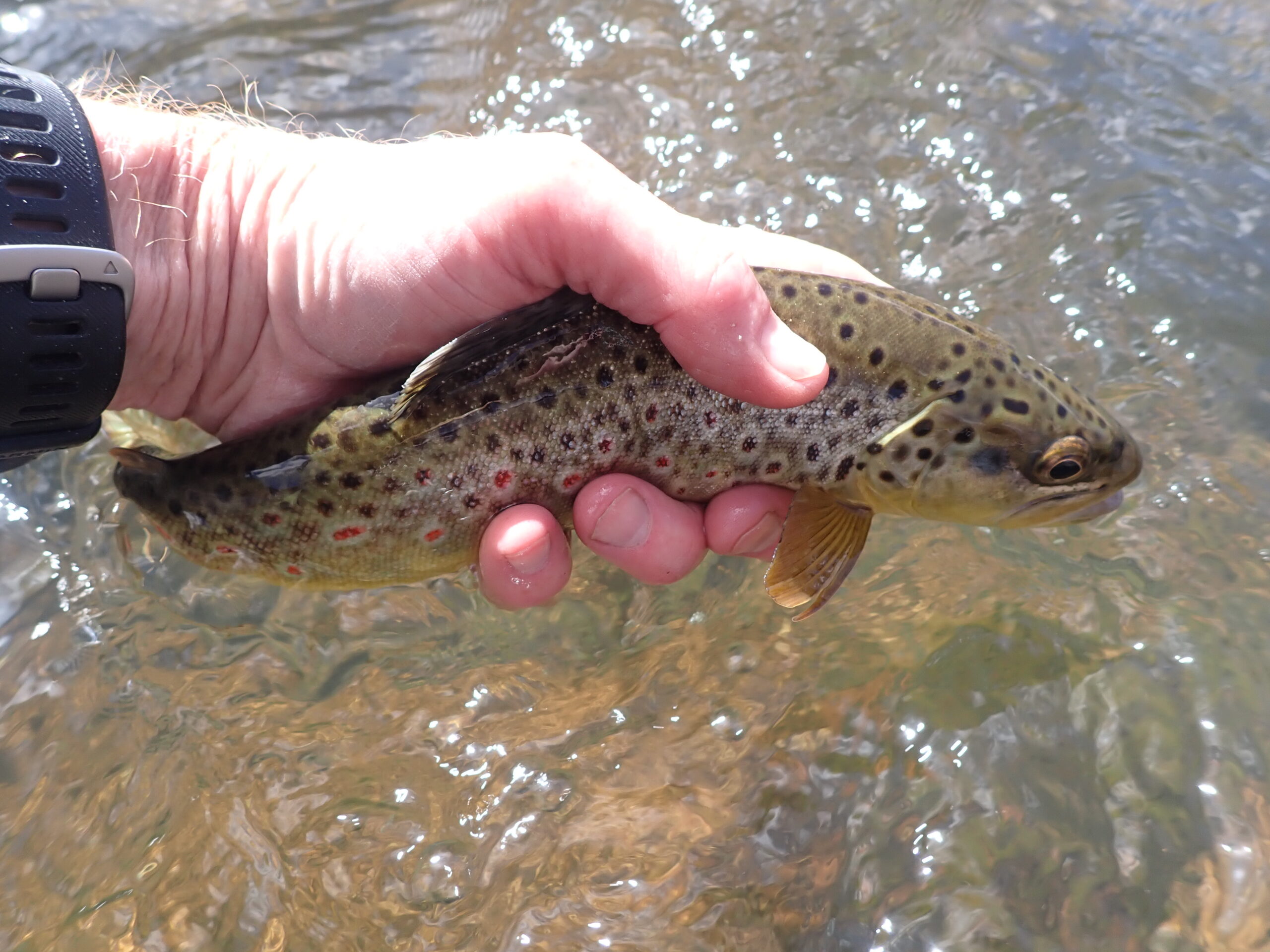 Spectacular Spots
Spectacular Spots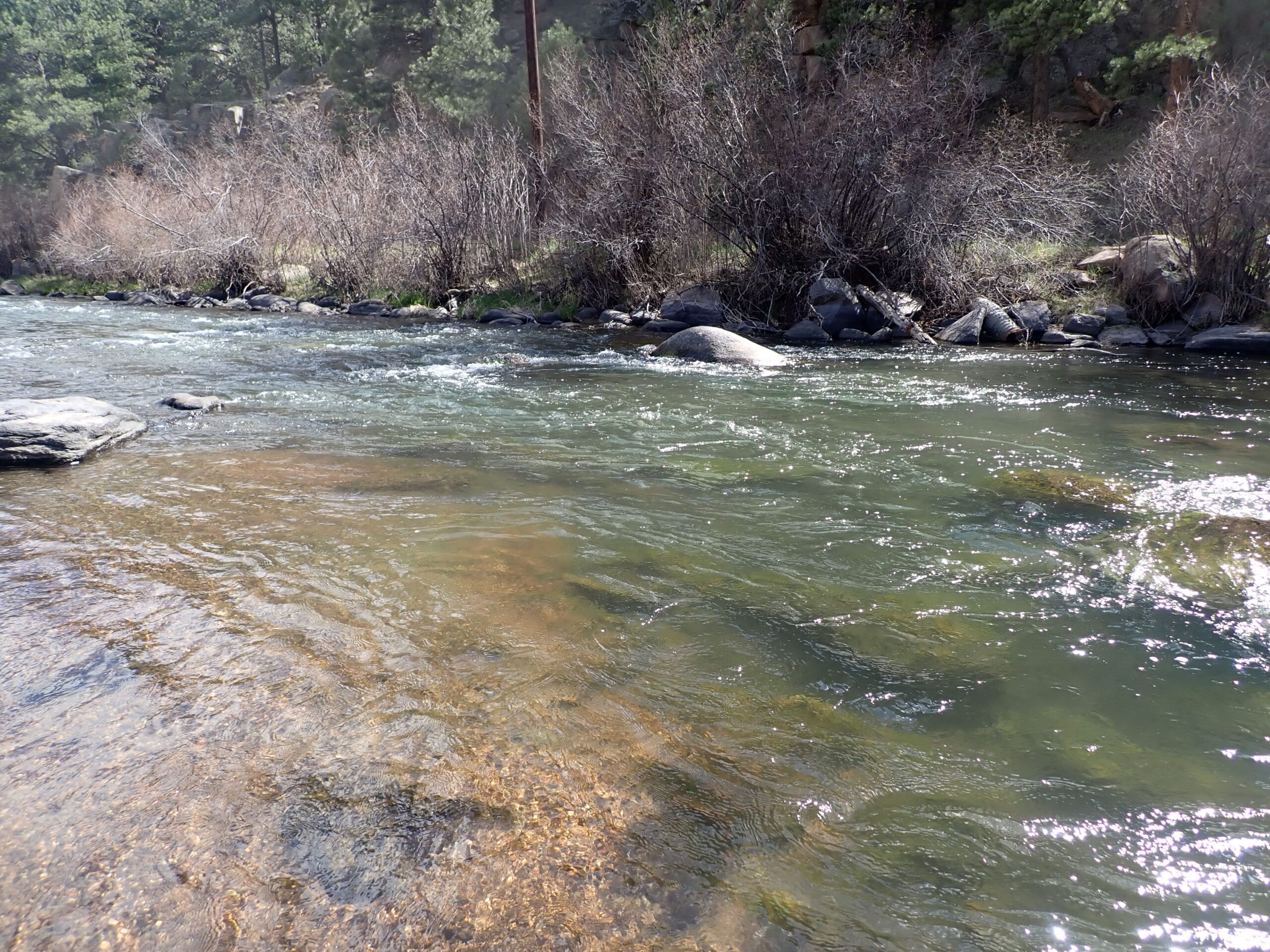 Shelf Pool
Shelf Pool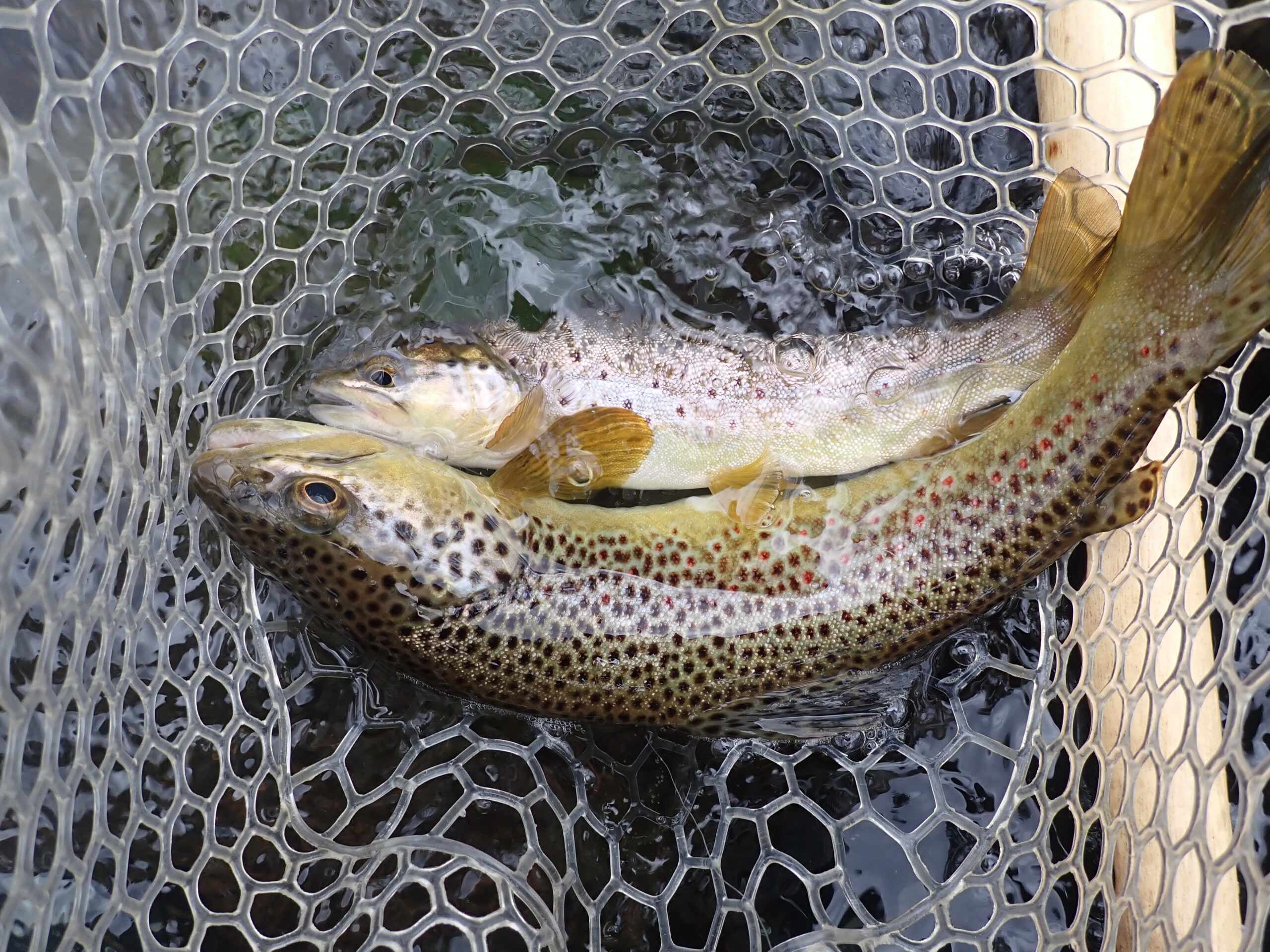 Rare Double
Rare Double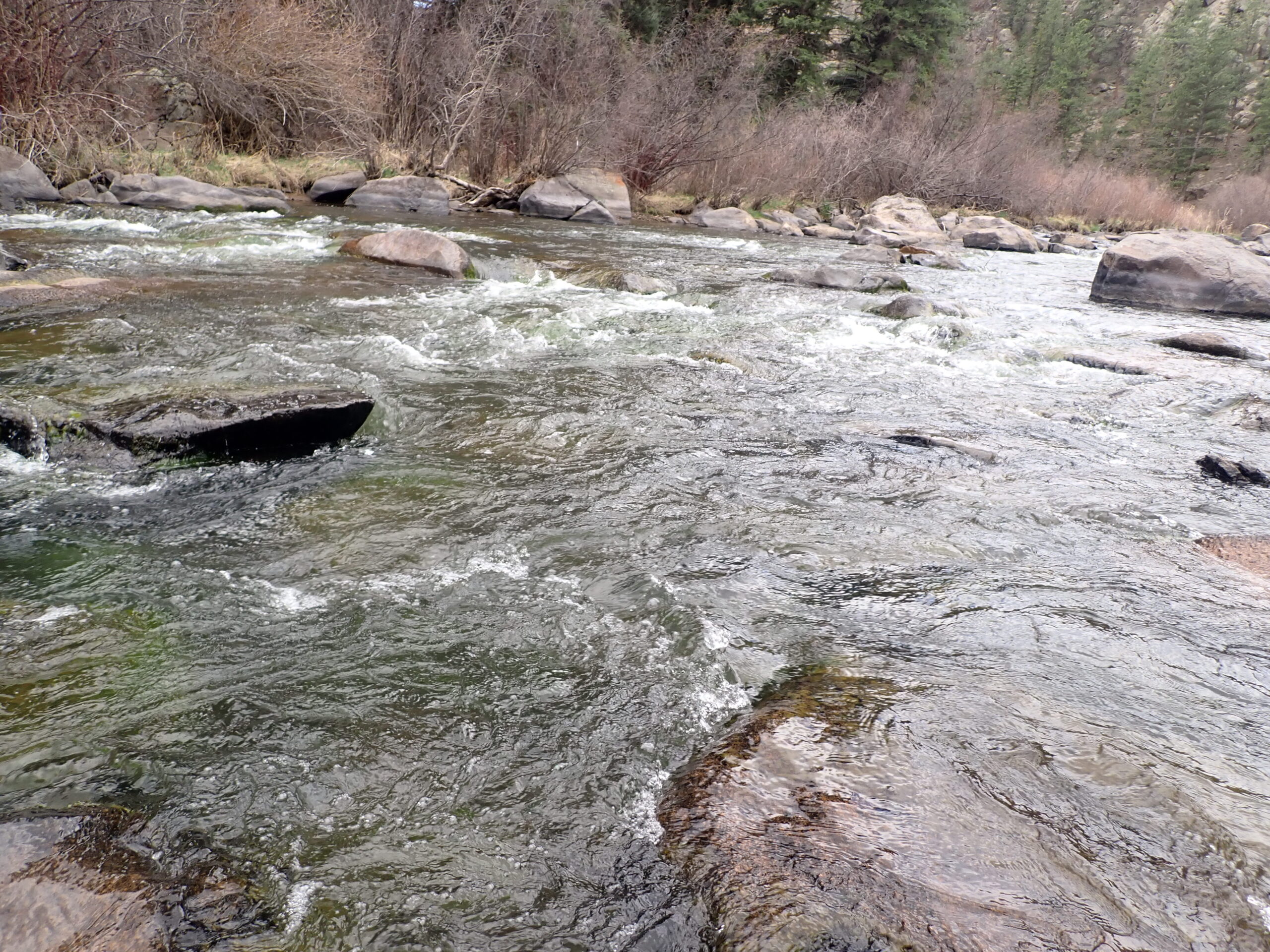 Source of Double
Source of Double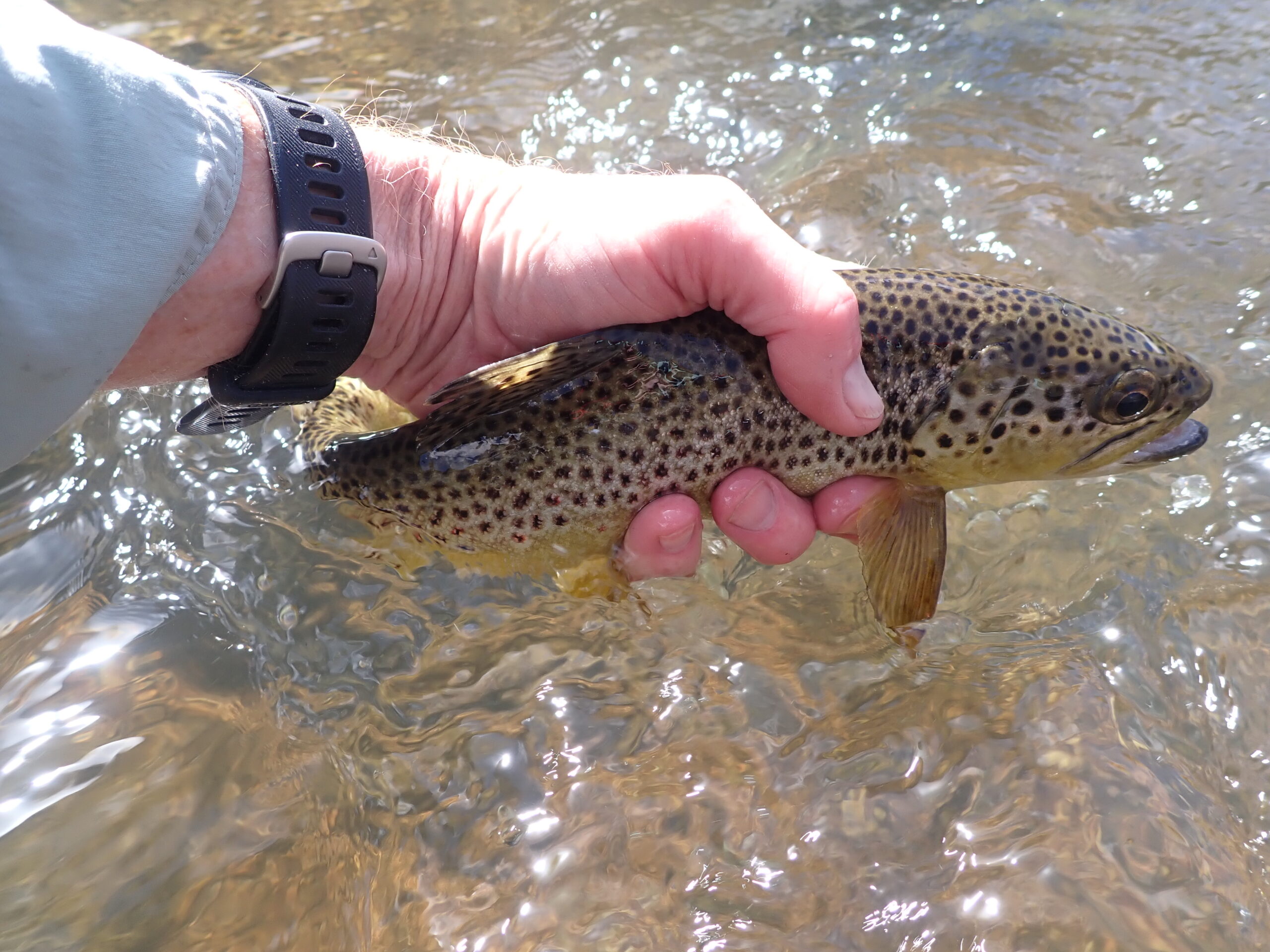 Covered in Spots
Covered in Spots Surprisingly Productive Chubby Chernobyl
Surprisingly Productive Chubby Chernobyl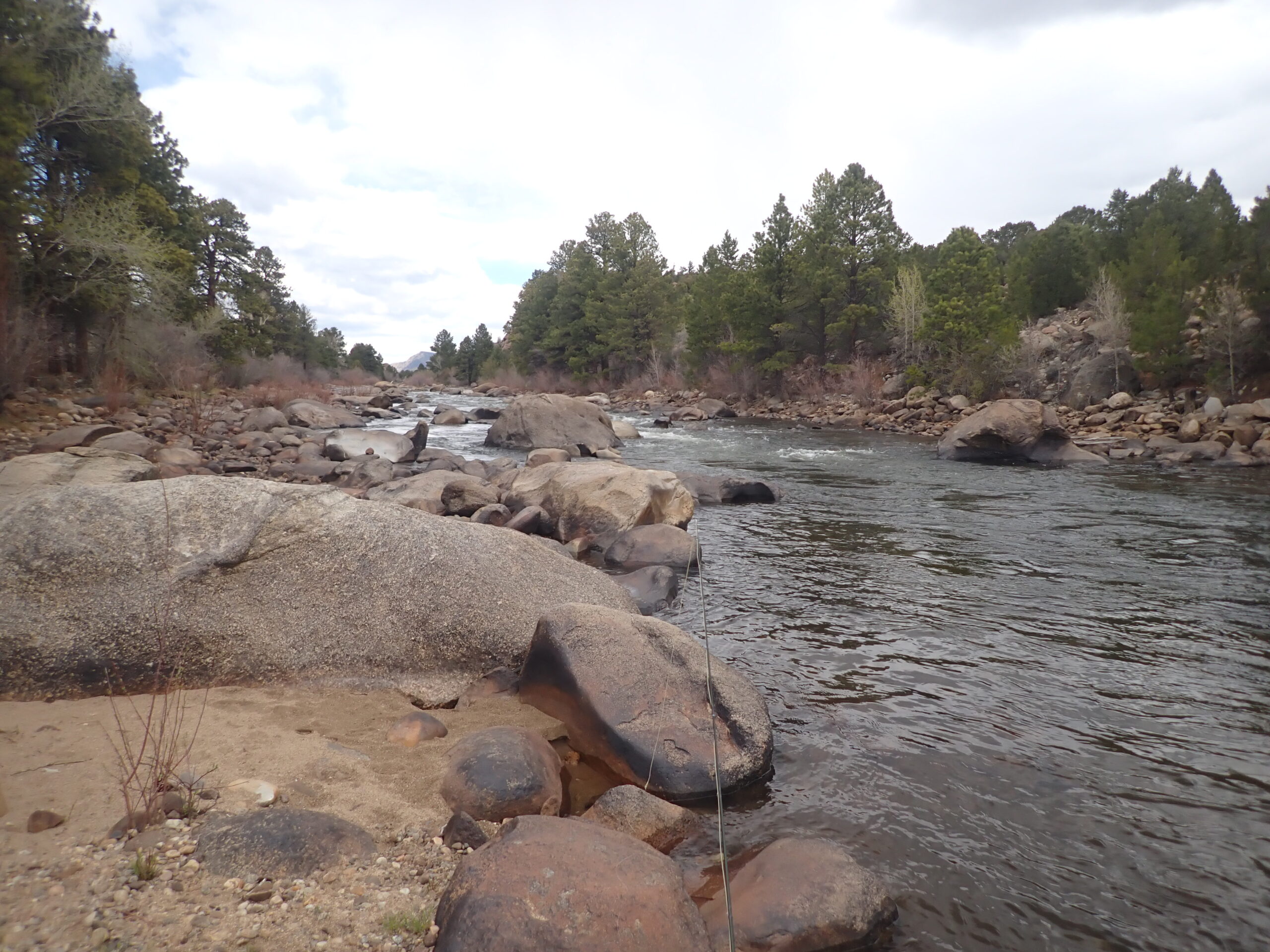 New Water
New Water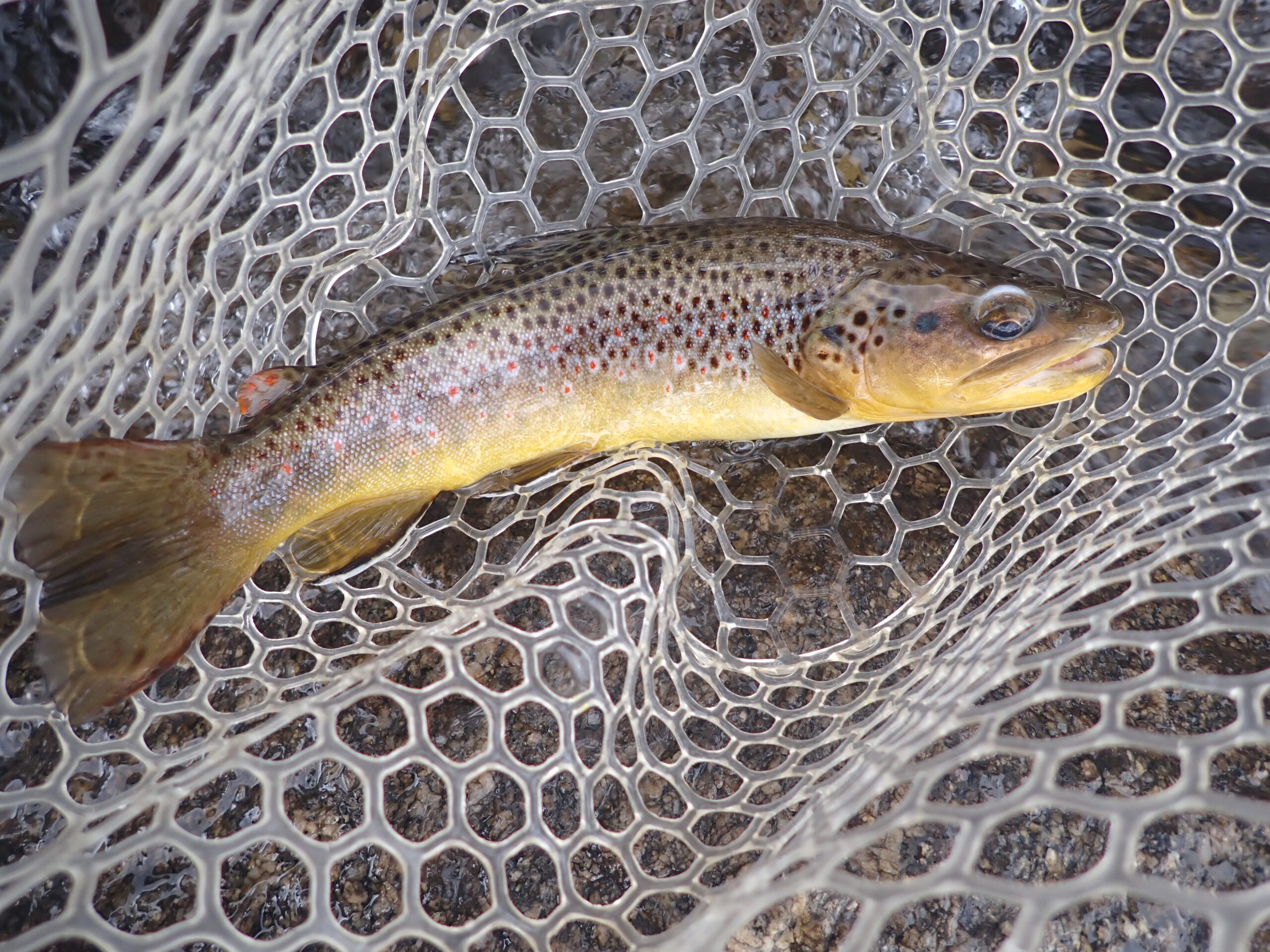 Impressive Start
Impressive Start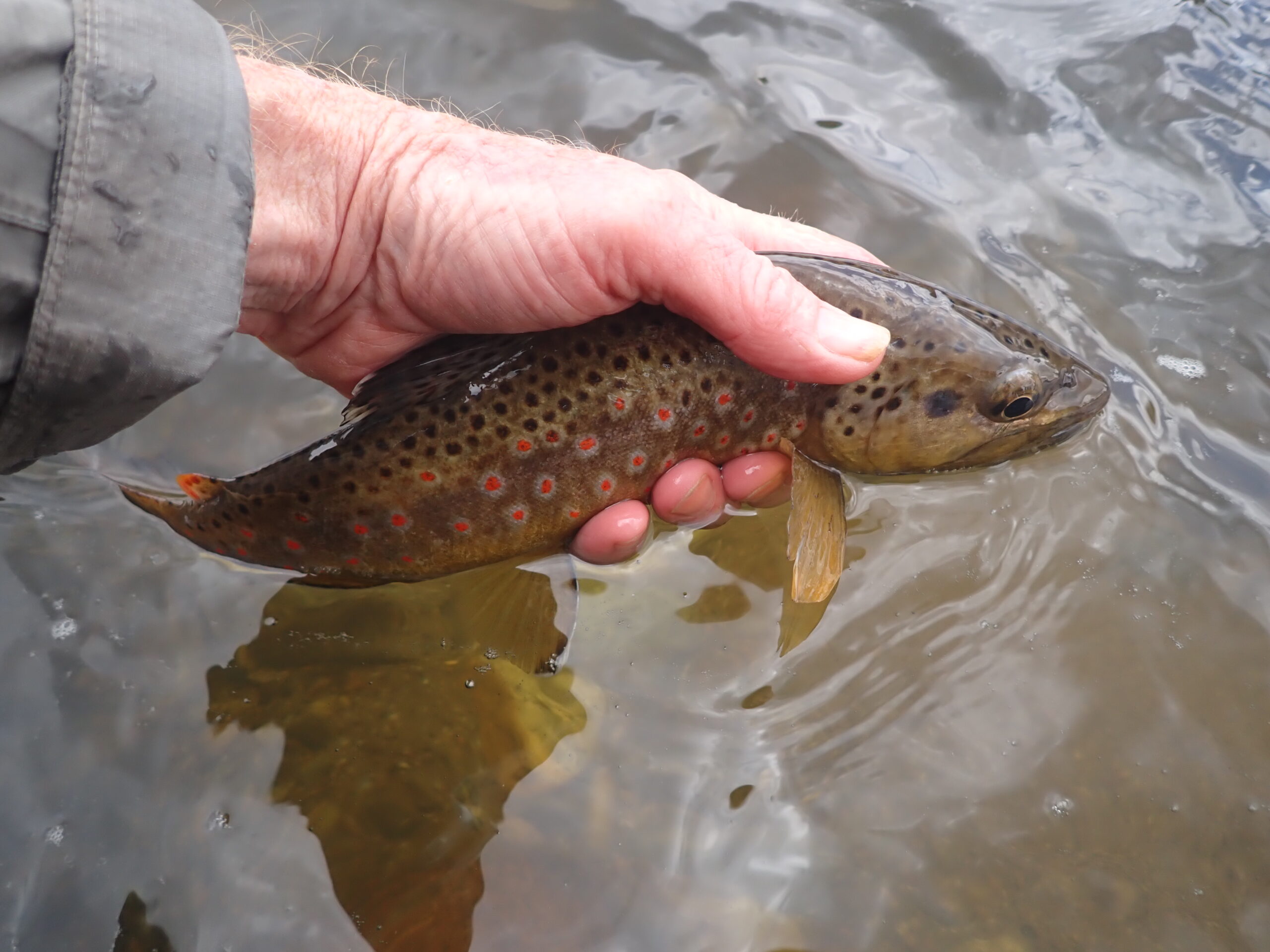 Love the Spots
Love the Spots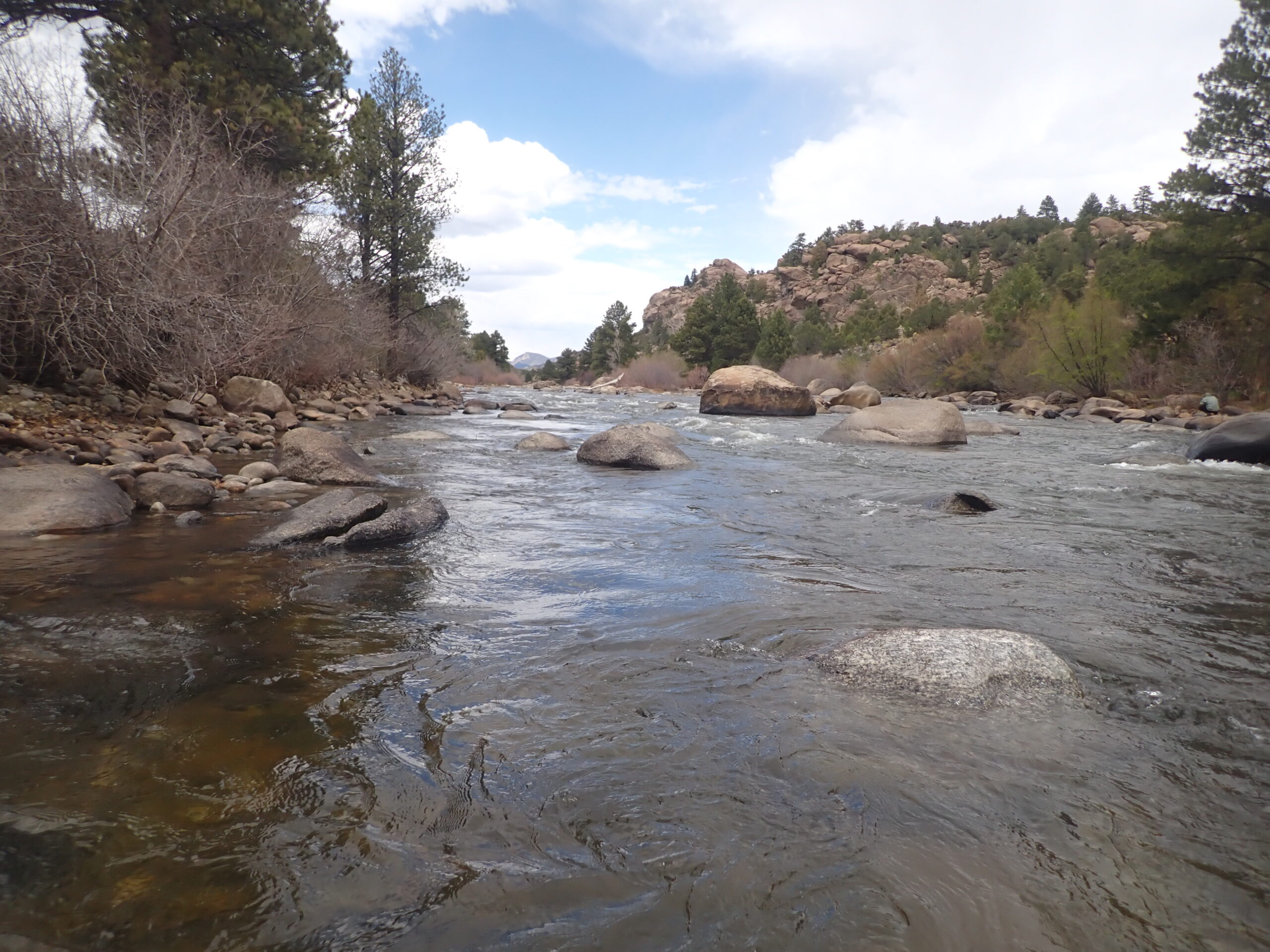 Looking Ahead
Looking Ahead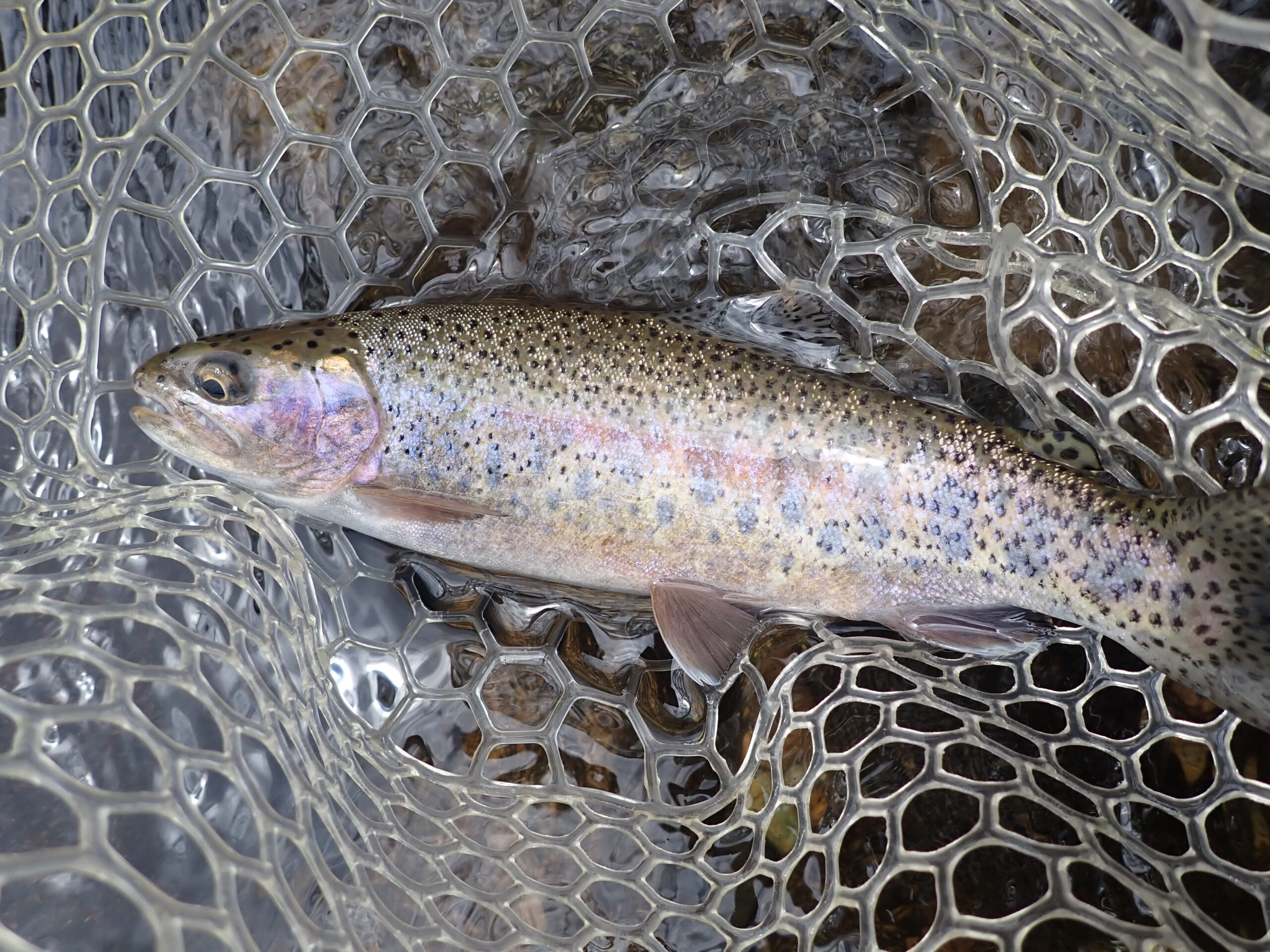 Sole Rainbow
Sole Rainbow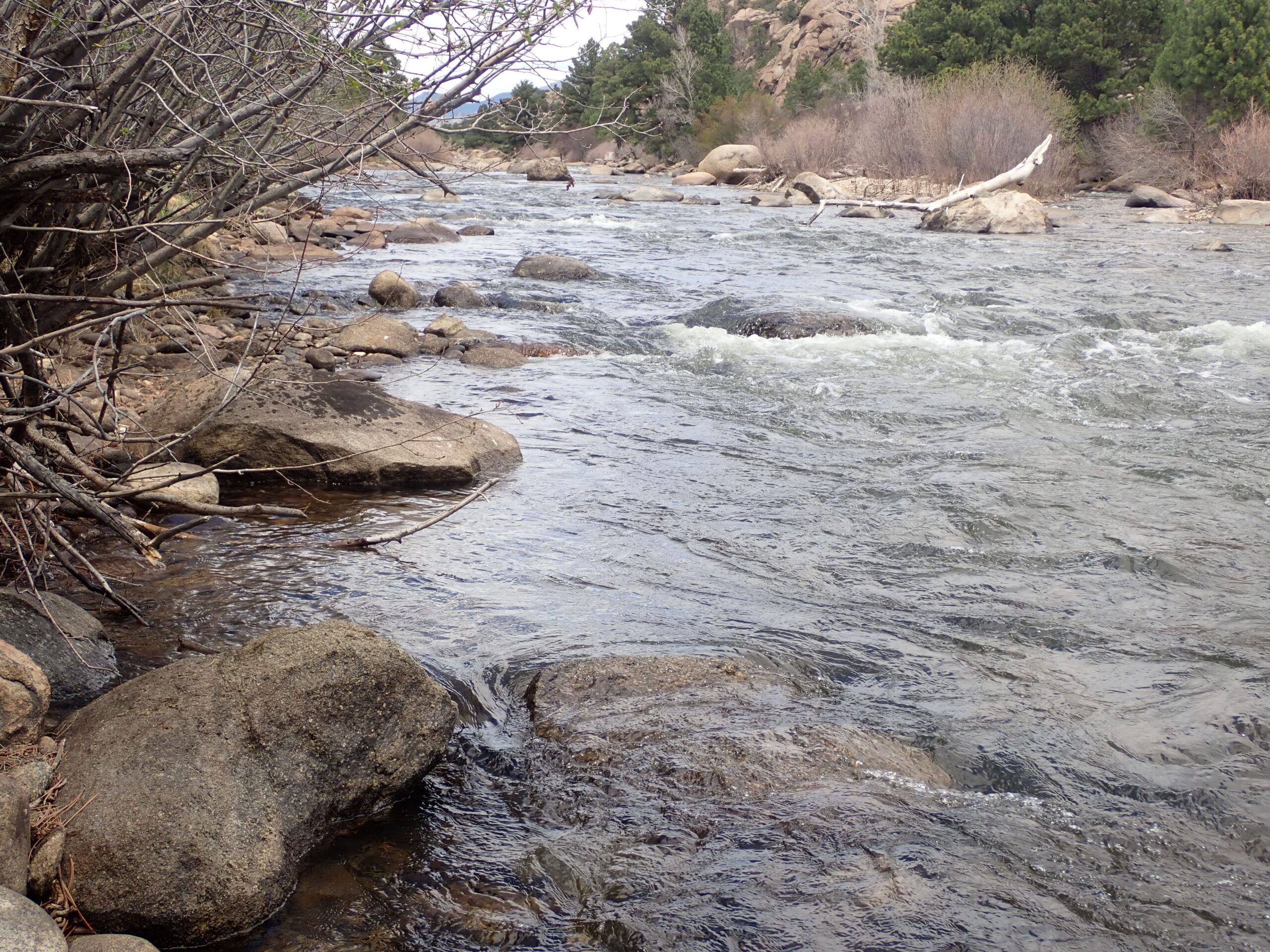 Narrow Run Along the Bank Produced
Narrow Run Along the Bank Produced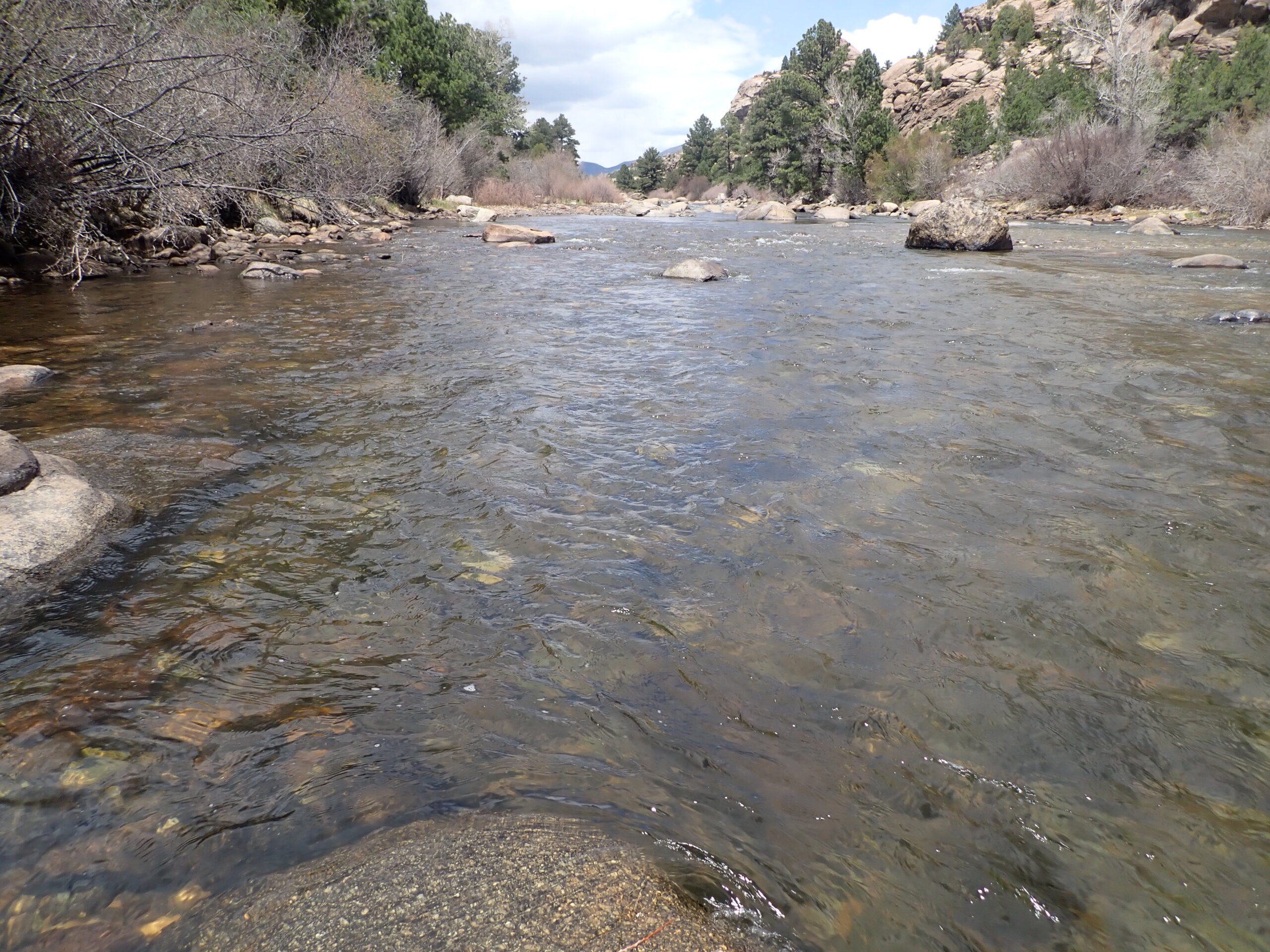 Wide Moderate Depth Riffle Was Prime
Wide Moderate Depth Riffle Was Prime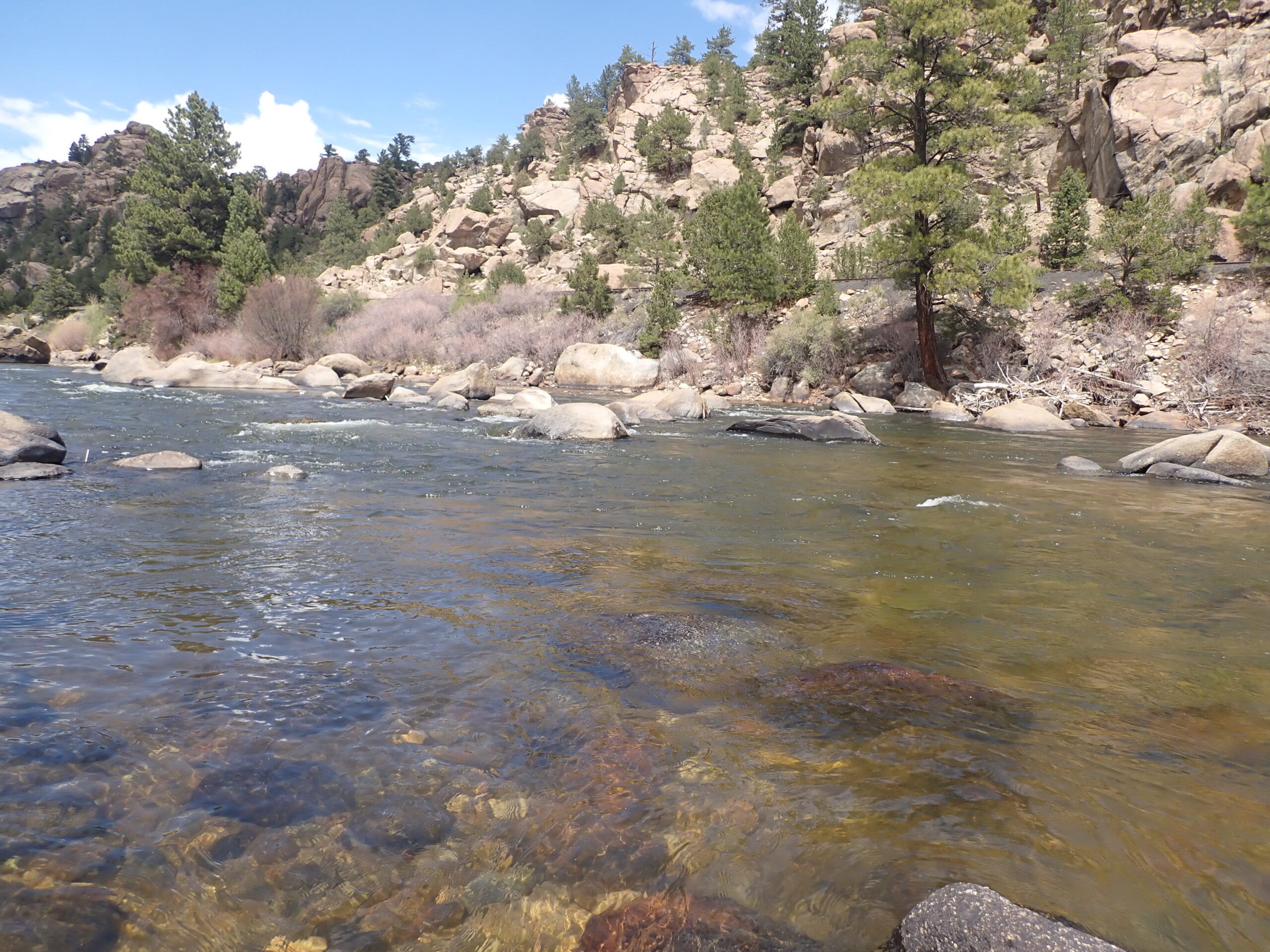 Check Out All the Subsurface Rocks
Check Out All the Subsurface Rocks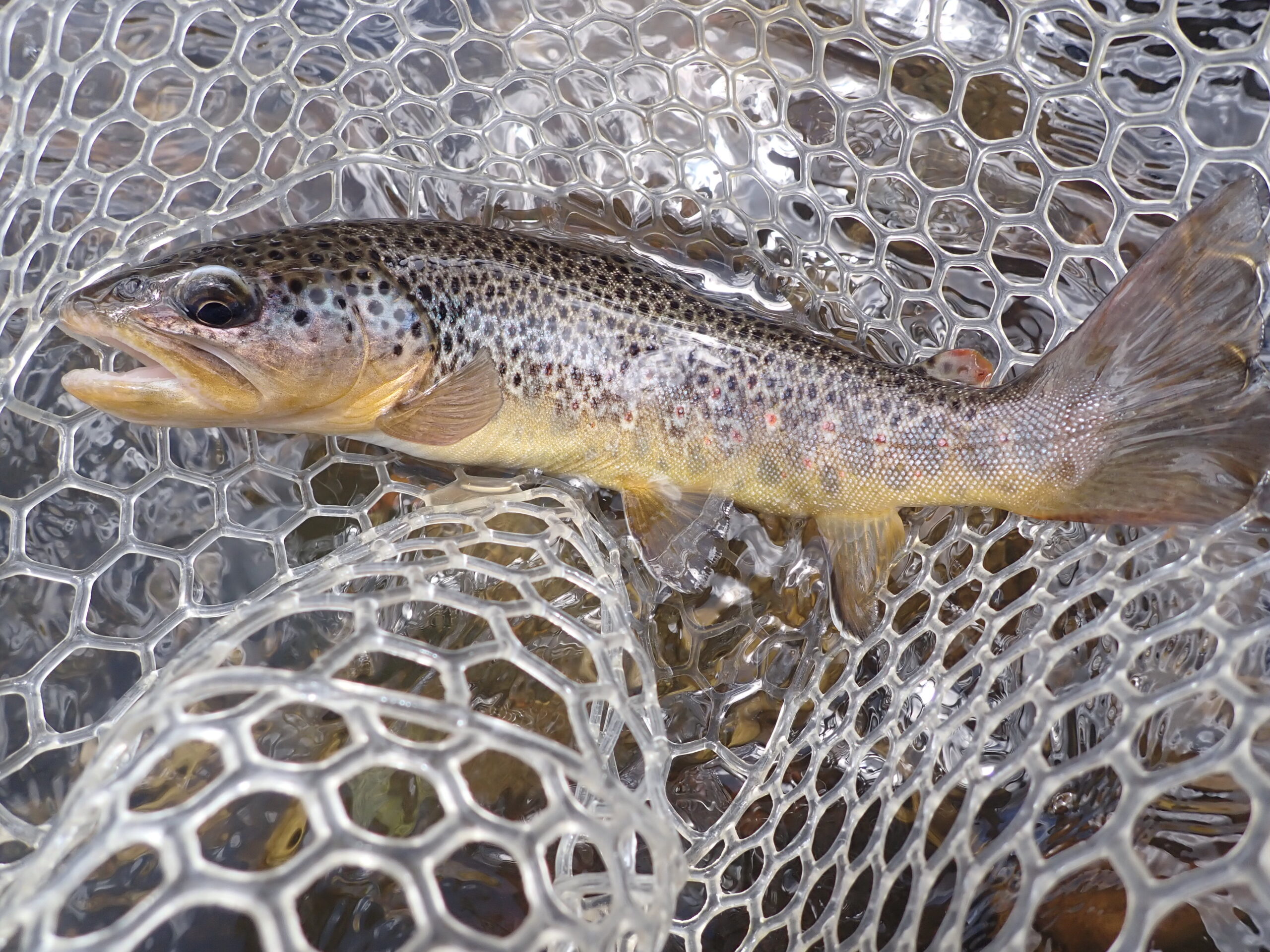 Big Flapper
Big Flapper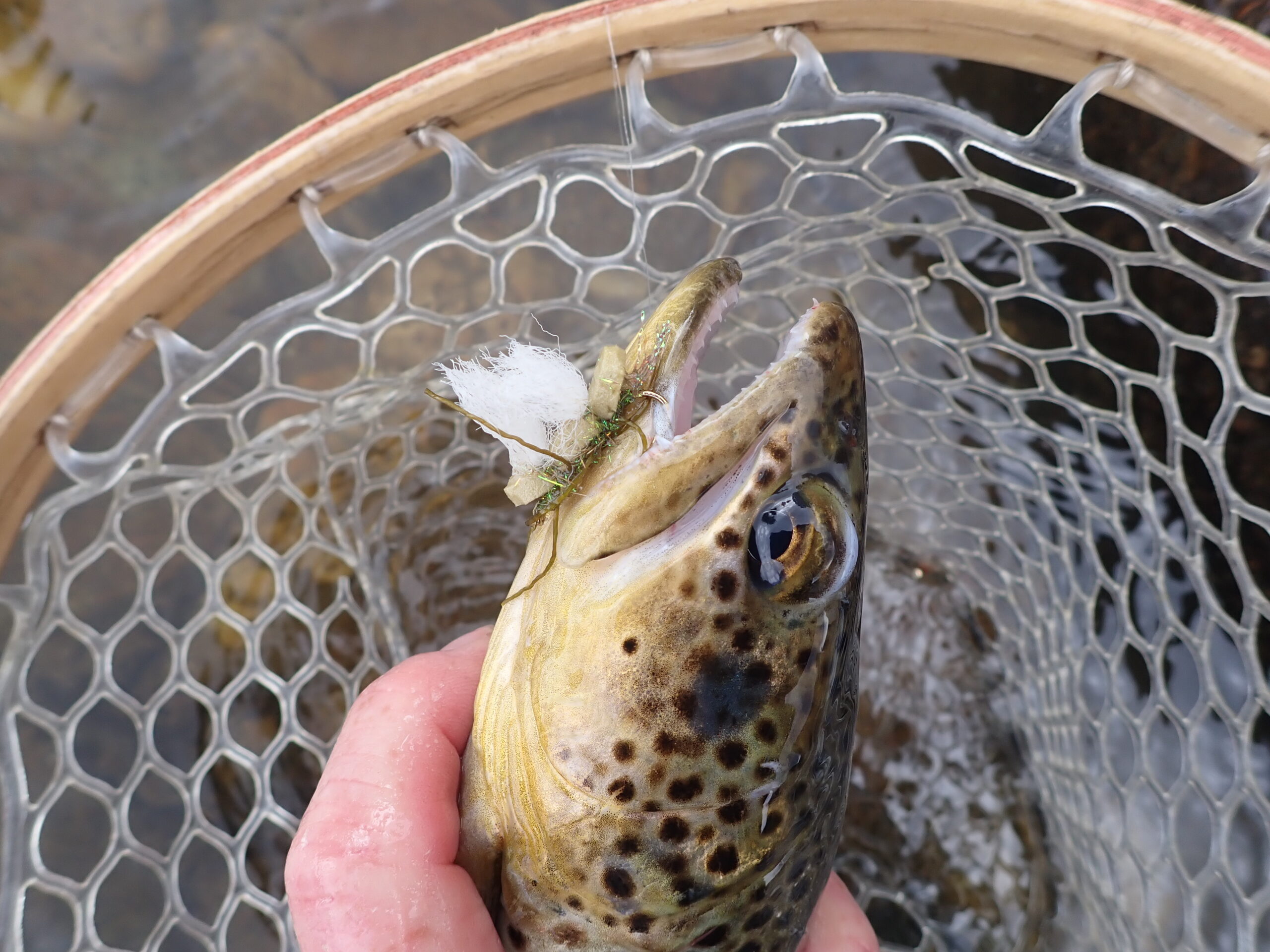 Chubby Again
Chubby Again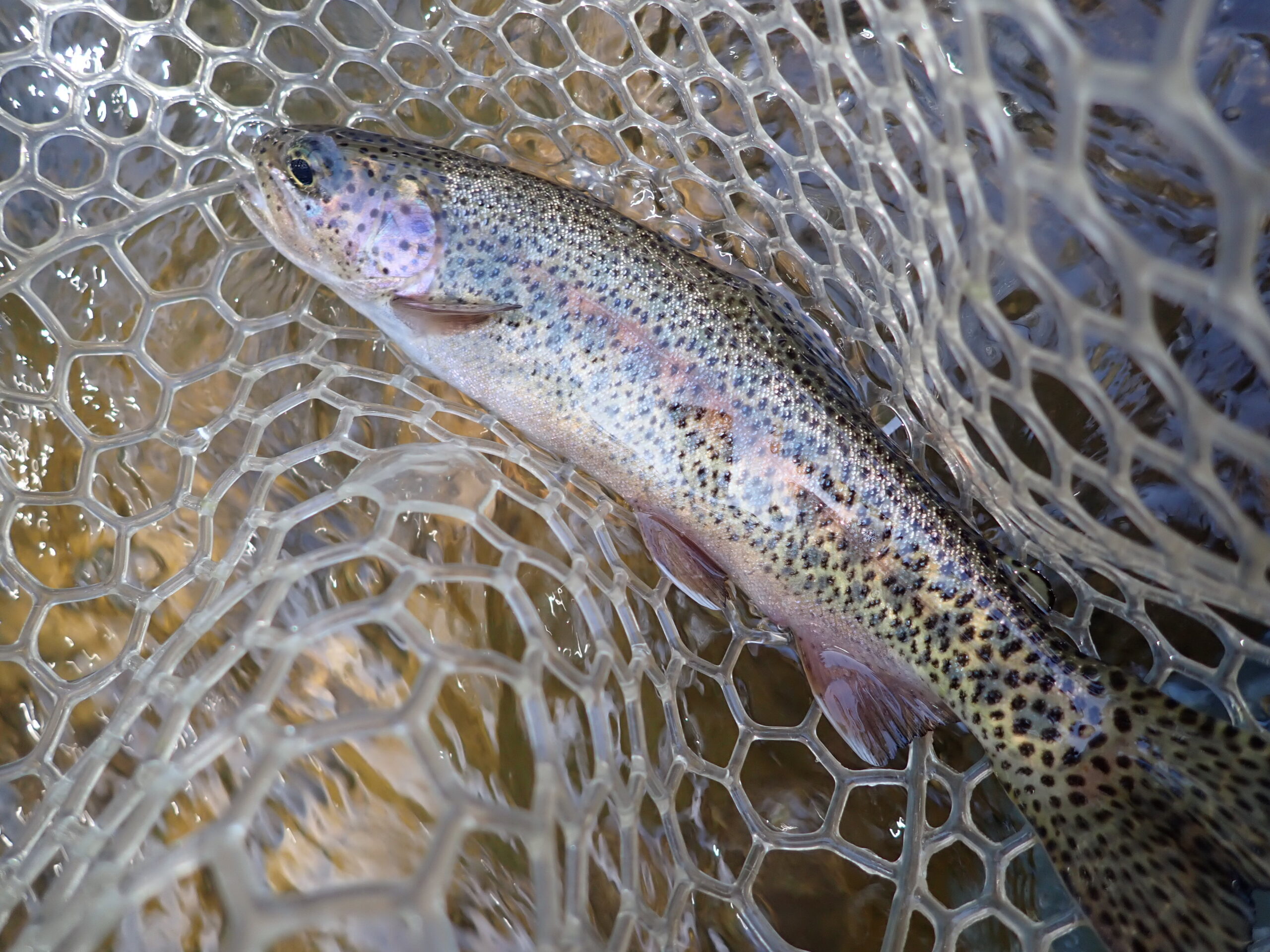 Covered in Spots
Covered in Spots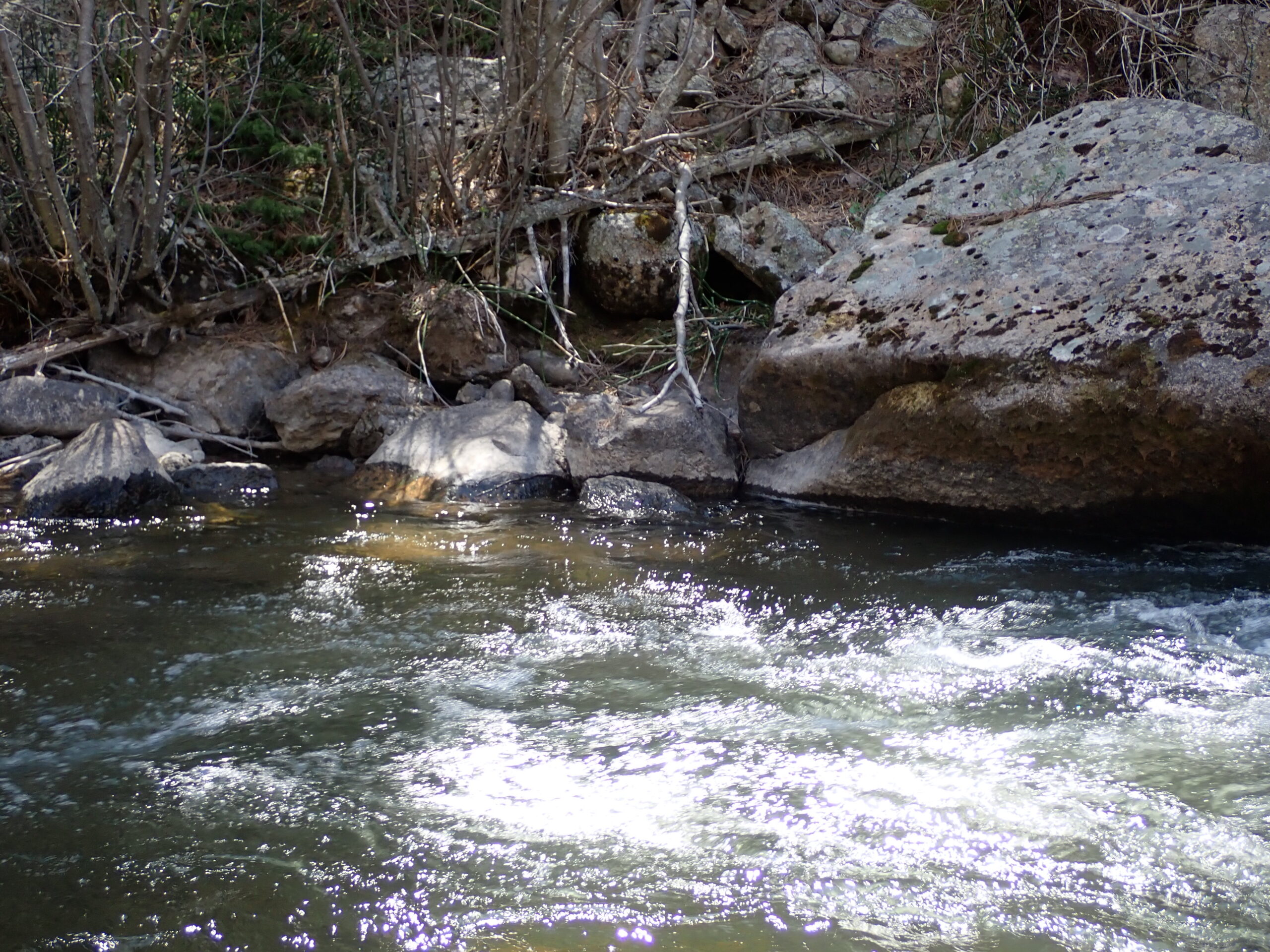 Narrow Ribbon of Fishable Water
Narrow Ribbon of Fishable Water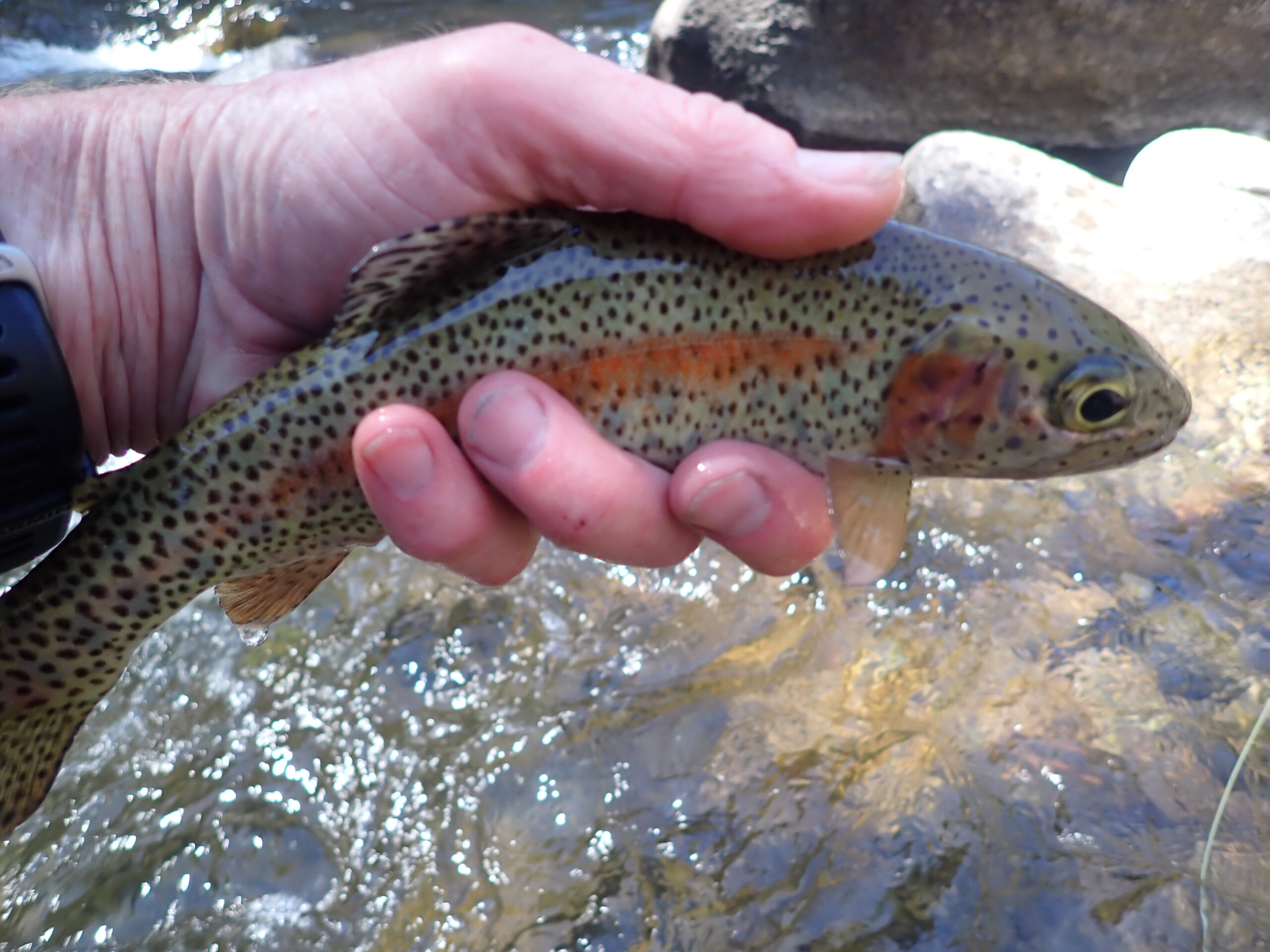 Stripe Separate from Cheek
Stripe Separate from Cheek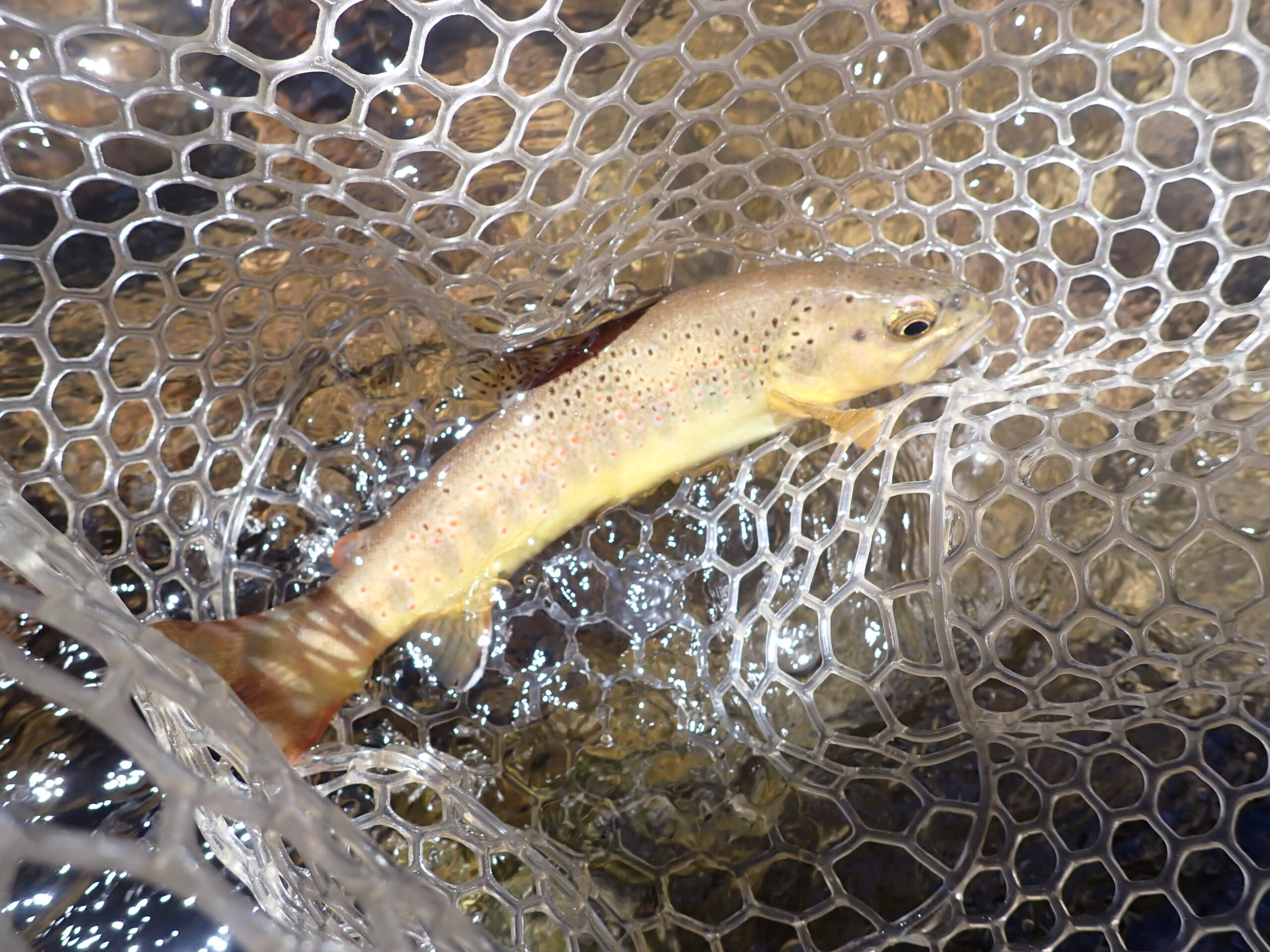 A Brown Joins the Fun
A Brown Joins the Fun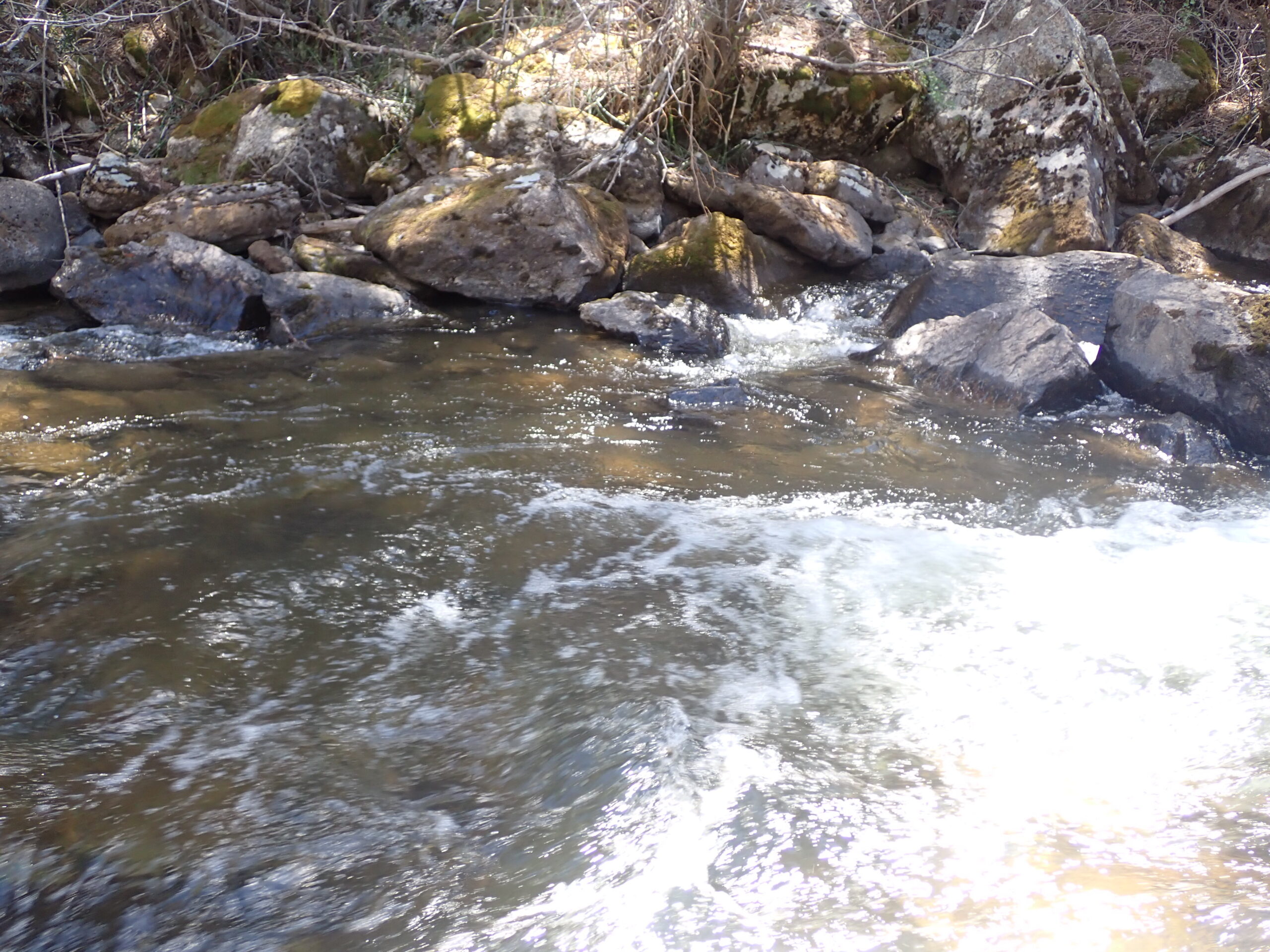 Nice Bankside Run
Nice Bankside Run Scene of Rising Fish
Scene of Rising Fish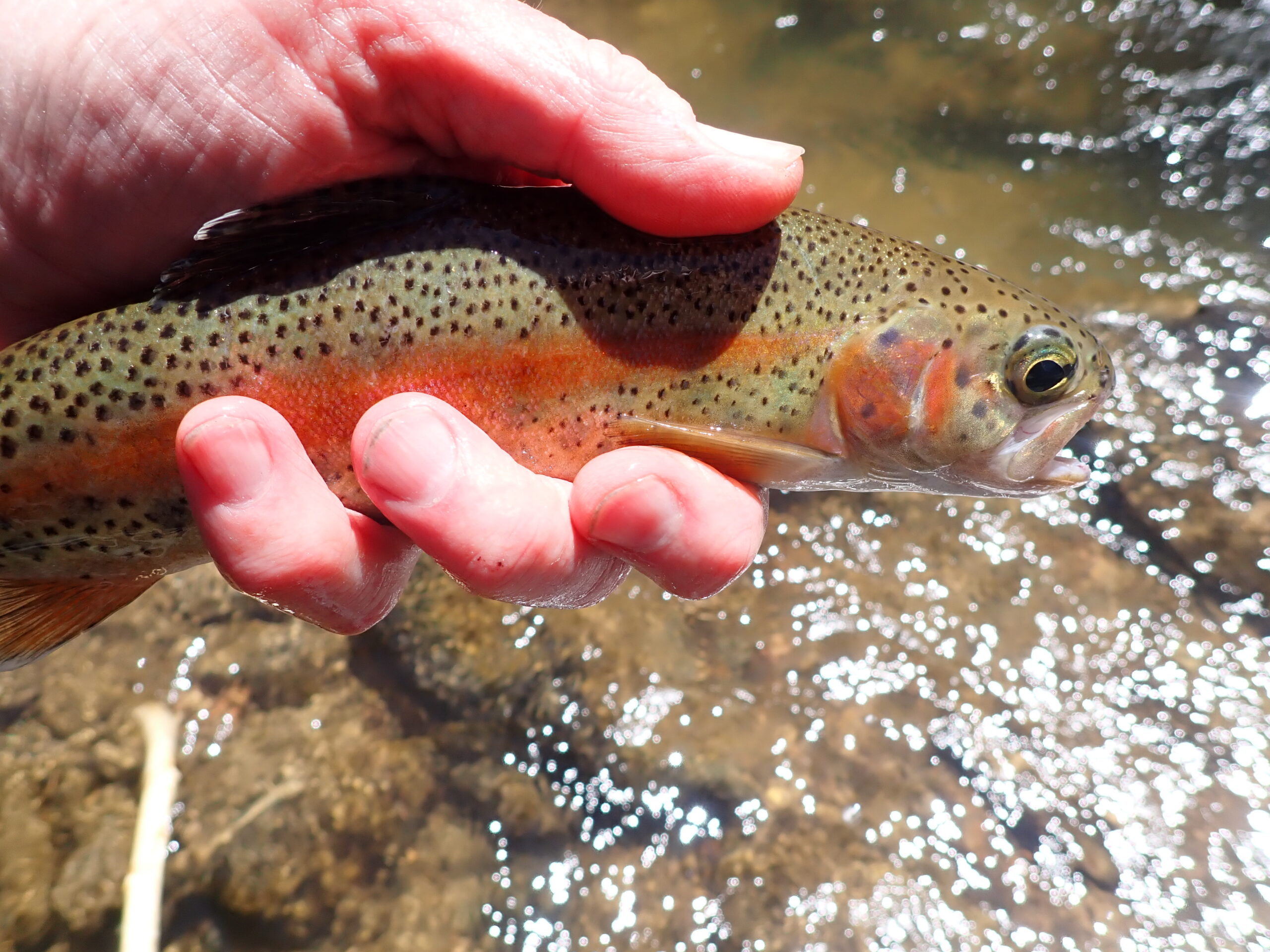 Brilliant
Brilliant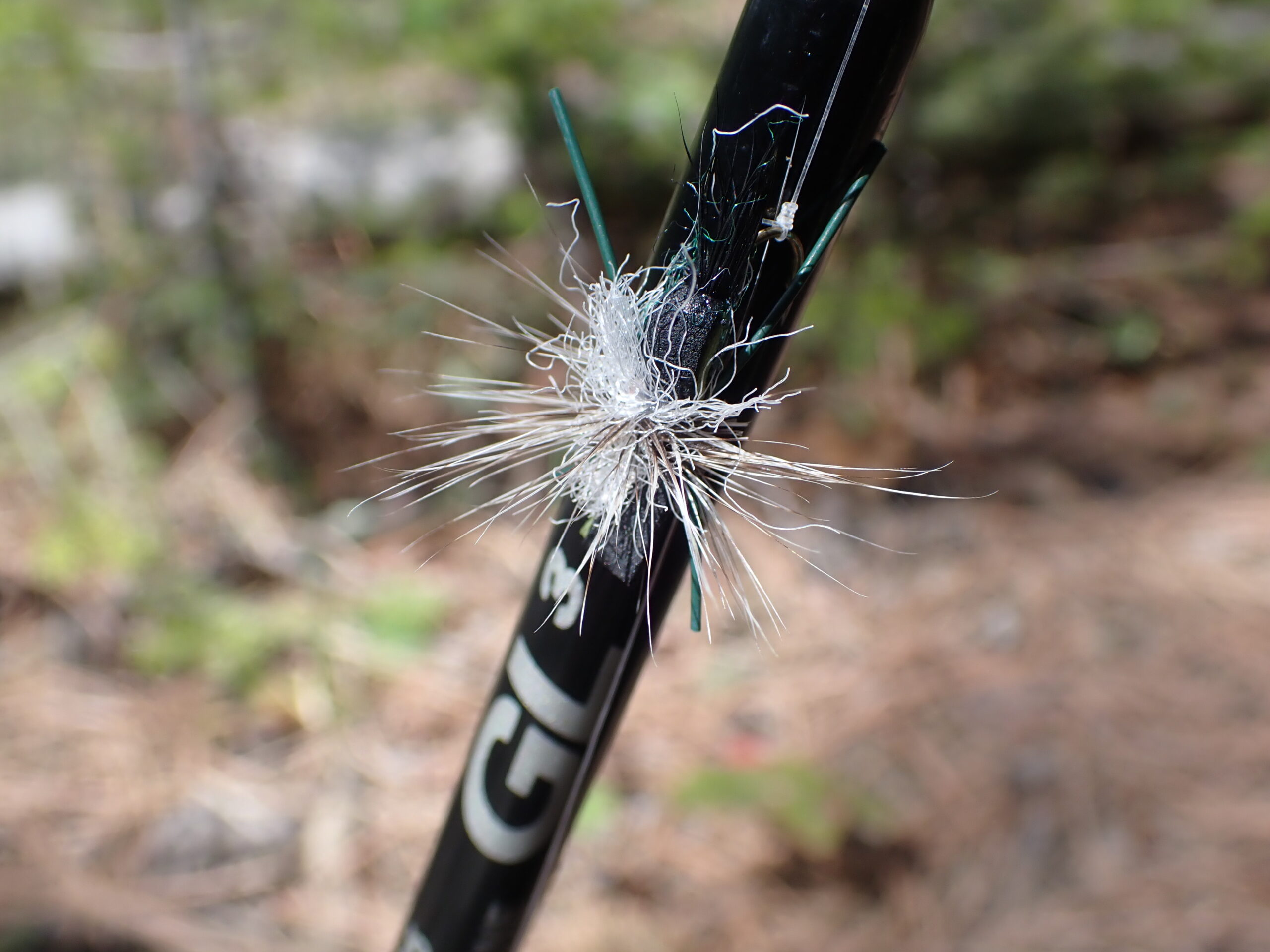 The Workhorse Fly on Sunday
The Workhorse Fly on Sunday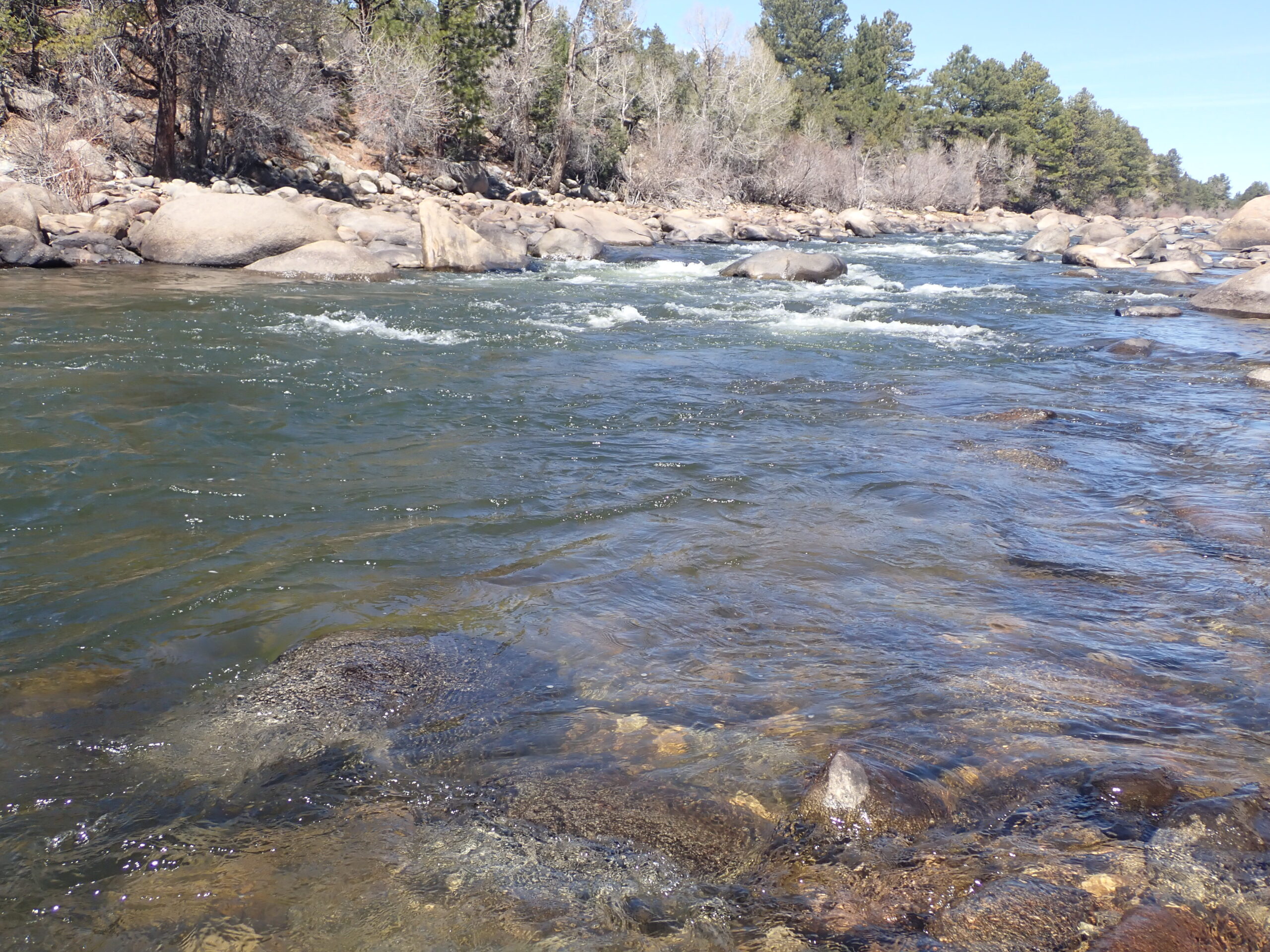 Clear Conditions
Clear Conditions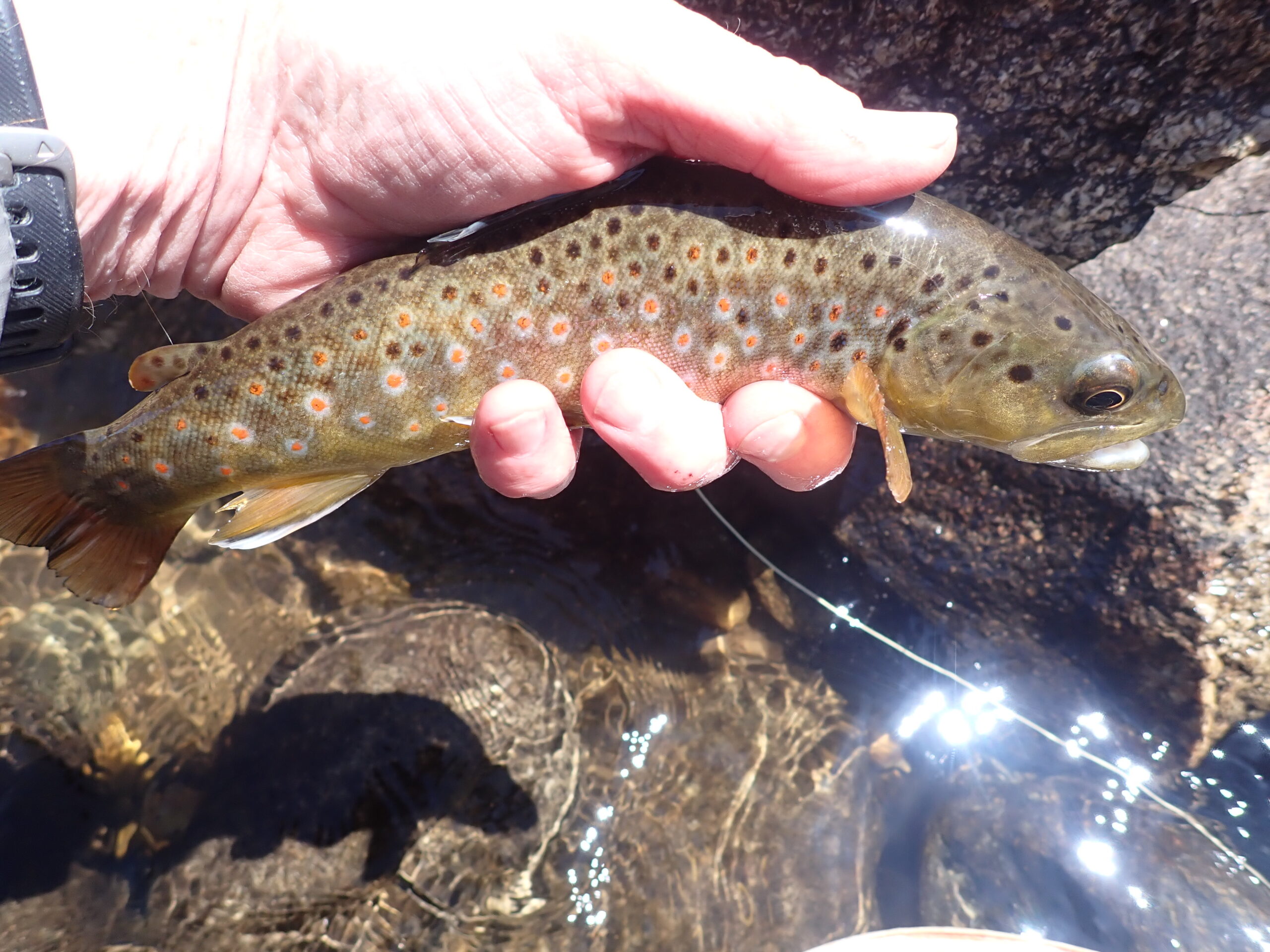 Not a Bad Start
Not a Bad Start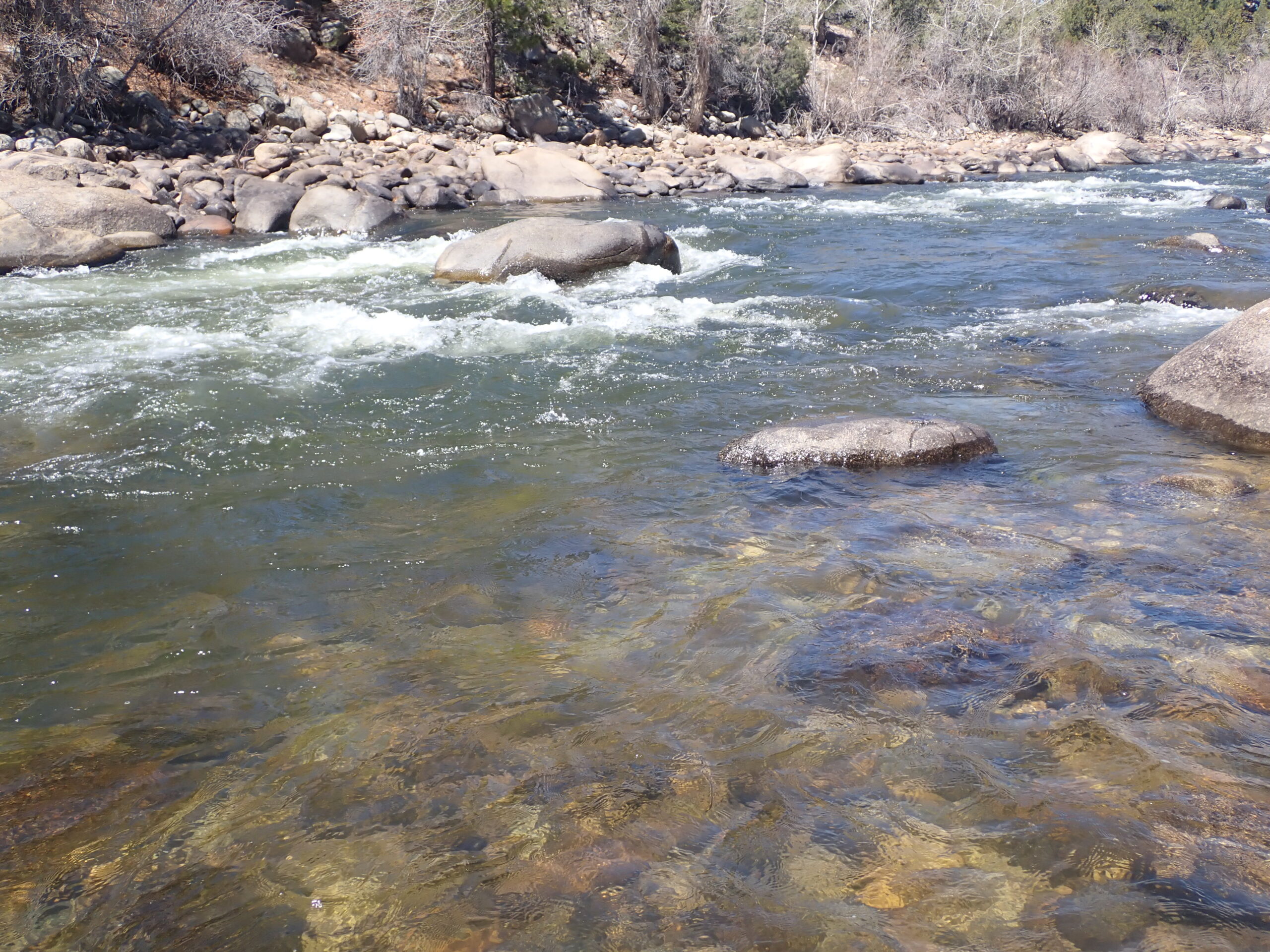 Salivating
Salivating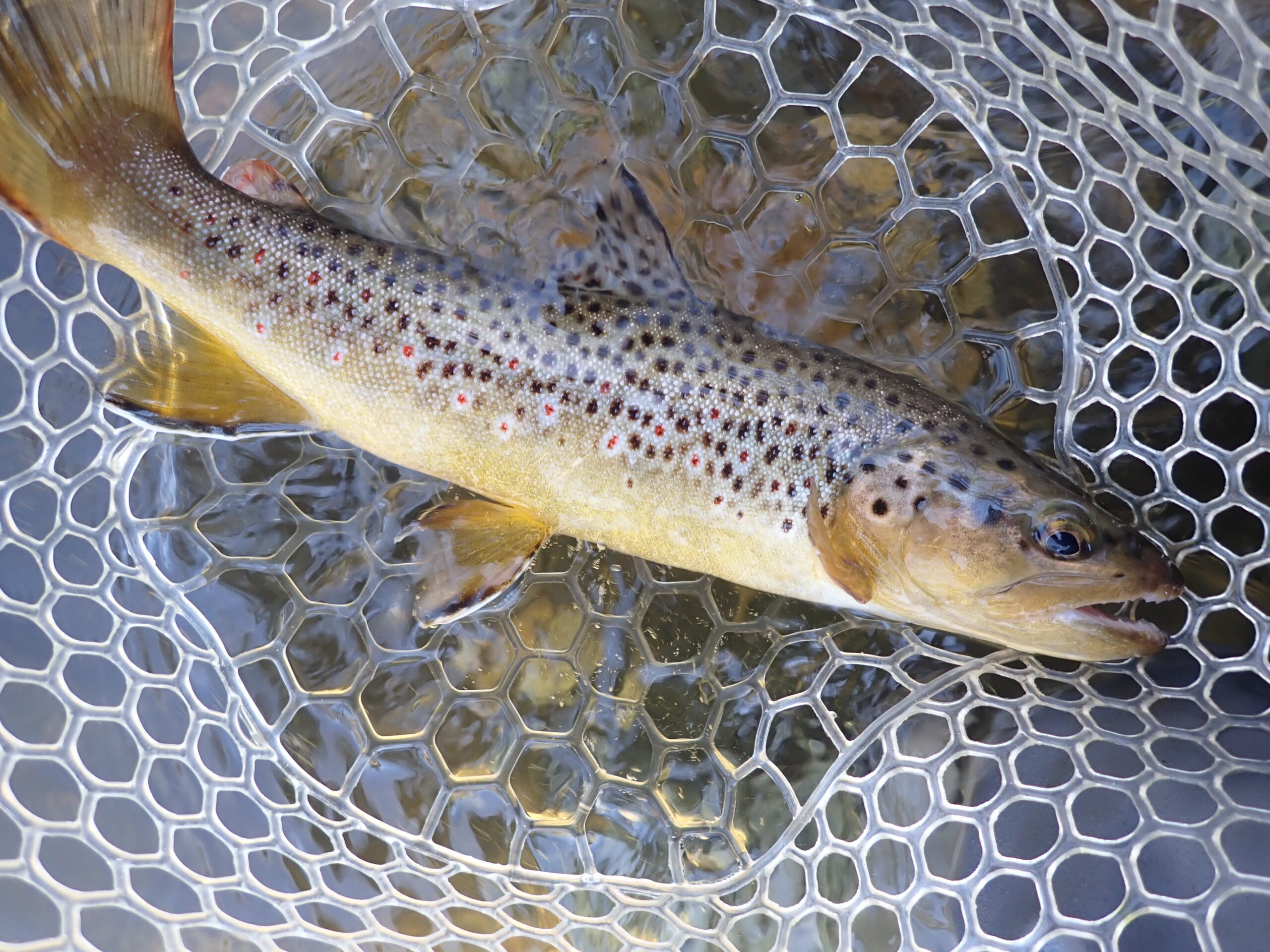 Very Respectable
Very Respectable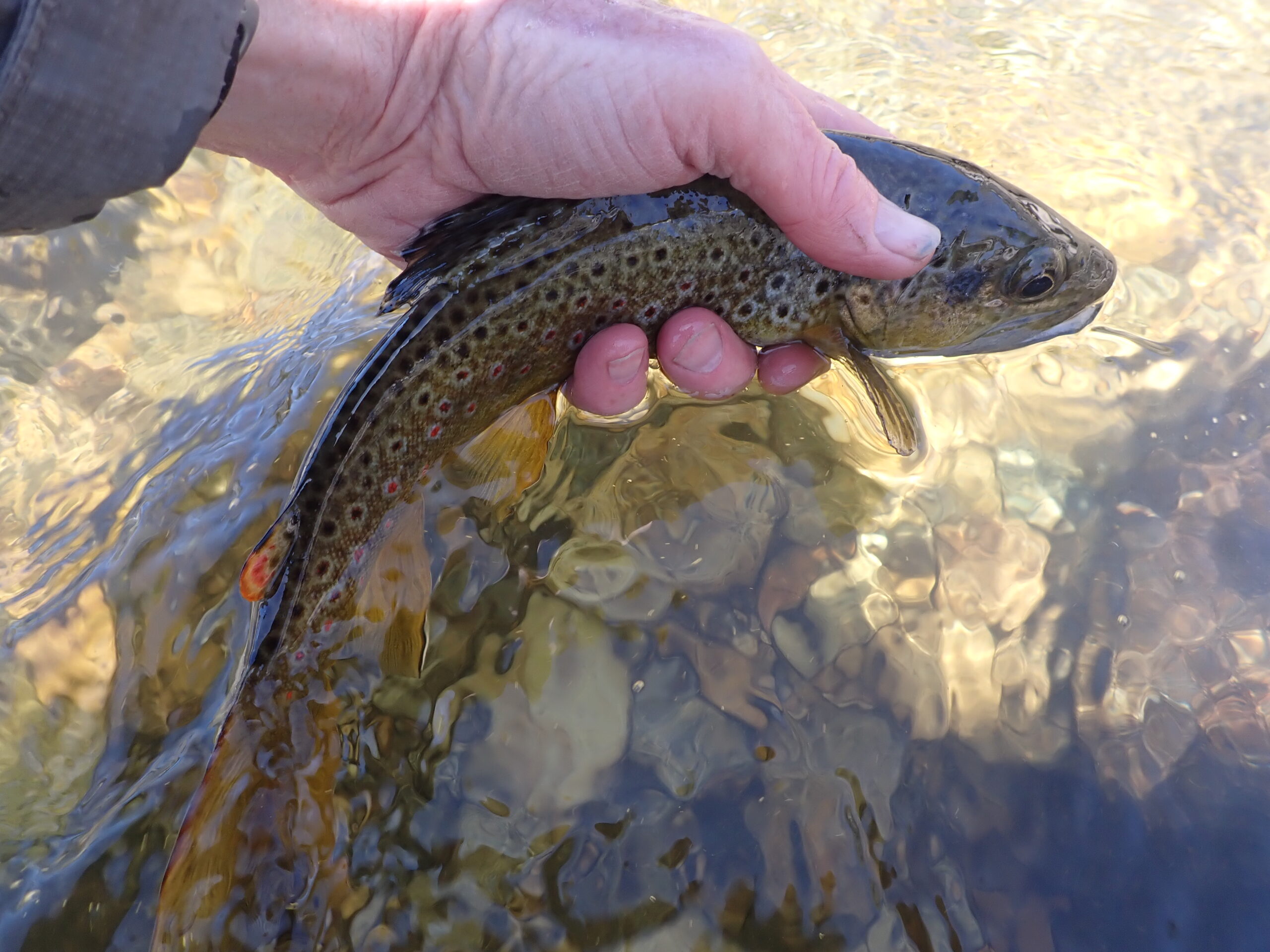 Above the Water
Above the Water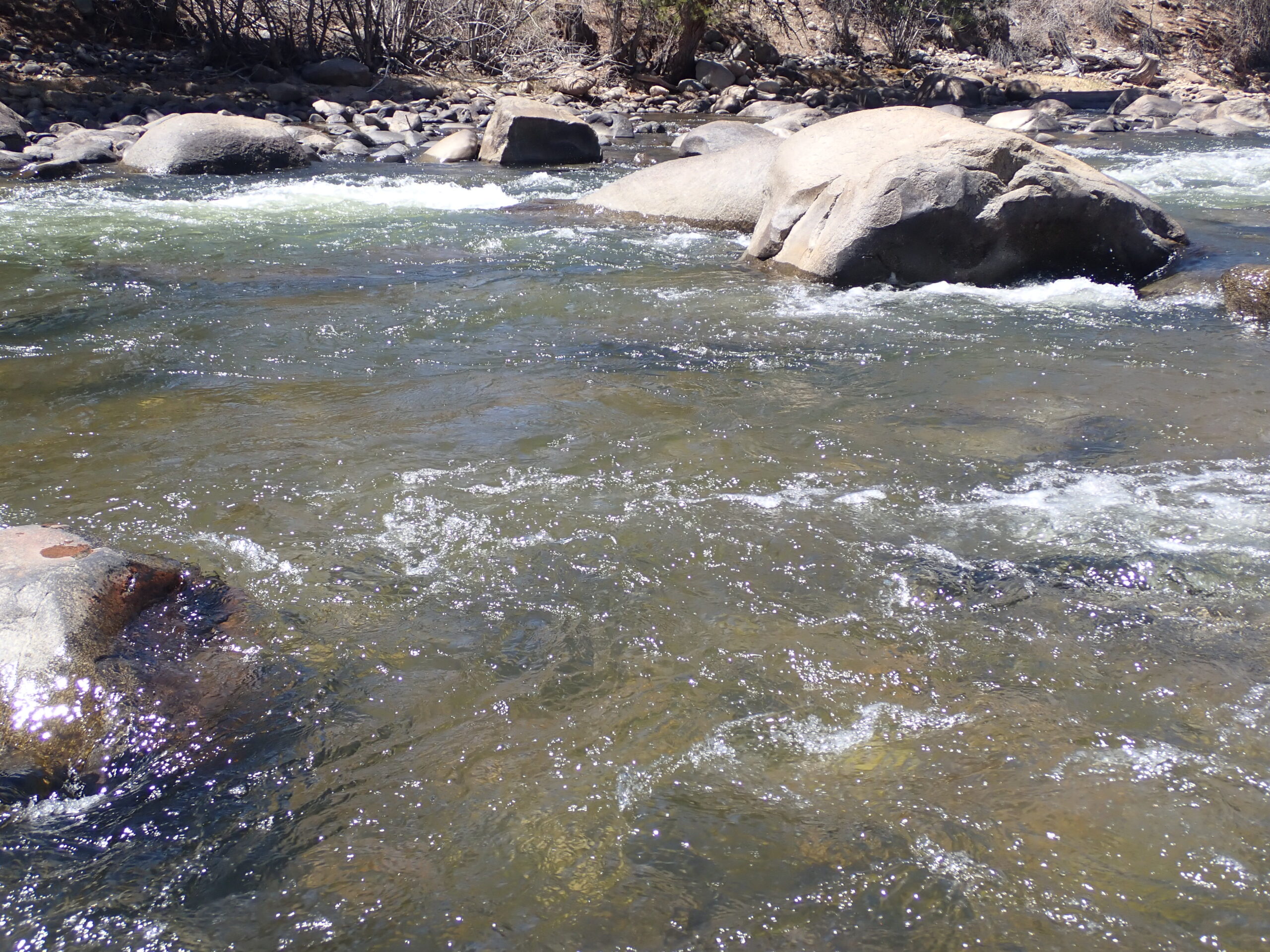 Slow Current and Depth Were Key
Slow Current and Depth Were Key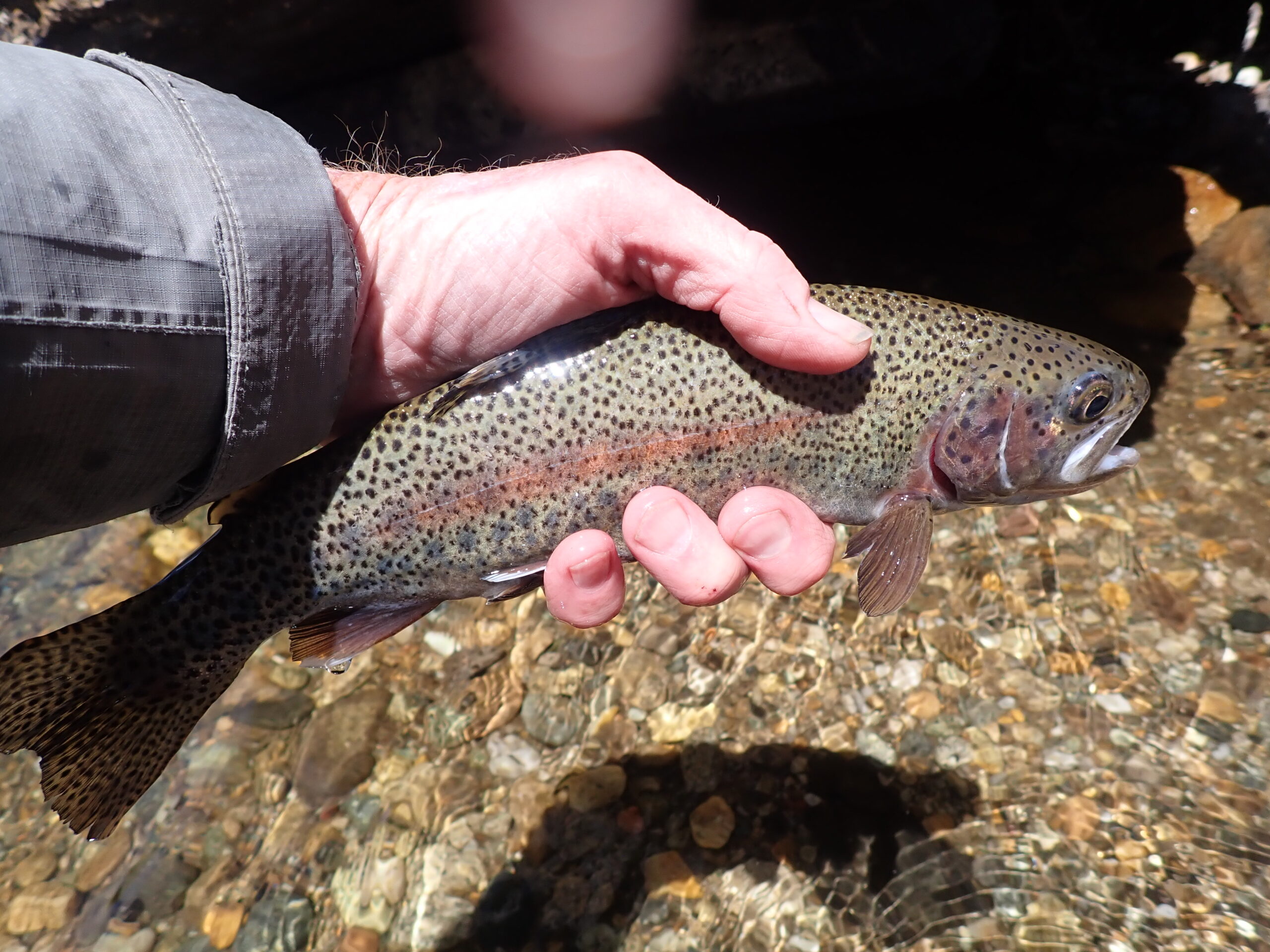 On Display
On Display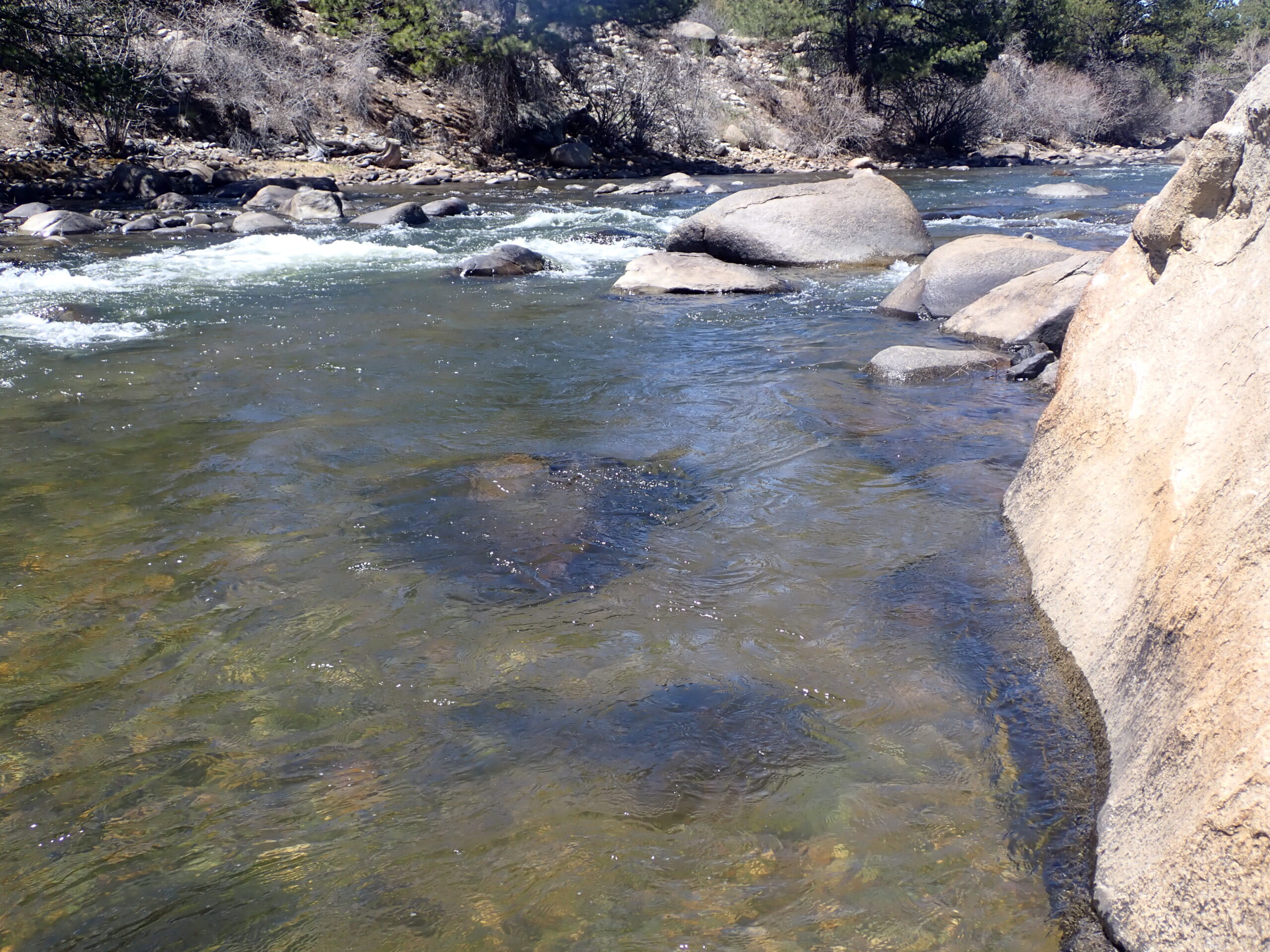 Portends Success
Portends Success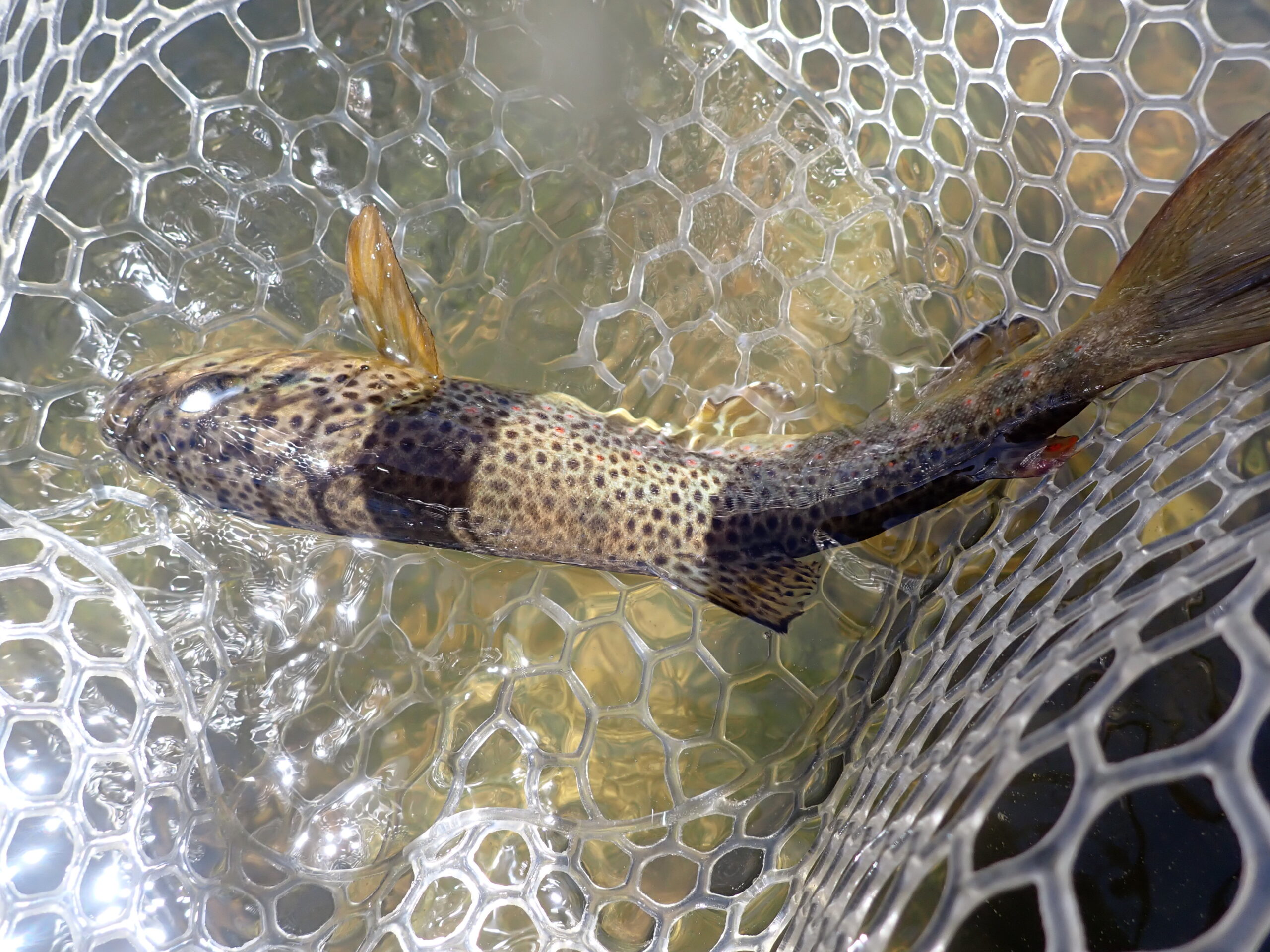 Nice One
Nice One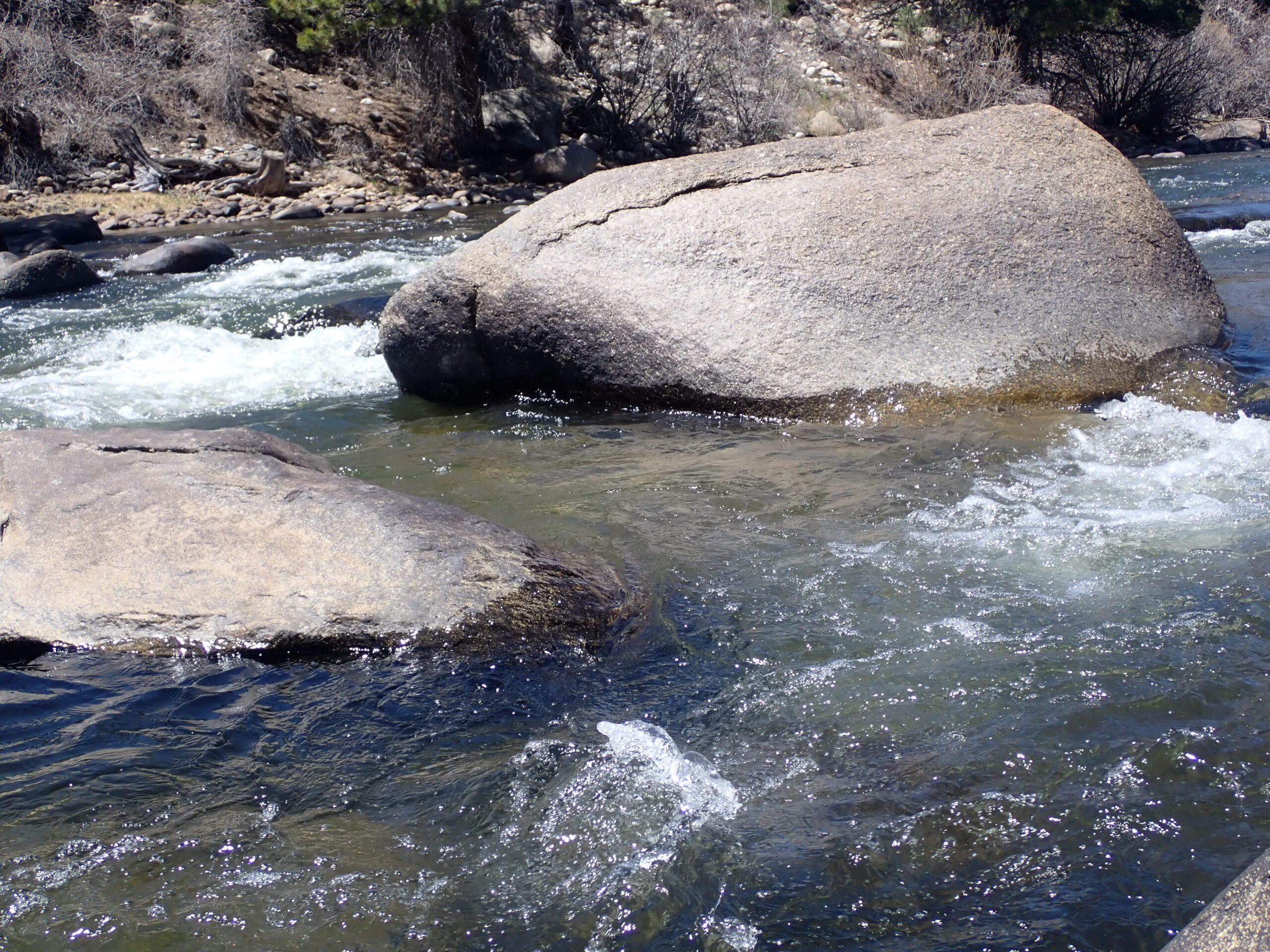 Surprised by One from the Narrow Space Between Exposed Rocks
Surprised by One from the Narrow Space Between Exposed Rocks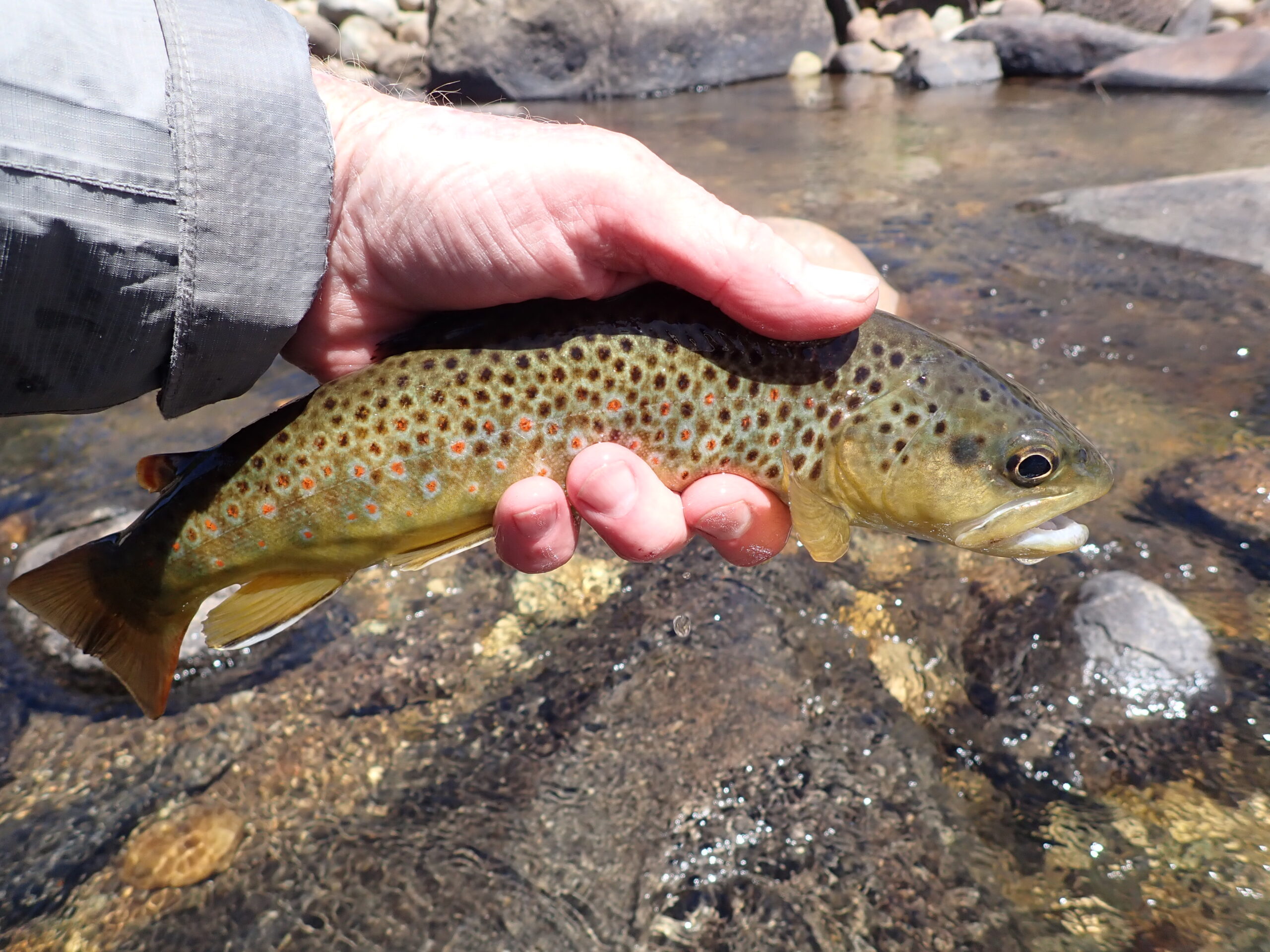 Spots and Colors Superb
Spots and Colors Superb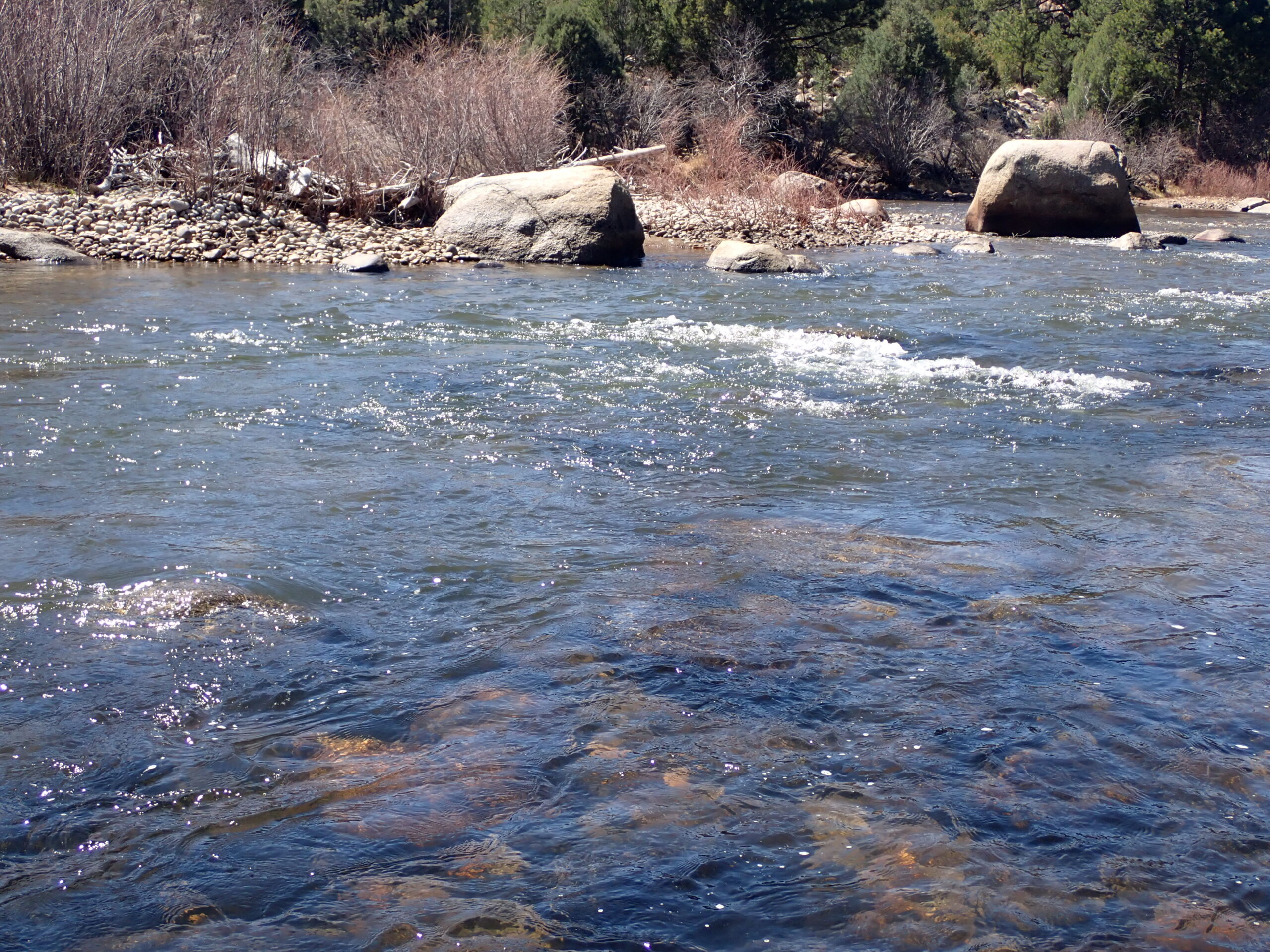 Riffle Section
Riffle Section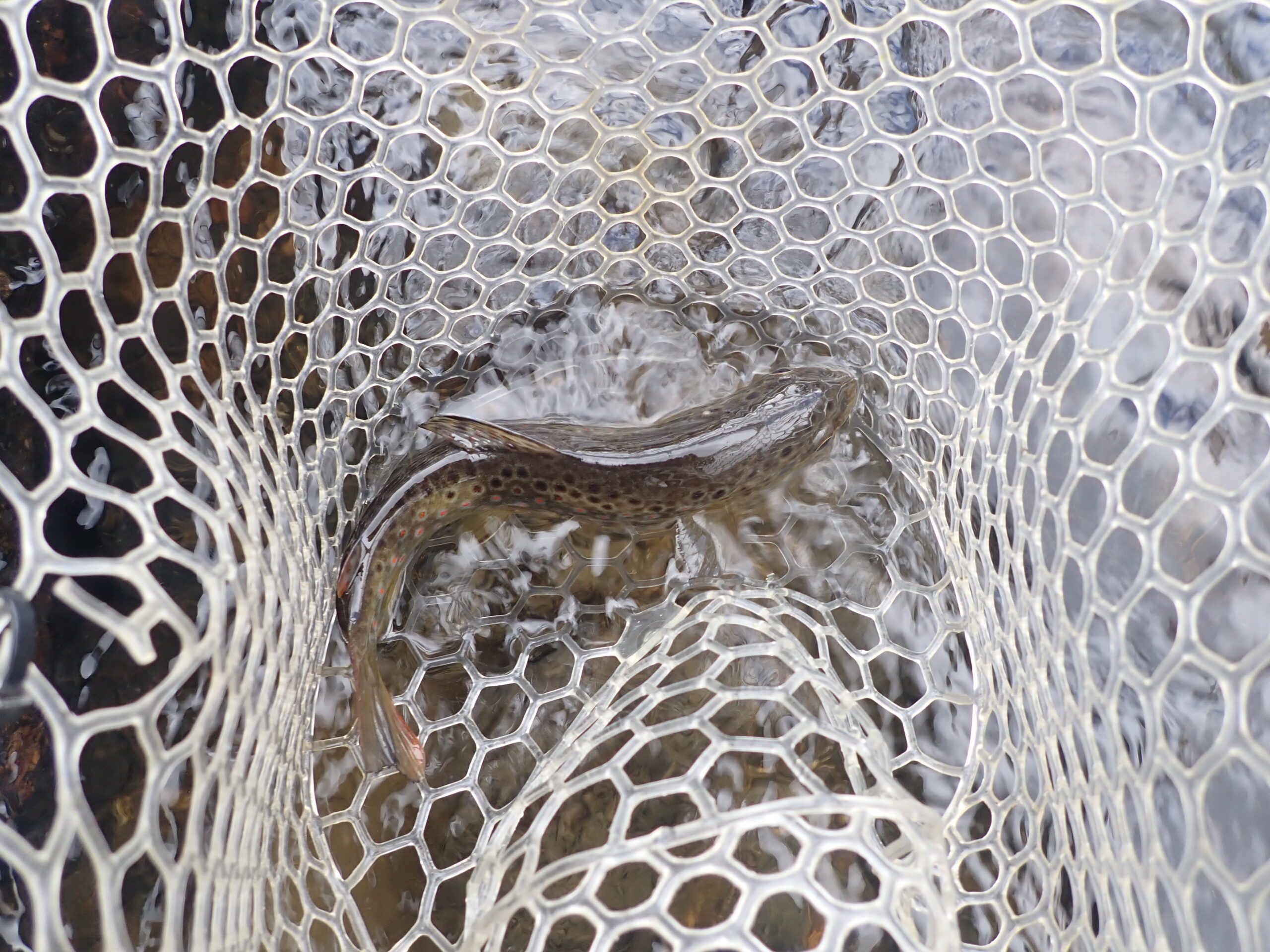 Curved Position
Curved Position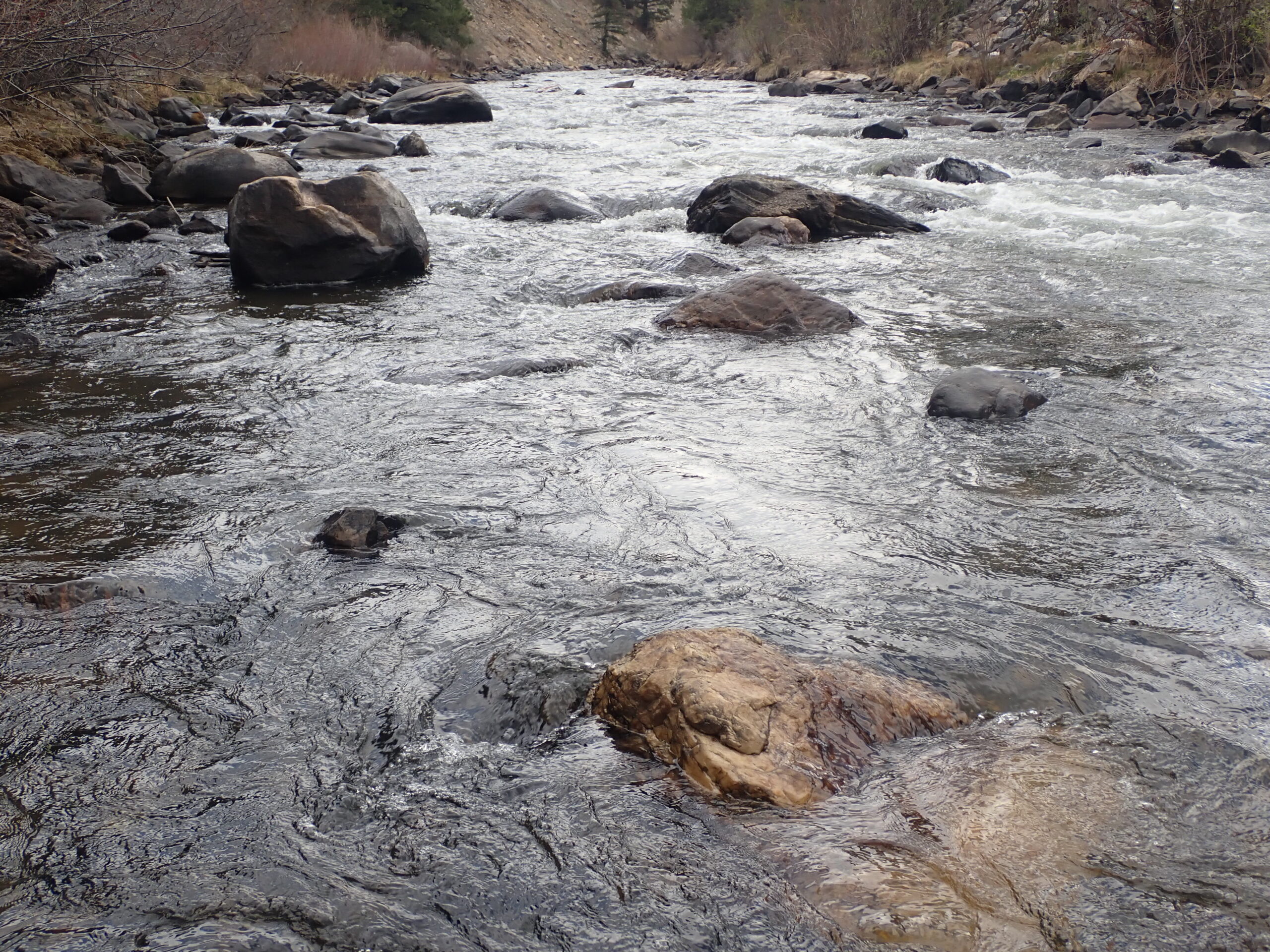 Pocket Water
Pocket Water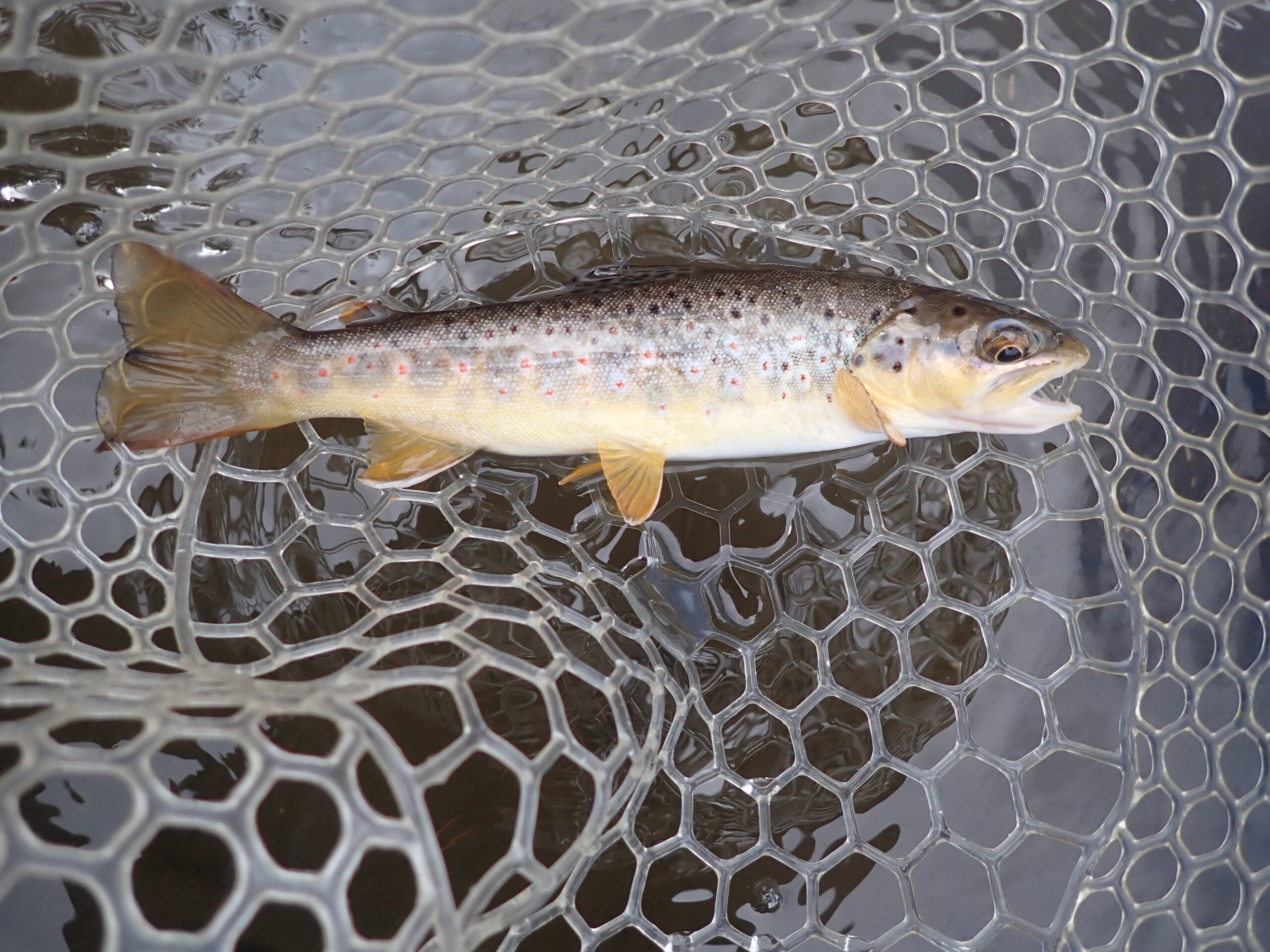 Stretched Out
Stretched Out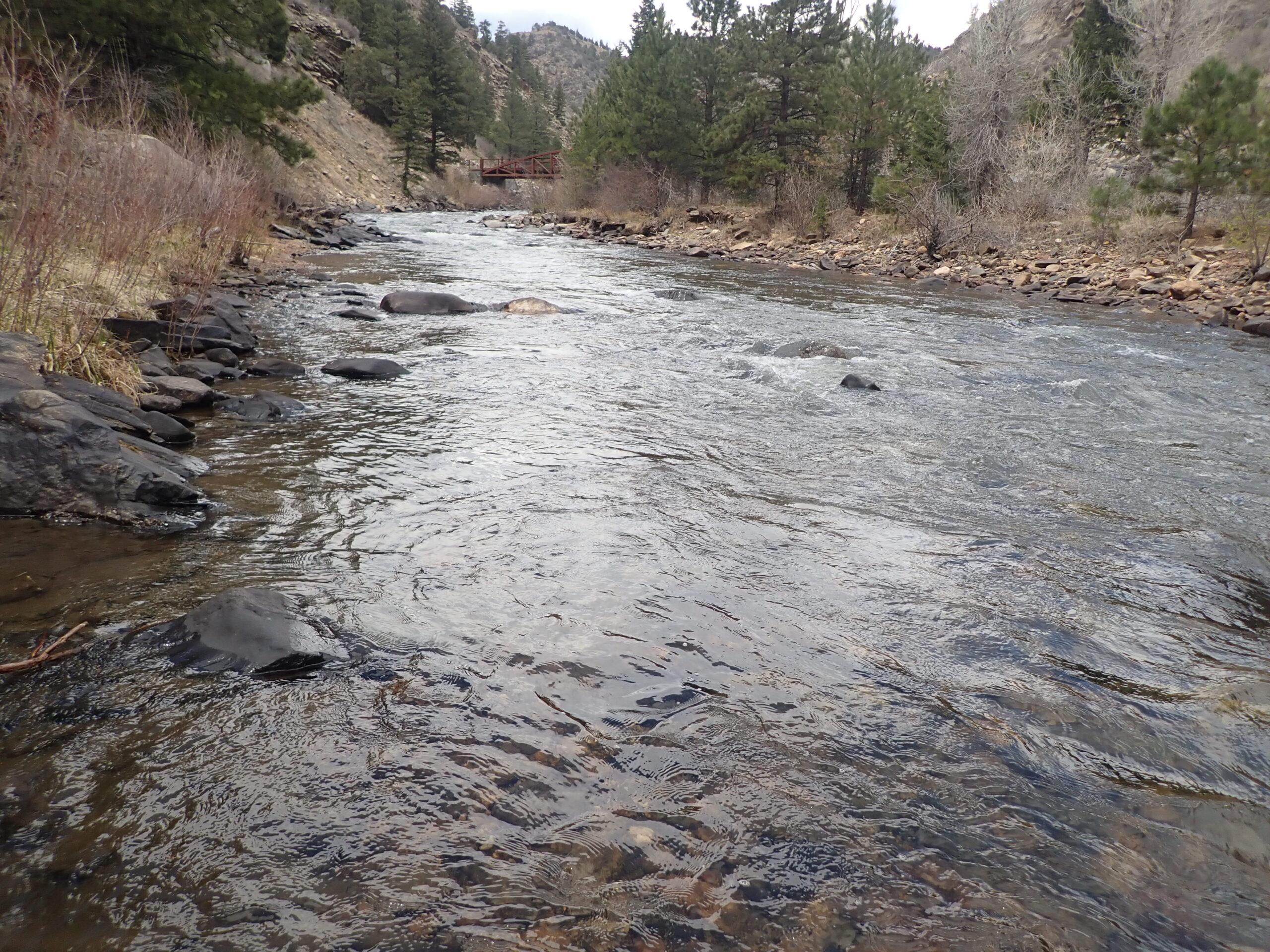 Nice Pool
Nice Pool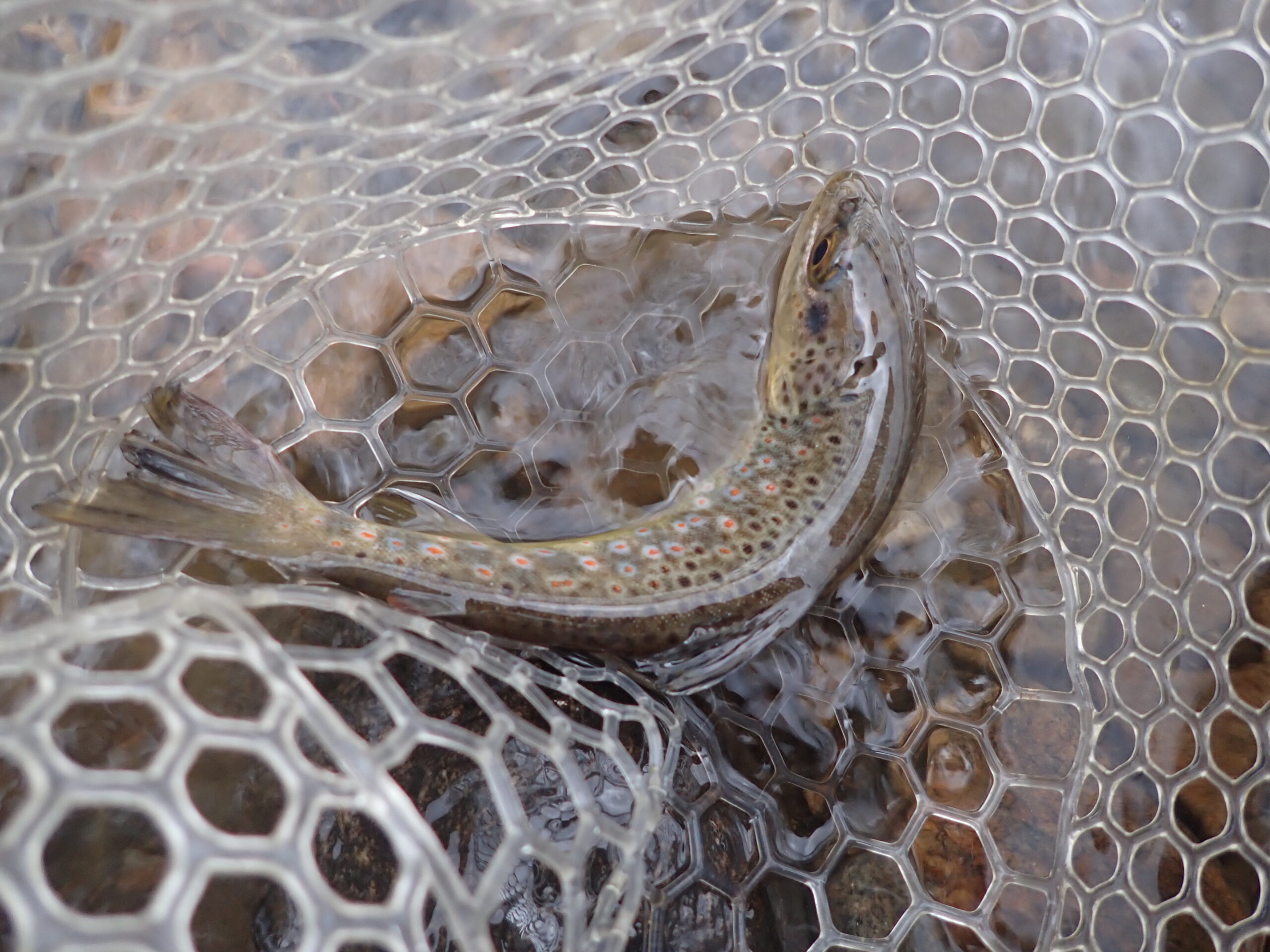 A Bit Larger
A Bit Larger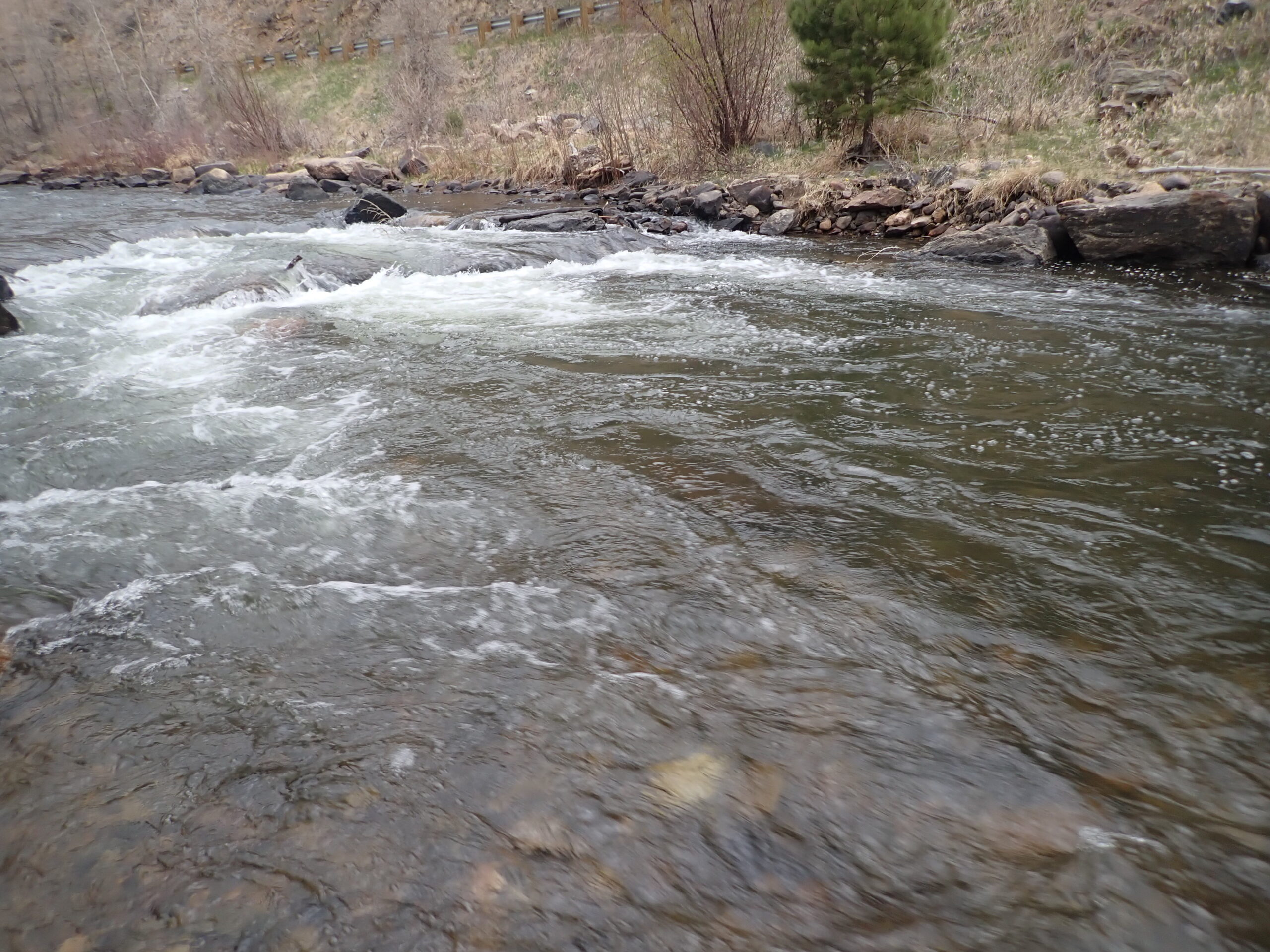 Productive Water
Productive Water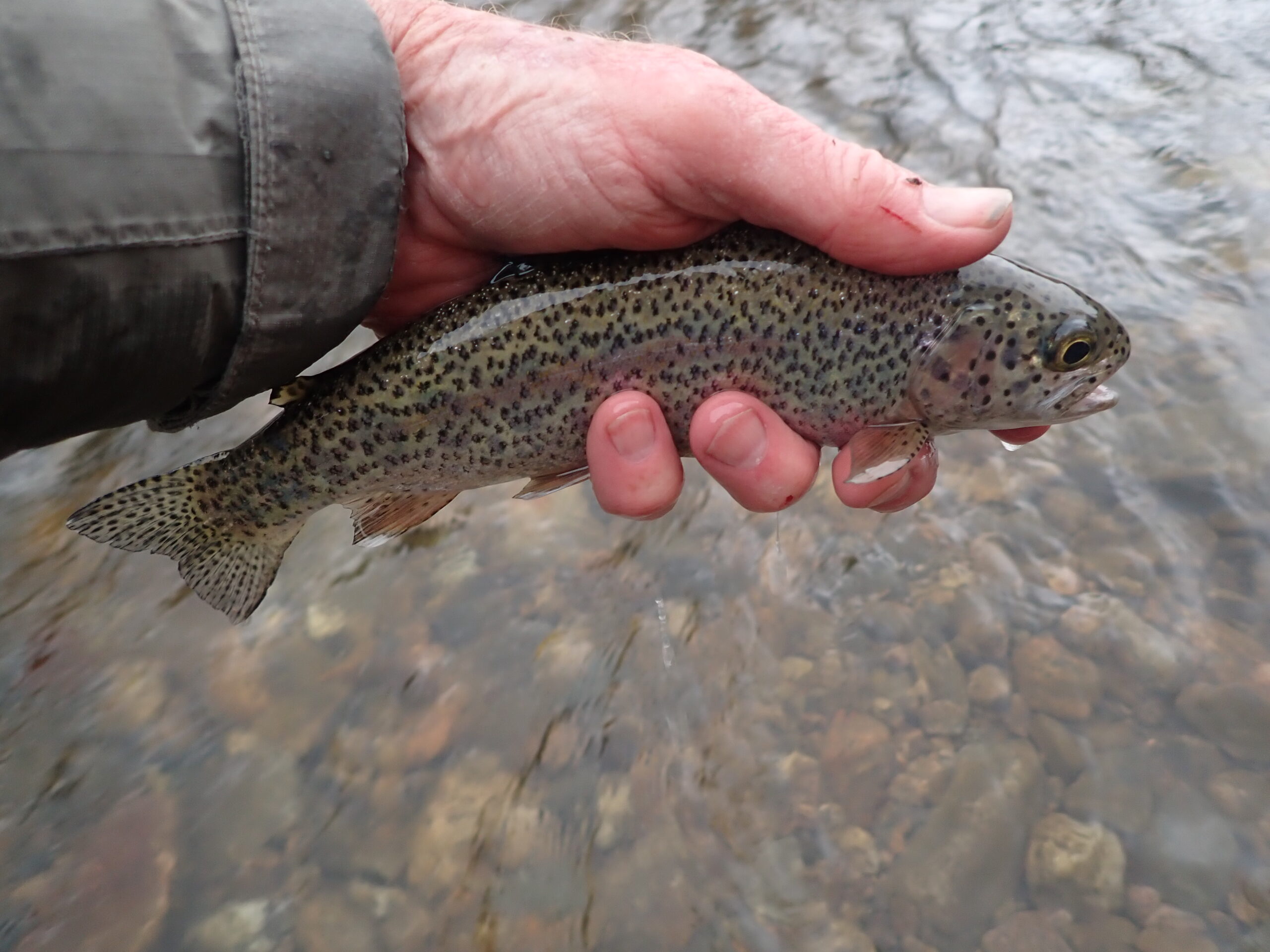 One of Two Rainbows
One of Two Rainbows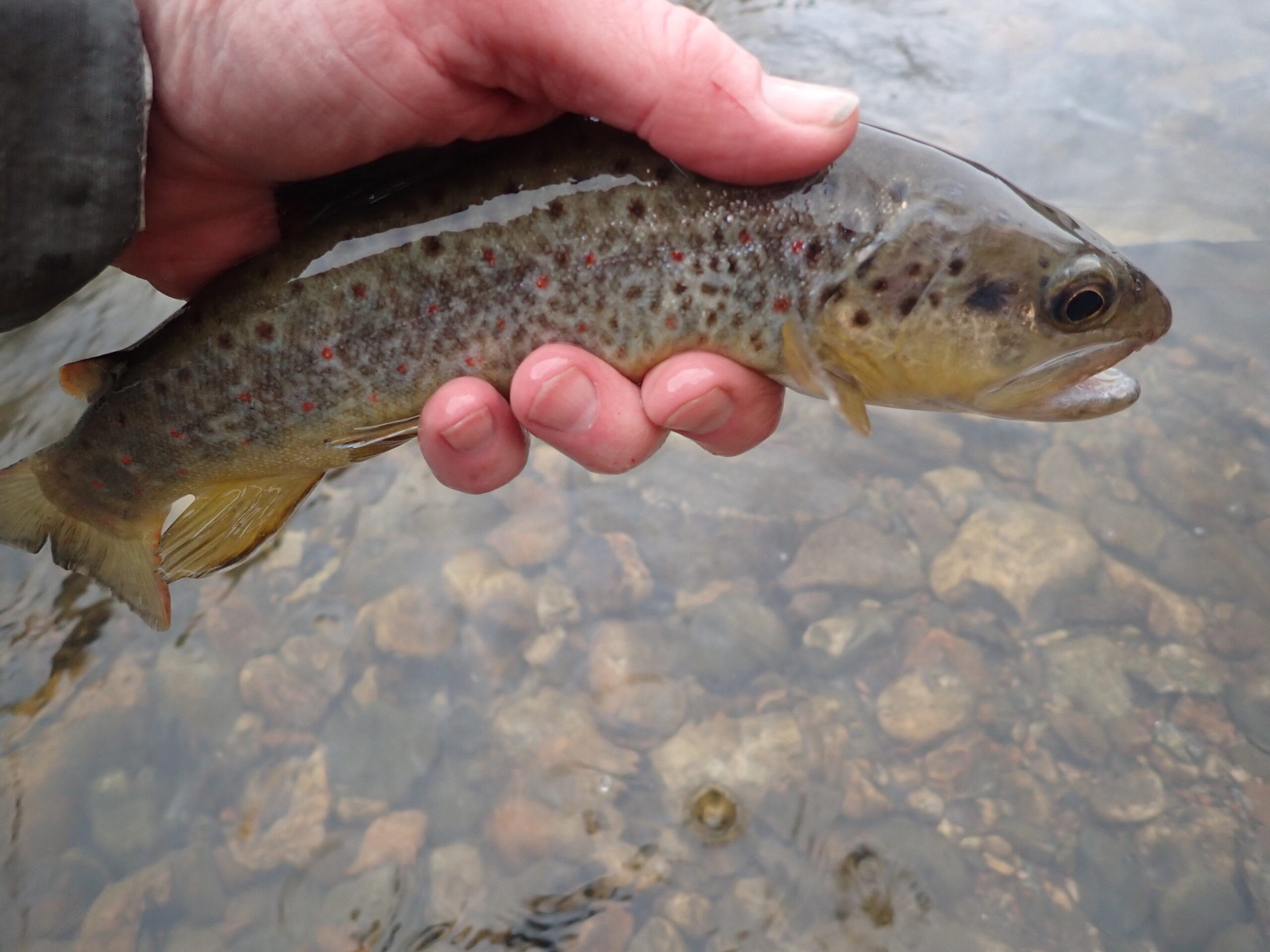 Raised Up
Raised Up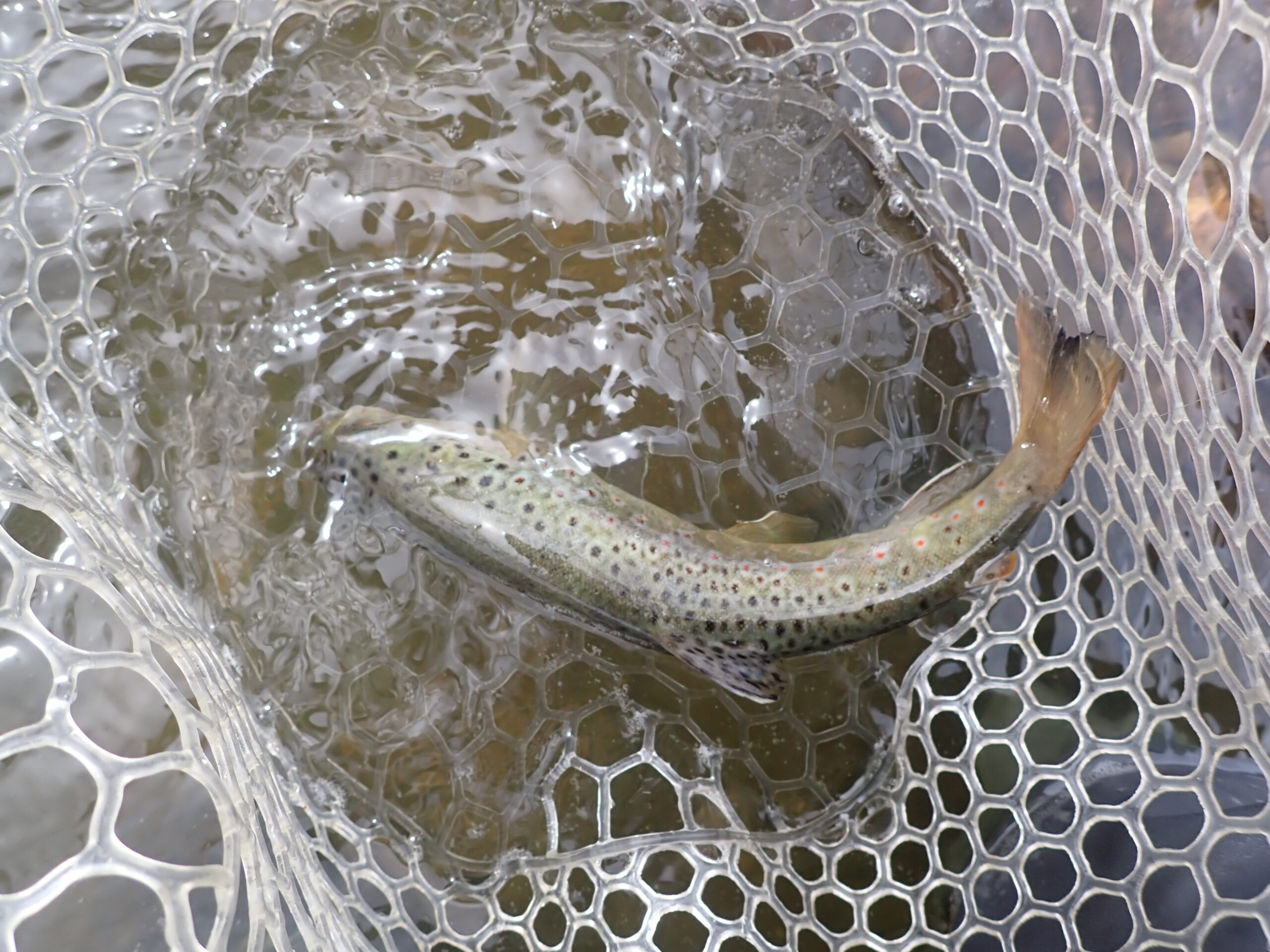 Early Success
Early Success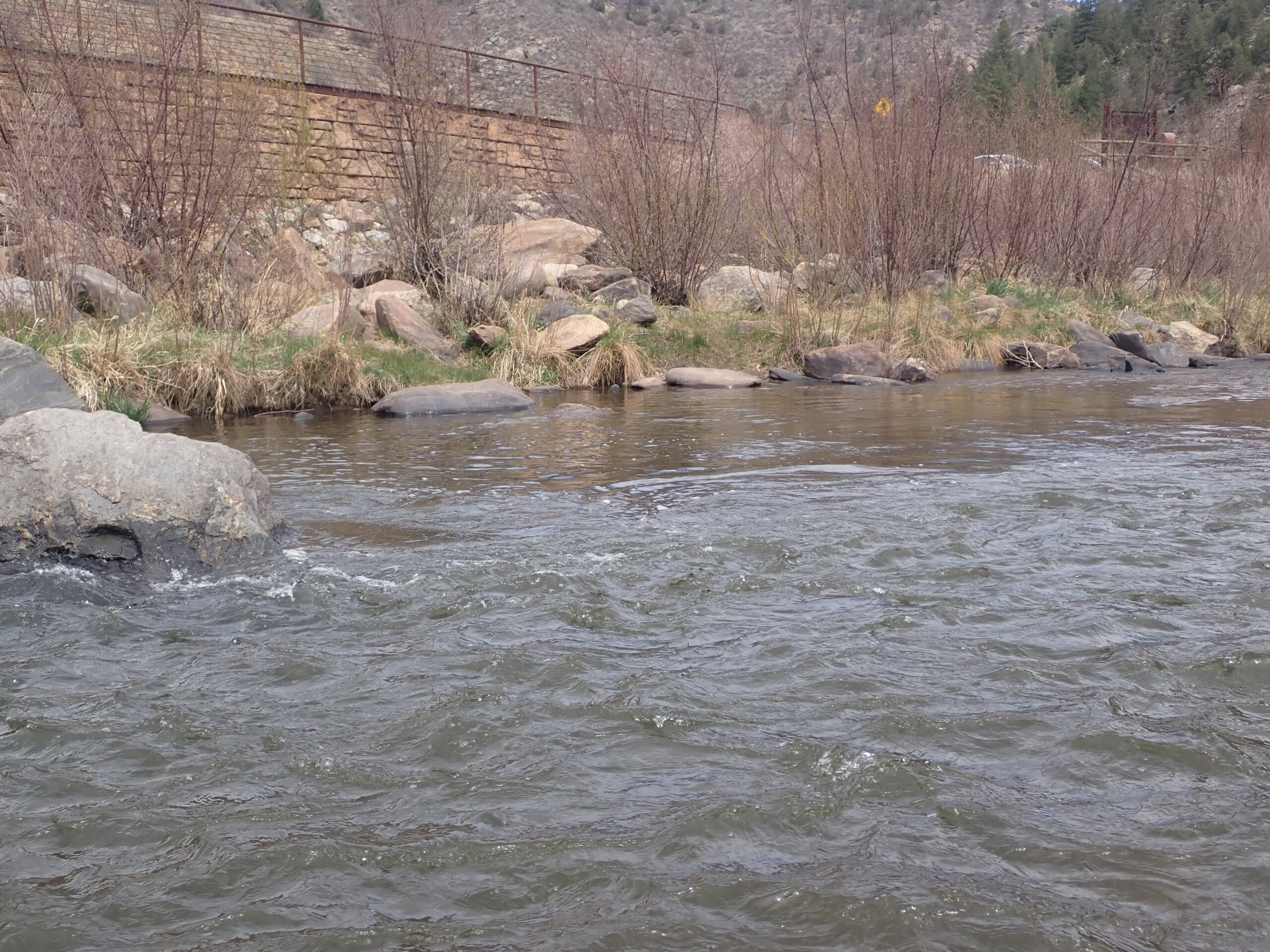 Many Rising Fish in the Pool Behind the Exposed Rock on the Left
Many Rising Fish in the Pool Behind the Exposed Rock on the Left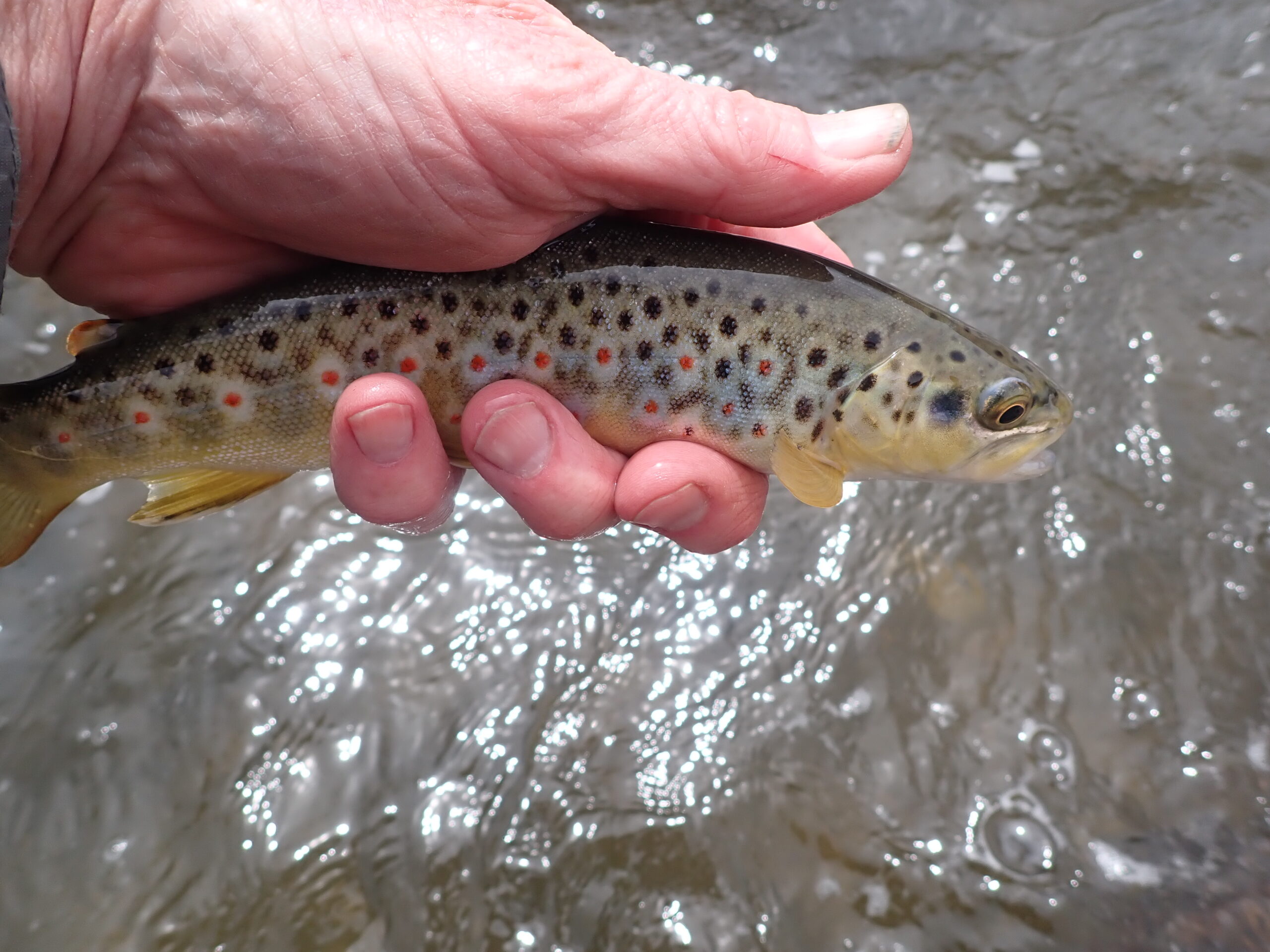 Grand Colors
Grand Colors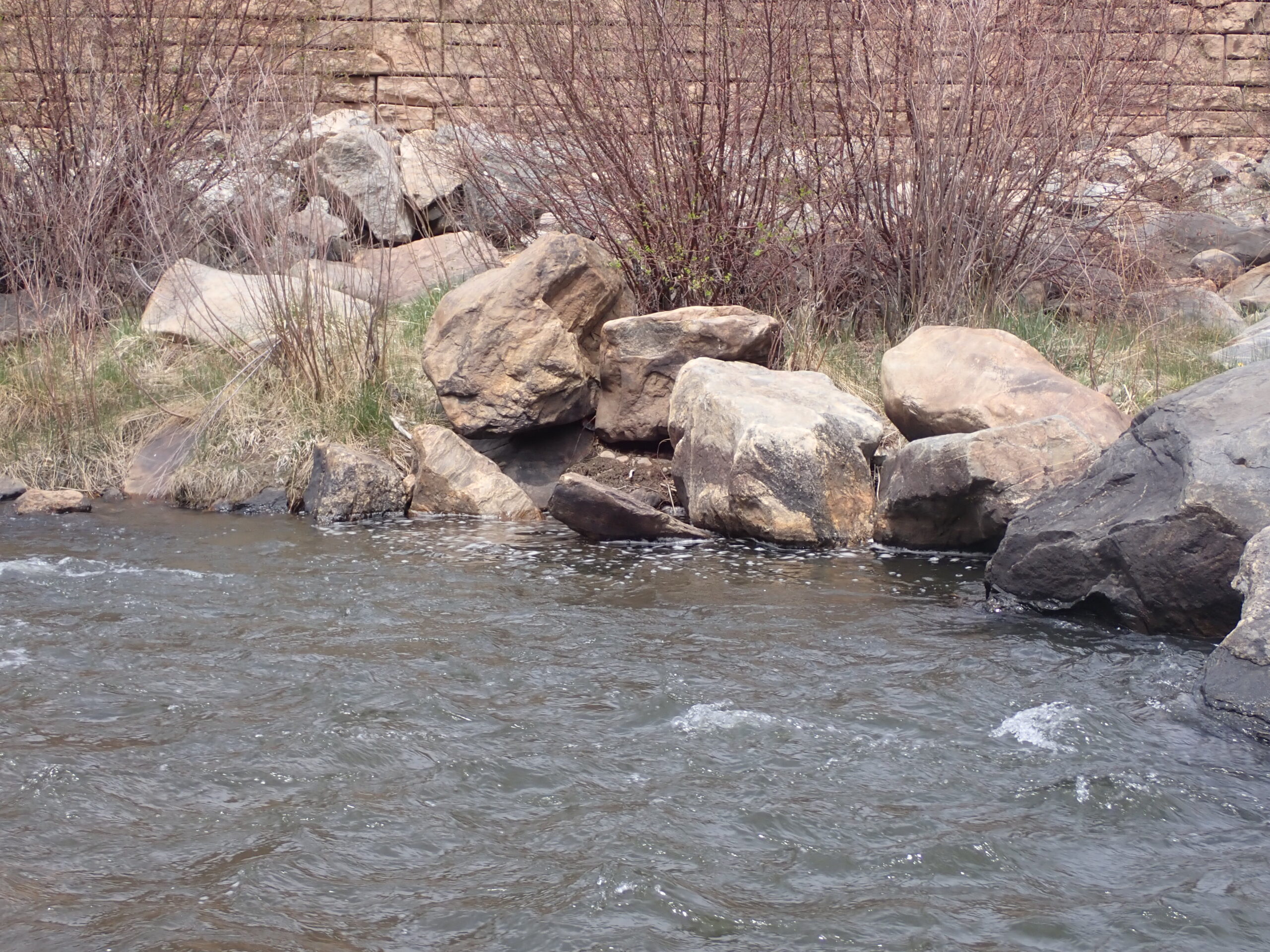 The Bubbles Held a Rising Fish
The Bubbles Held a Rising Fish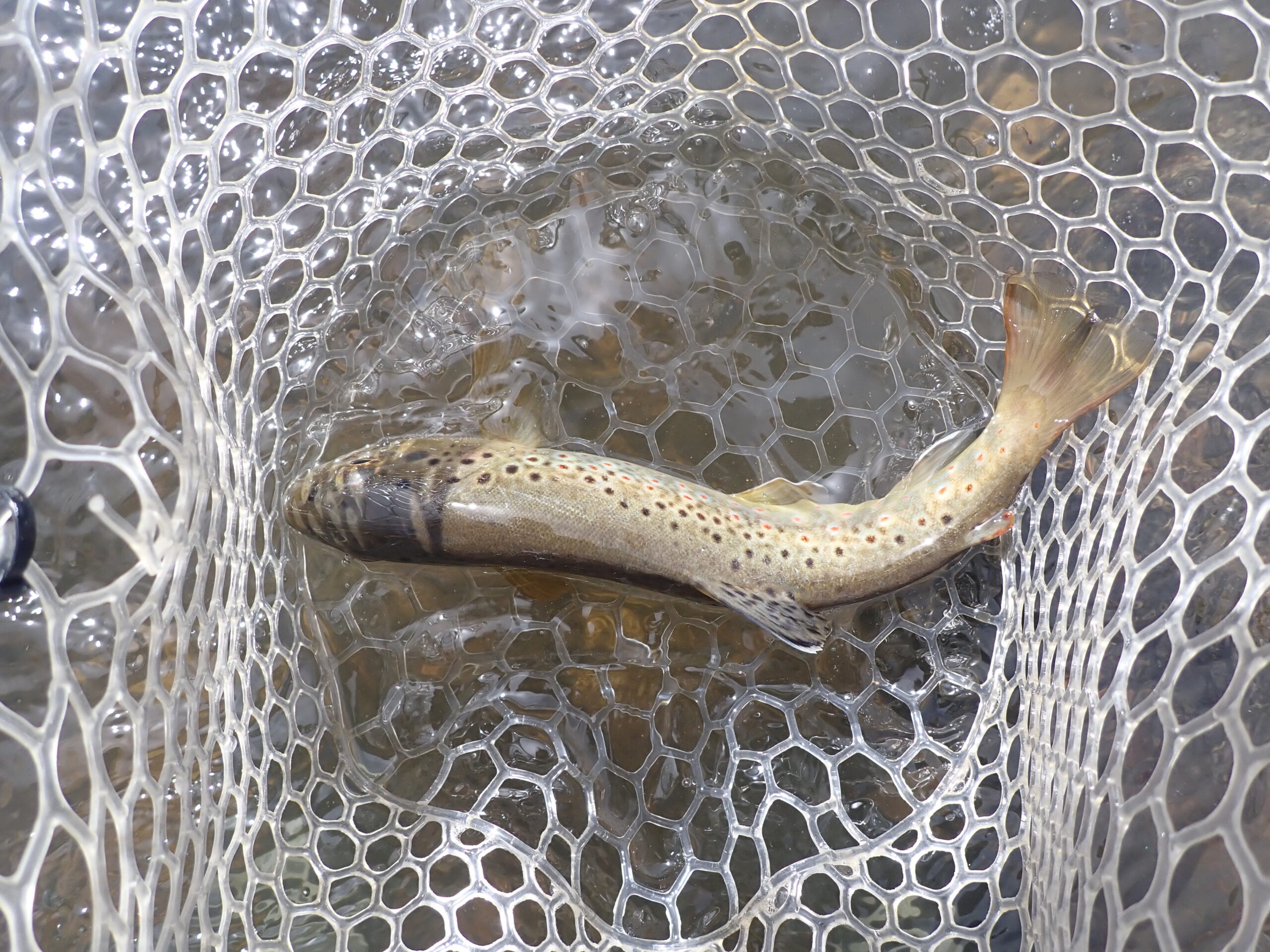 Not Bad
Not Bad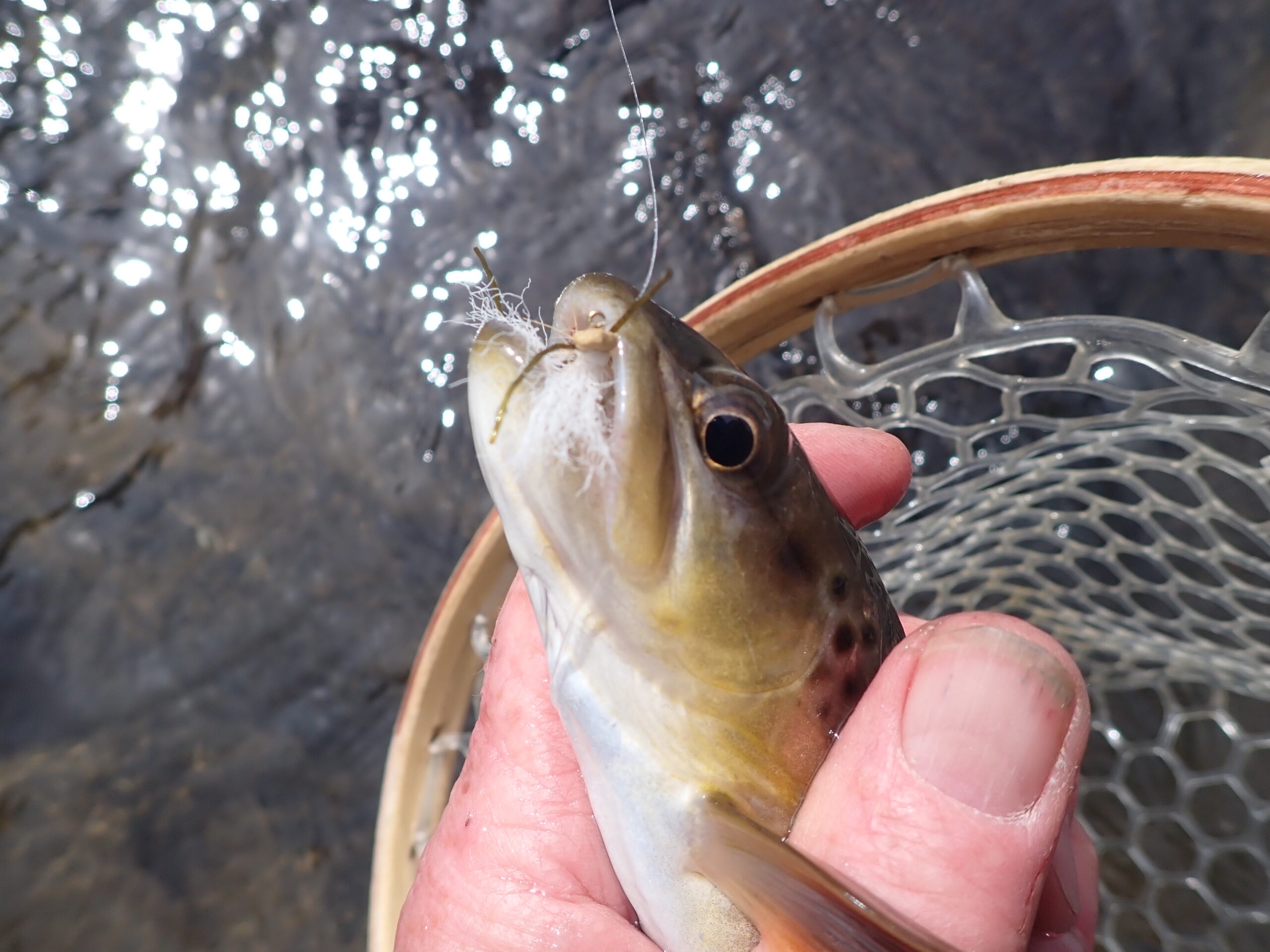 Mini Chubby Eater
Mini Chubby Eater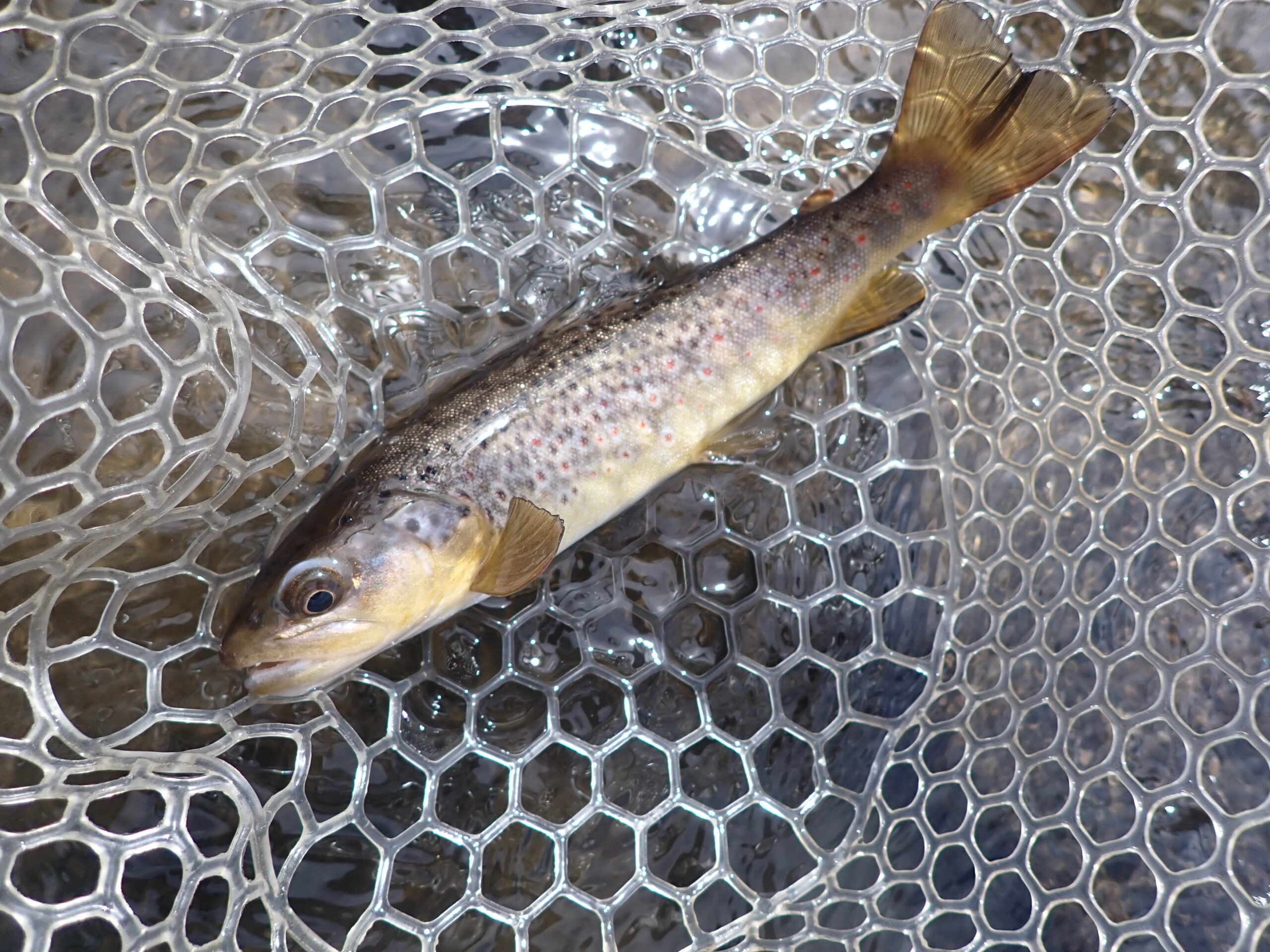 Fly Removed
Fly Removed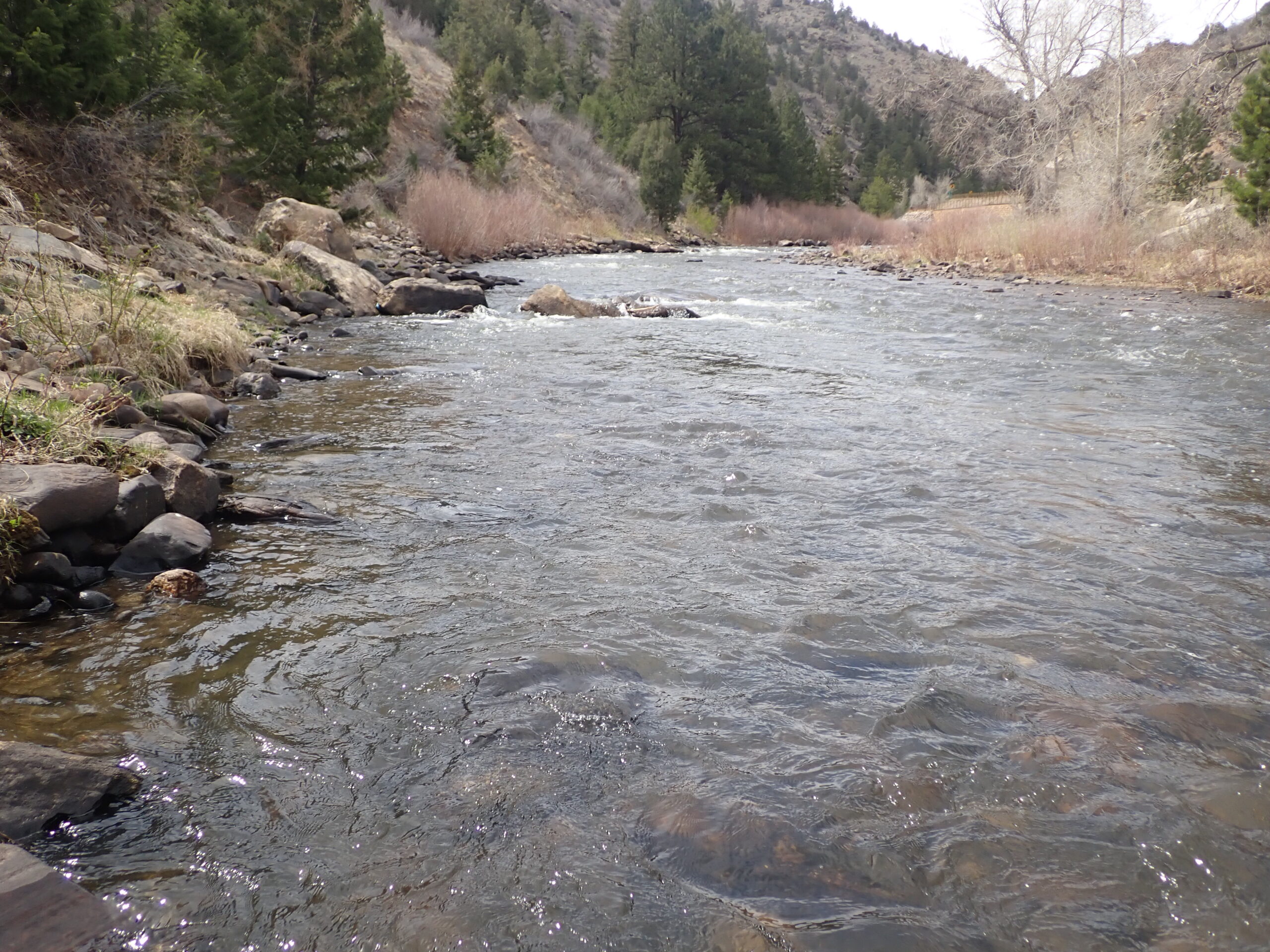 Eager to Cast Upstream Here
Eager to Cast Upstream Here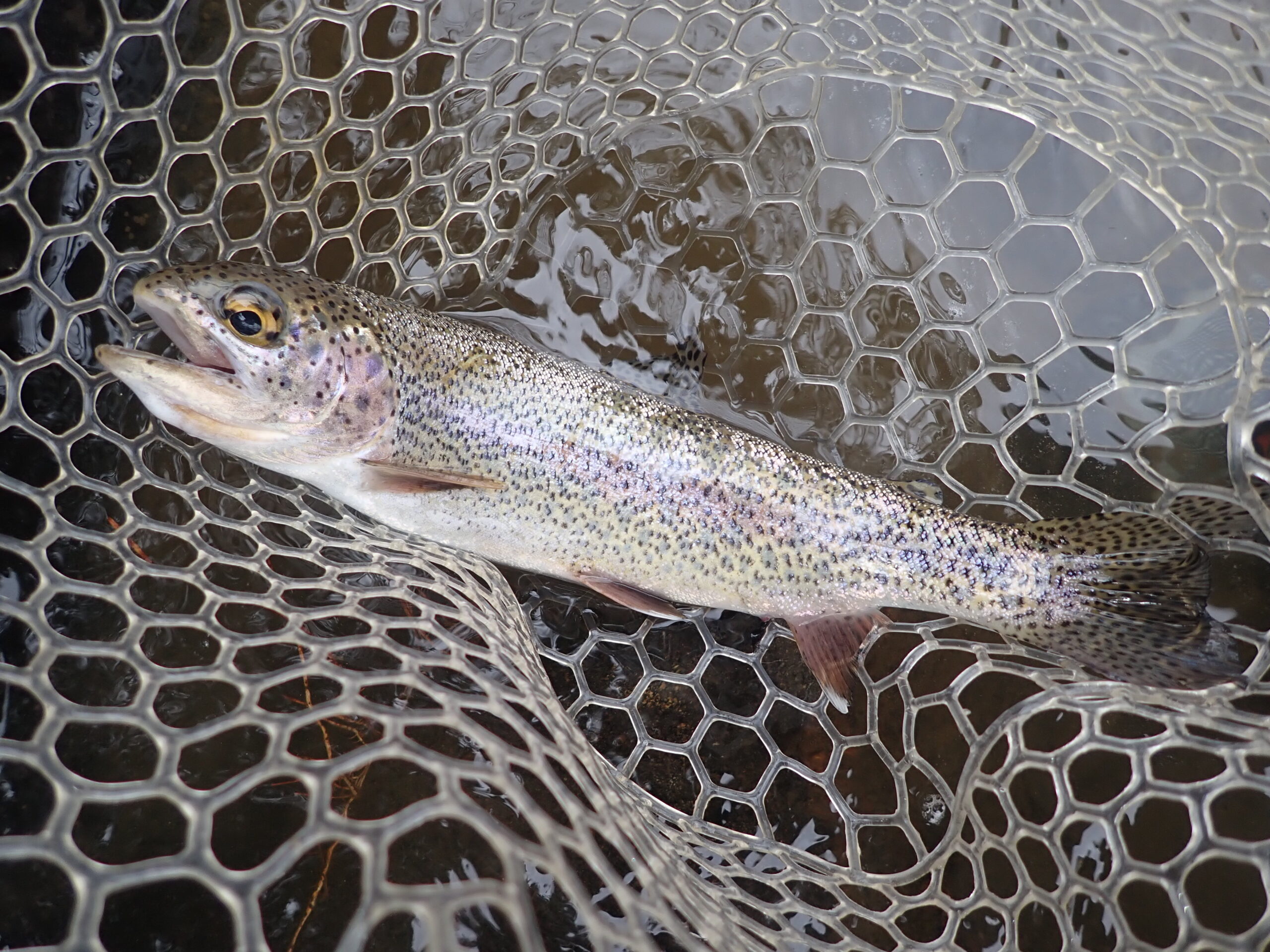 Last Fish Was a Rainbow
Last Fish Was a Rainbow